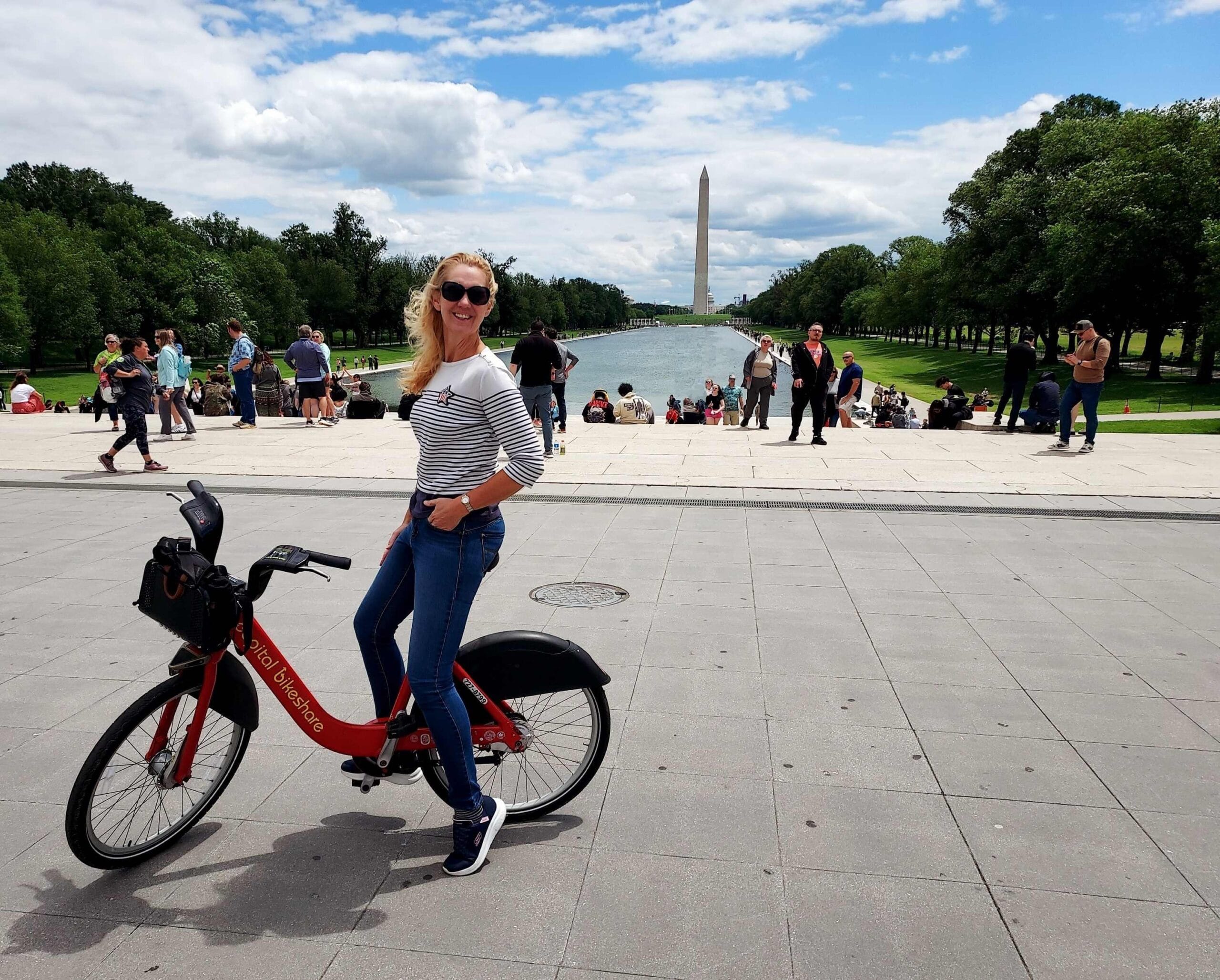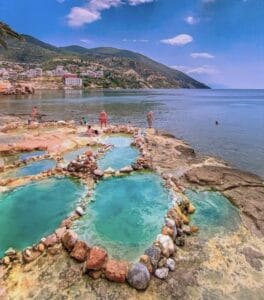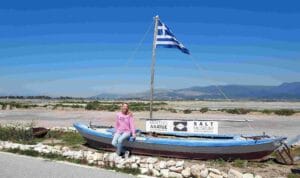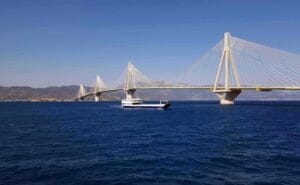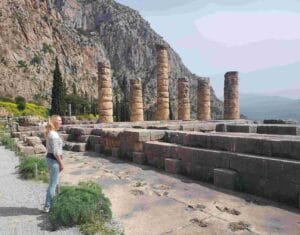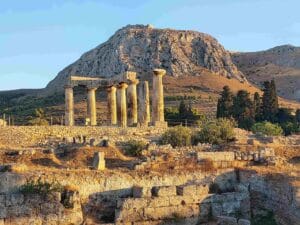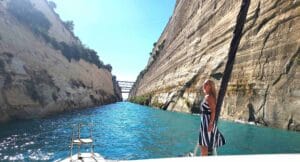Since 2015, I have been visiting almost every year in May, the largest conference for Trainers in the world organized by ATD (the Association for Talent Development). The conference is 4 days and about 10,000 trainers from 83 countries (80% USA) are there to enjoy workshops, keynotes and learning about trends in our work in Learning & Development!
This was my 7th time visiting (2015, 16, 17, 18, 23, 24, 25) and the 6th time as a speaker. Because when I was at the conference in 2015, I was blown away by all the good sessions and nice colleagues that I met, so I wanted to go every year. And to make that more beneficial, adventurous and worthwhile, I wanted to be 1 of the speakers there. The conference offers 300 time slots of 1 hour to speak in these 4 days (so that means every hour, you can select 1 out of 15 sessions to visit!), but they get 15,000 proposals for these 300 timeslots!
So when I was selected in 2016 as a speaker, being a trainer from the Netherlands, I was delighted! In 2025, it was my 6th time as a speaker and I was happy to give my 1 hour session on ’10 Brainboosters in Online Training’ in Washington DC where the conference took place this year (it travels each year to another city in the USA).
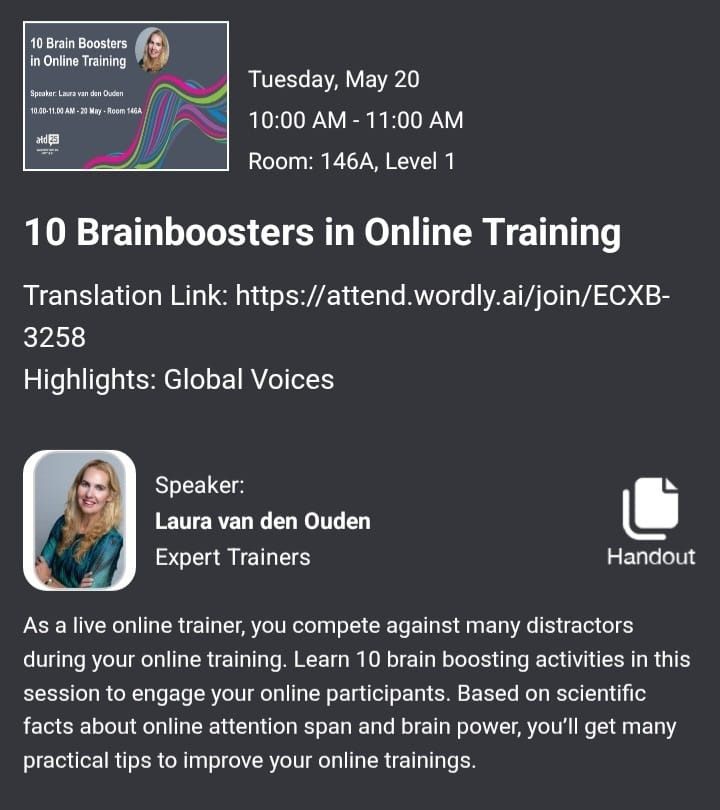
Leaving your house behind, floating on the water
When you live on a boat and you leave your boat behind to fly to another country, you need to find shelter for your house (= a harbor). And May is already busy in Greece, but luckily we found a good harbor + a matching flight from Athens to the USA.
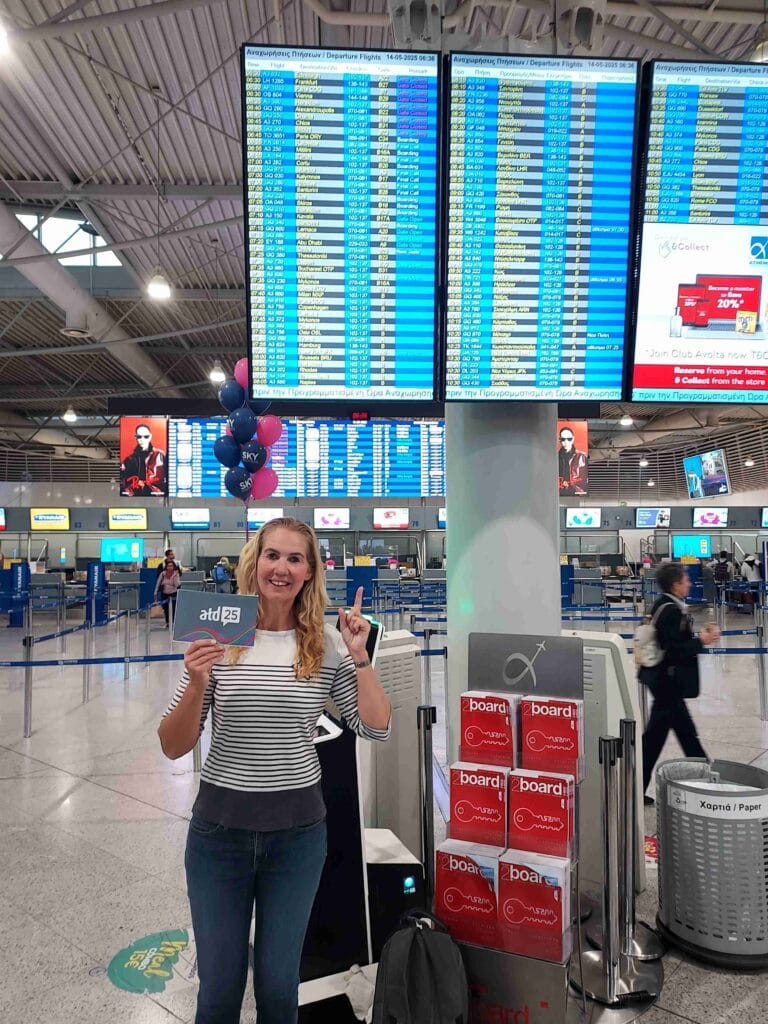
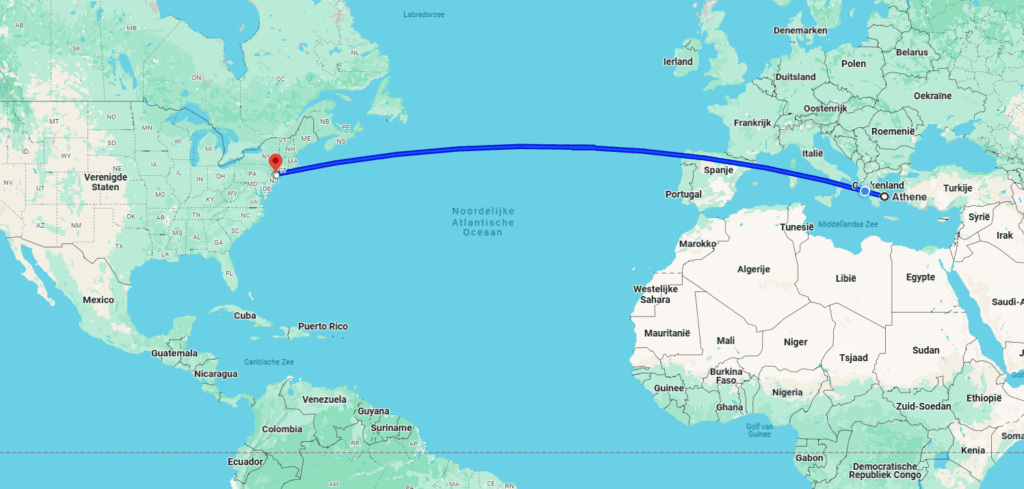
Bingo card
What we also needed to prepare is, that in my session I wanted to hand out a bingo card as gamification during my session! So the audience is able to keep track of the score for the 10 brain boosters. That’s why also in my suitcase I brought 400 colored envelopes, because the organization told me the room with be with 380 people and about 400 could be in there maximum (sitting on the floor).
I have given this same session also in 2023 (San Diego) and 2024 (New Orleans) and each time the room was packed with 400 people. To print the bingo cards (size is A6), I made a design for 2025, but to save space and weight in my suitcase, we would look for a copy shop in the USA to print the 400 bingo cards😉.
Normally, we go for 10 to 12 days to the USA: 3 days to get used to the time difference, 4 days conference and about 4 days sightseeing in the area where we were. This time I would also:
– give a training in Washington DC, where one of my clients headquarters was
– give 4 days training in Aruba at SETAR, which is the nation’s telecom company
So this time, we would be traveling and working/sightseeing for 3 weeks in a row.
Flying to the USA
We found a cheap flight from Athens to NYC for €200 pp including suitcases. Flying to Washington DC would be 3x the price and it’s only a 4 hour drive from NYC to Washington. I like to make traveling also part of the fun and sightseeing!
I was in NYC in 1998, well before 9/11, which happened in 2001, and I wanted to see the memorial site and also see more of the New York area I’d never visited, like Long Island, the Hamptons, etc.
Long Island, New York
When we landed at John F. Kennedy Airport (JFK) in New York City, we rented a car and drove to the end of Long Island as a fun first trip.
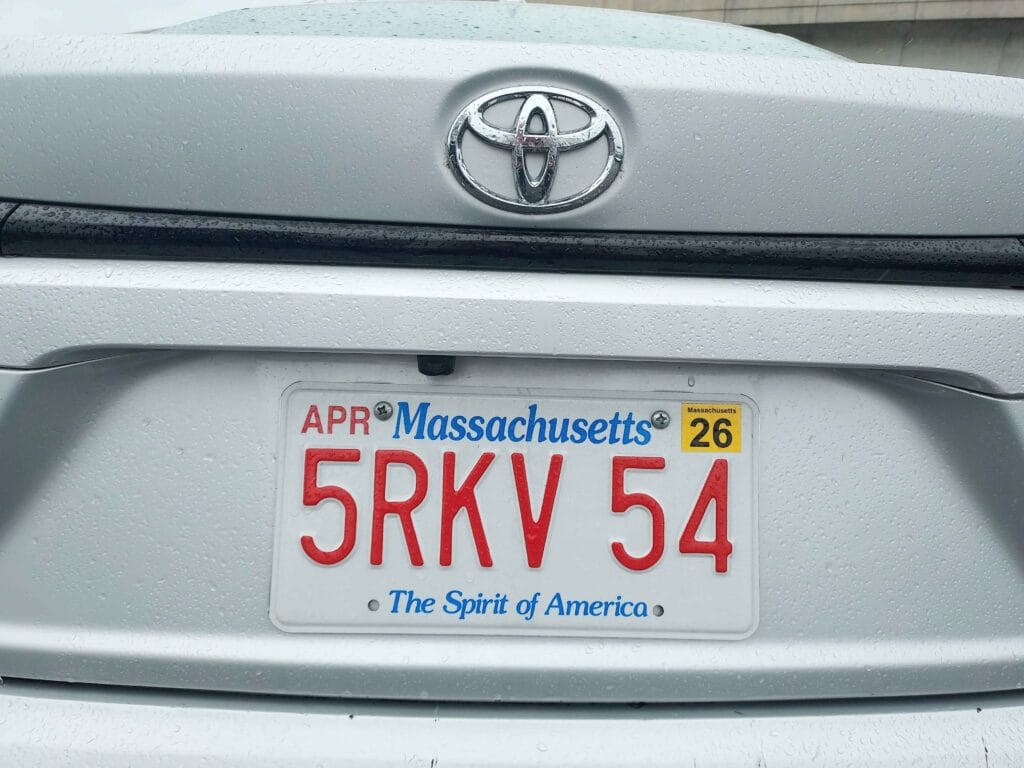

Long Island was discovered in 1609 by Englishman Henry Hudson, but he was employed by the Dutch East India Company (VOC). The island was therefore called Long Island. In 1624, the Dutch founded the colony of New Netherland, with New Amsterdam (now Manhattan) as its center. In 1664, the English took over, but many Dutch influences remained, such as Brooklyn (Breukelen) and Flushing in Queens, which comes from Vlissingen. We drove to our first hotel, Kenny’s Tipperary Inn, stopping for lunch along the way at a typical American diner with lots of chrome and wood, 70s decor 😉.
It was wonderful to hear the New York accents of the locals who were having lunch there. It reminds you of an episode of Seinfield, or the Nanny (Fran Drescher), or actor Joe Pesci! The ‘r’ is often not pronounced at the end of words, “car” sounds like “cah,” and “butter” becomes “buttah.” And “coffee” is called “caw-fee” here. The phrase “Forget about it!” sounds like: “Fuhgeddaboudit.”
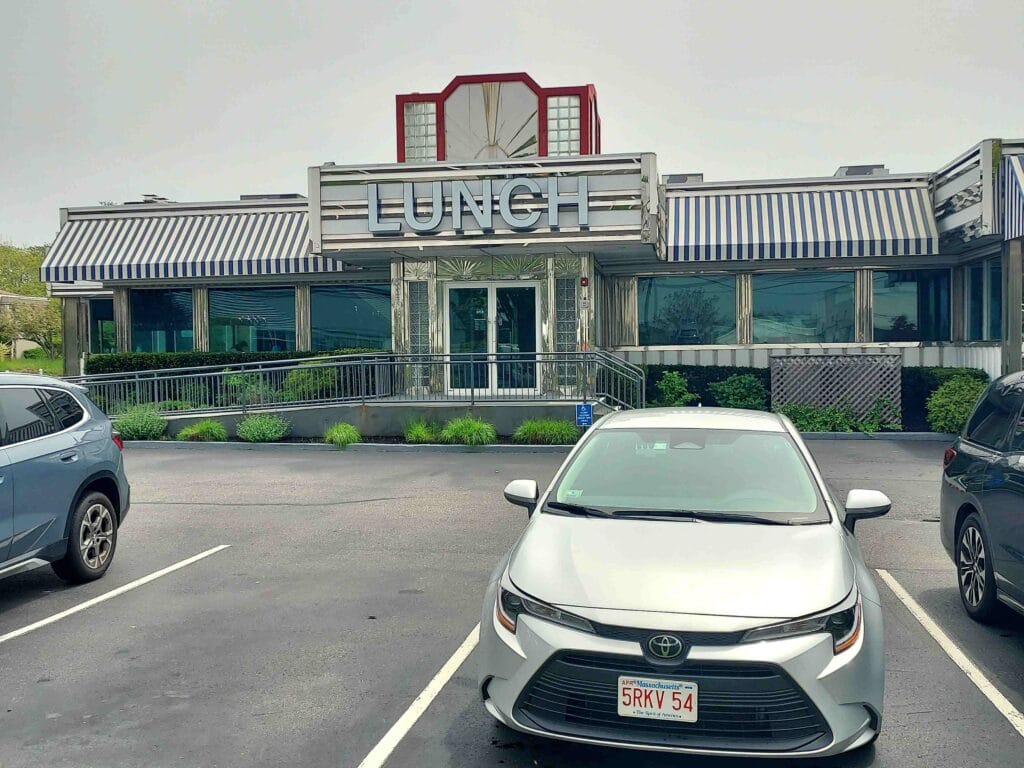
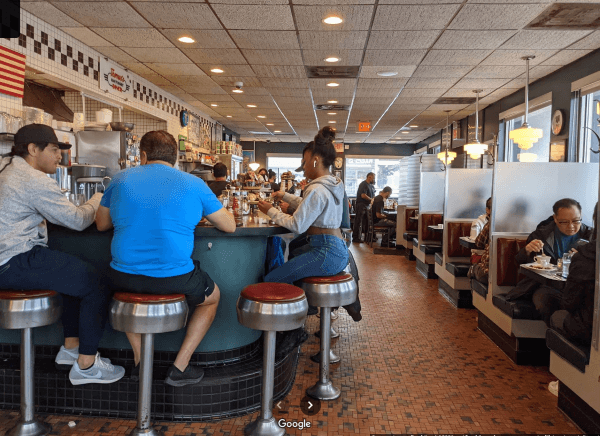
Hampton Bays
The next day, we drove leisurely back from the far east of Long Island, wanting to explore Hampton Bays better. It’s a truly beautiful area with lots of water and luxury. You’ll see waterside cottages, canal-side houses with jetties, luxurious estates, and mansions with swimming pools and tennis courts. And there’s also a lot of fishing along the coast.


Gabby Petito Memorial
We continued driving along the south coast of Long Island because I wanted to stop at the memorial for Gabrielle “Gabby” Petito in the town of Blue Point. She was 22 years old, a young American influencer and travel blogger. In the summer of 2021, she and her fiancé, Brian Laundrie, took a road trip across the United States, sharing their lifestyle on YouTube. On August 27, 2021, Gabby disappeared. Her fiancé returned to Florida alone in their van. When her body was found on September 19 in Grand Teton National Park, Wyoming, the autopsy revealed she had died of asphyxiation. Brian Laundrie later committed suicide and confessed in a letter that he had killed her.
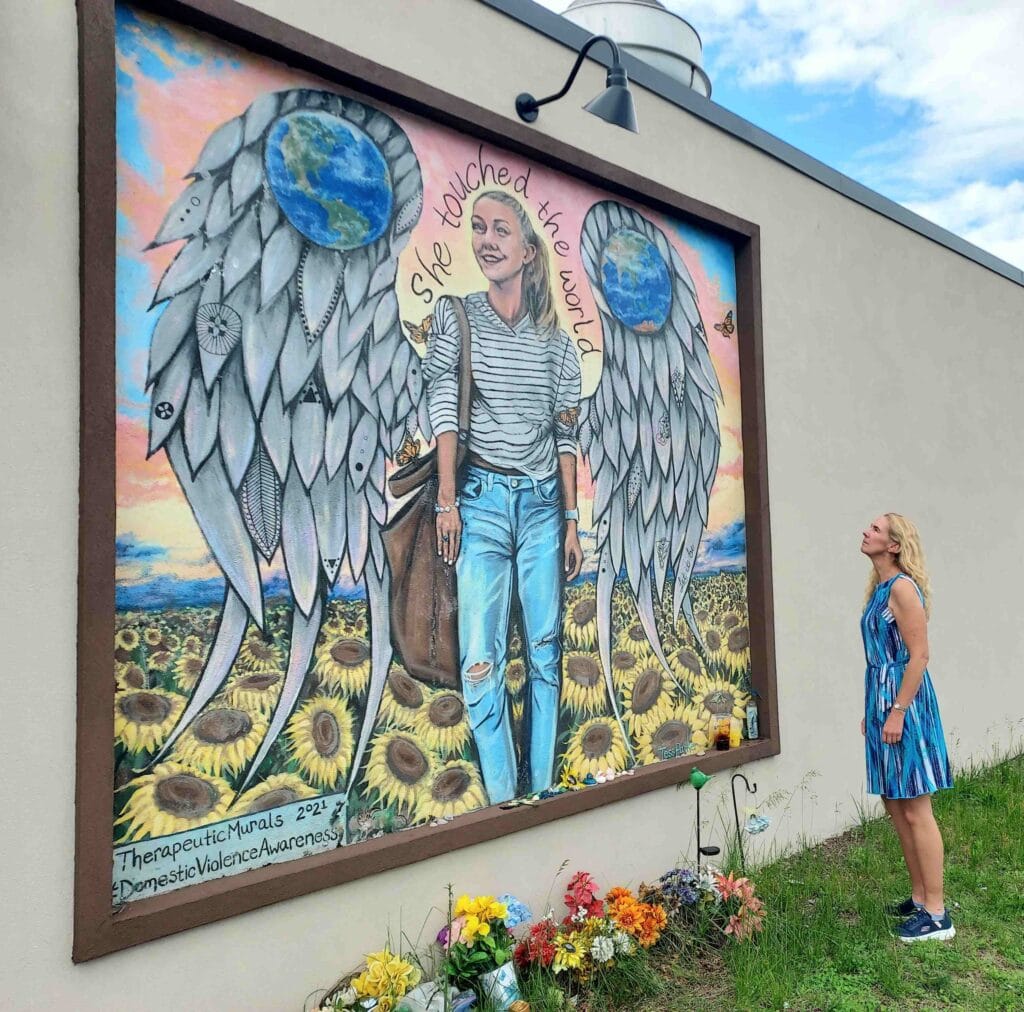
It’s a sad story about domestic violence, as there were previously images and reports that Brian abused his fiancée, Gabby. A Netflix documentary has been made that also demonstrates this. Here you see the monument erected for her in her birthplace, the wings of the angel Gabriel, and her parents established a foundation to warn and help people with domestic violence.
Mansion of Theodore Roosevelt
Impressed by Gabby’s story, we drove on to the north of Long Island. The beautiful forests we drove through provided some relief from Gaby’s intense story. We ended up at the country house of Theodore Roosevelt, the 26th President of the United States.
The Roosevelts were a wealthy family of Dutch descent who belonged to the highest social circles of New York. The country house was called “Sagamore Hill,” derived from the Algonquin word for “chief.” It is considered the Summer White House, and he lived there with his large family from 1885 until his death in 1919.
You were allowed to walk around the 83 acres of natural surroundings, historic buildings, and trails. The house has 23 rooms, including a modern porcelain bathtub—a luxury in those days. Roosevelt had an active lifestyle: he cycled, swam, hunted, chopped wood, and played with his children in the woods surrounding the estate. Roosevelt’s favorite spot was often on the veranda, overlooking Oyster Bay Sound.
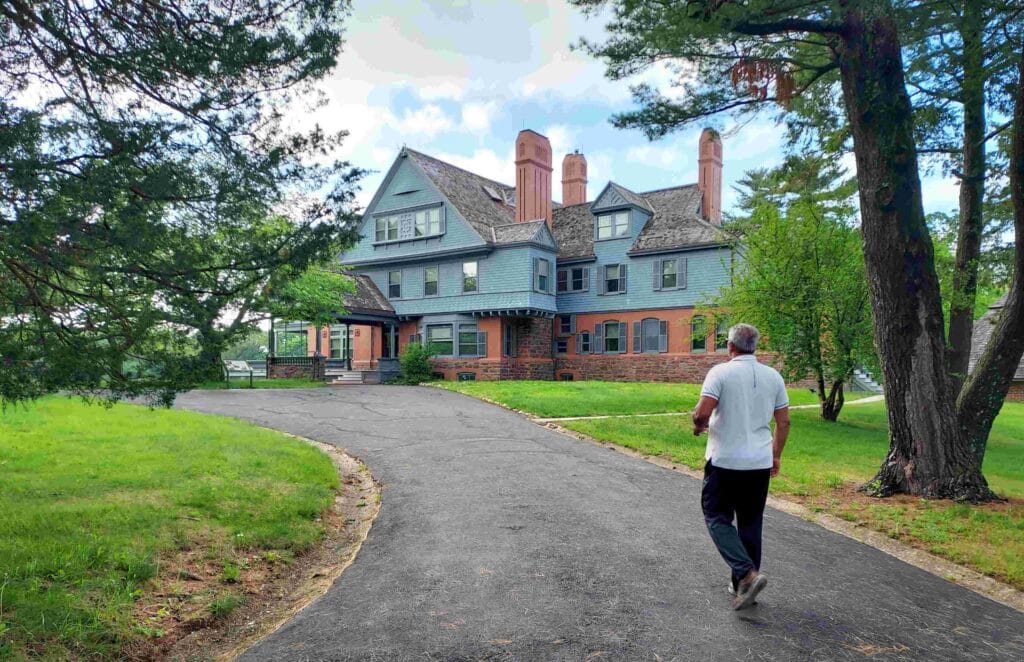
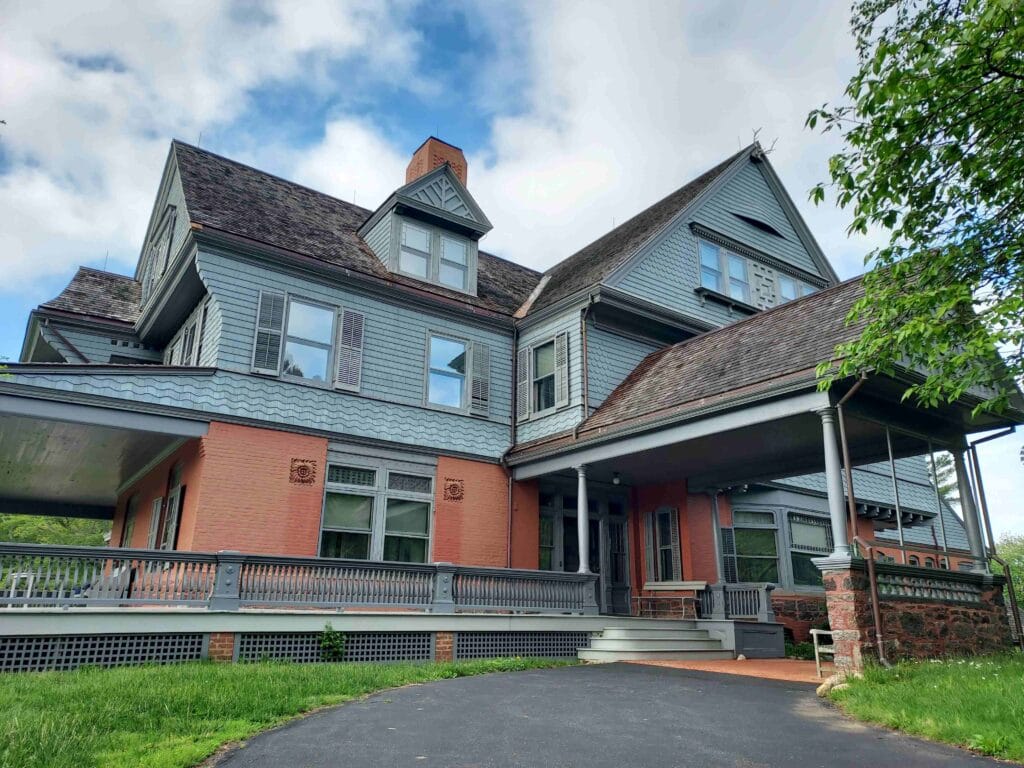
It was truly inspiring to see and read about life there. And the car ride afterward, through the hills of Great Neck, was also a pleasure.
Coney Island
The next day we drove through Queens and then through Brooklyn, to Coney Island, located in the southwest of Long Island. I knew the name and was curious about it. Because it was also supposedly a bit of a faded glory: once a beautiful boulevard along the beach, a boardwalk for strolling back then. It would now have become a cheap-looking carnival. And that’s what it was. So after a quick look around, we quickly left 😉.
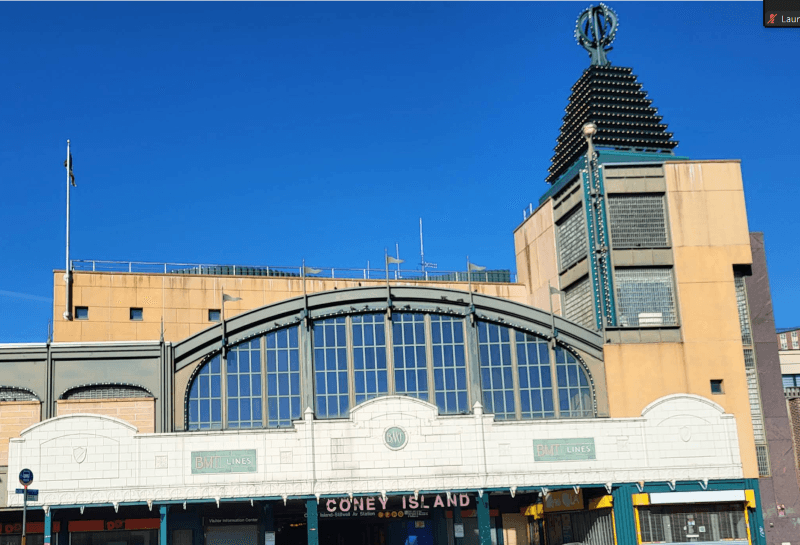
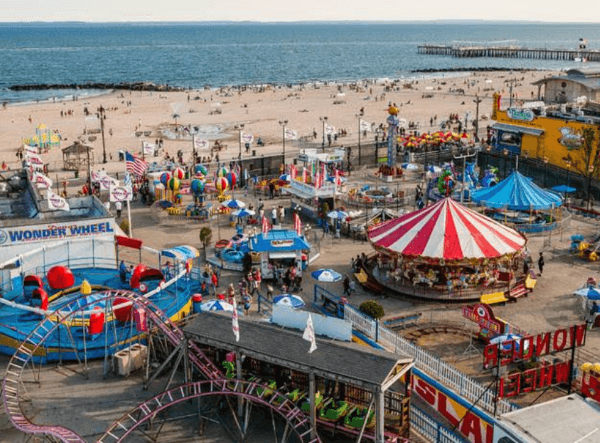
New York City
Because we wanted to go to New York City, and specifically Manhattan. The more we left Long Island, the more urban the area became. As you can see below, there are many bridges and shops, and the familiar apartments with their emergency stairs on the outside. We also encountered street names like “New Utrecht”!
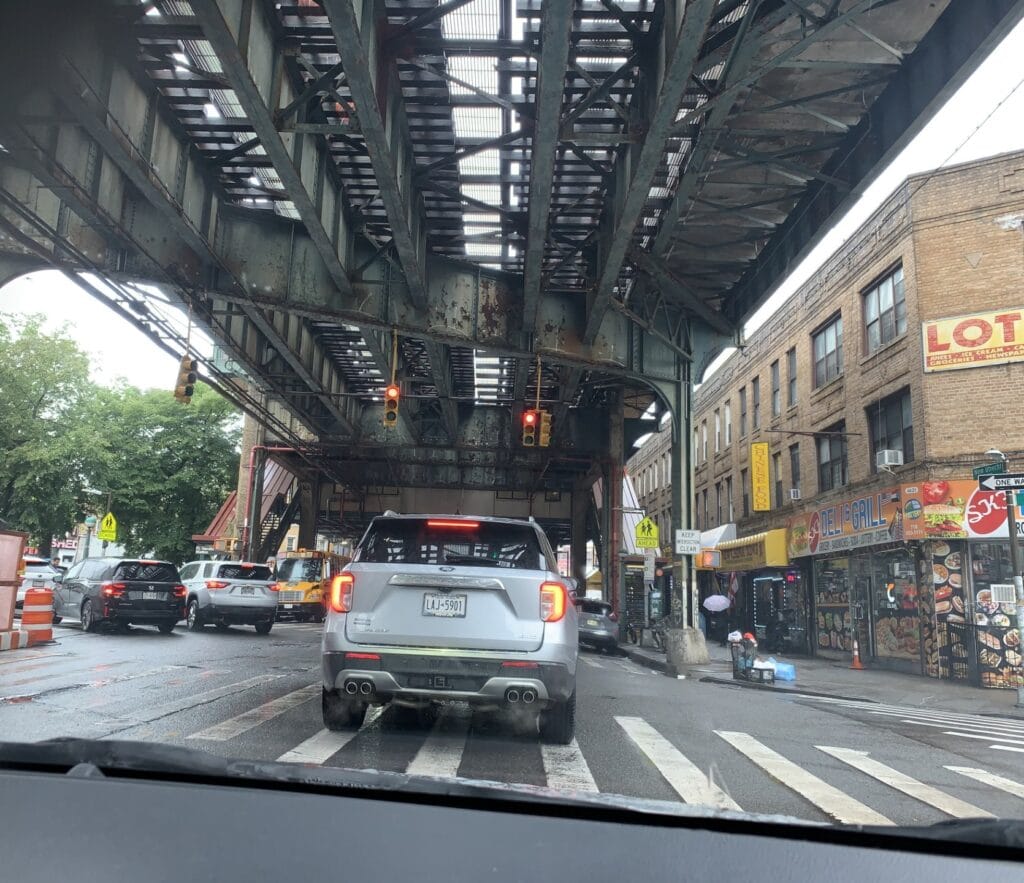
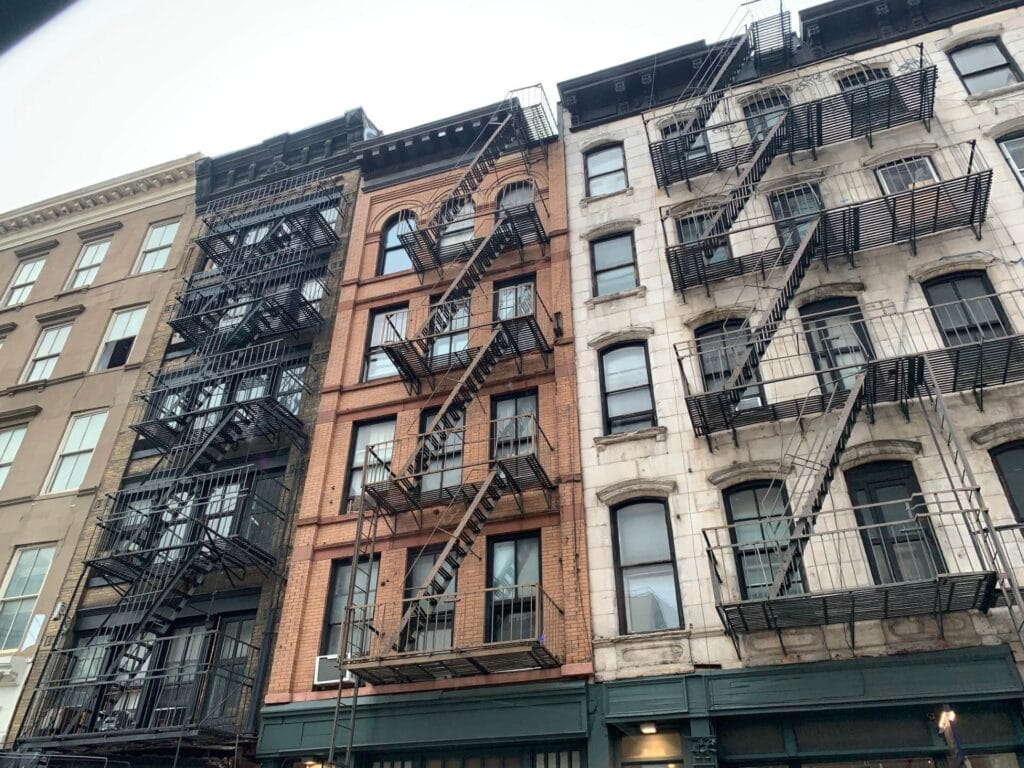
When we suddenly found ourselves in busy Manhattan through a long tunnel, we went looking for a parking garage to leave our car and visit the 9/11 Memorial. It’s a tribute of remembrance, honoring the almost 3,000 people killed in the terrorist attacks of September 11, 2001, at the World Trade Center site.
9/11 Memorial
As we walked from the parking garage in Manhattan to Ground Zero, where the Twin Towers stood until 2001, I saw many people standing there. It turns out that almost 25 years later, the site is still very popular, to my surprise.
Gigantic square pools, the South Tower pool and the North Tower pool, have been built on the contours of the two former skyscrapers. Each pool is almost the size of a football field. Water cascades down all sides into North America’s deepest man-made waterfall monument. All 2,977 names are inscribed on the dark sides of the pools. The waterfalls symbolize both loss and ongoing memory: the constant flow represents the passage of time, but also ongoing mourning and reverence.
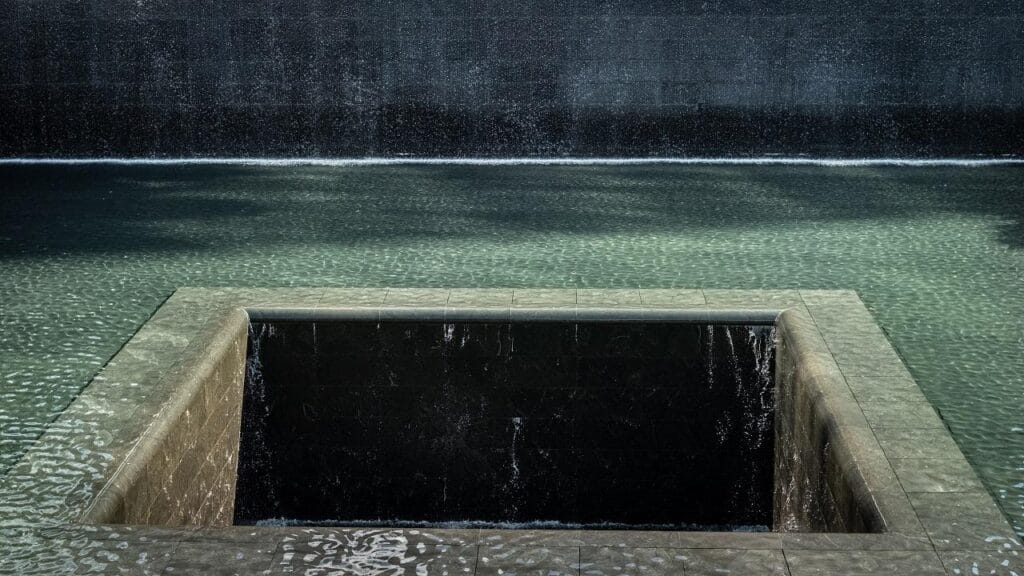
It was deeply moving; flowers were laid, and people were silent or spoke softly. The names of passengers on the four hijacked flights, Twin Towers employees, emergency responders (firefighters, police, medical personnel), and victims of the Pentagon attack were listed.
At the request of relatives, the names have been arranged in a way that reflects relationships—people who worked together, were related, or were on the same flight are grouped together. This is called “meaningful adjacency.”
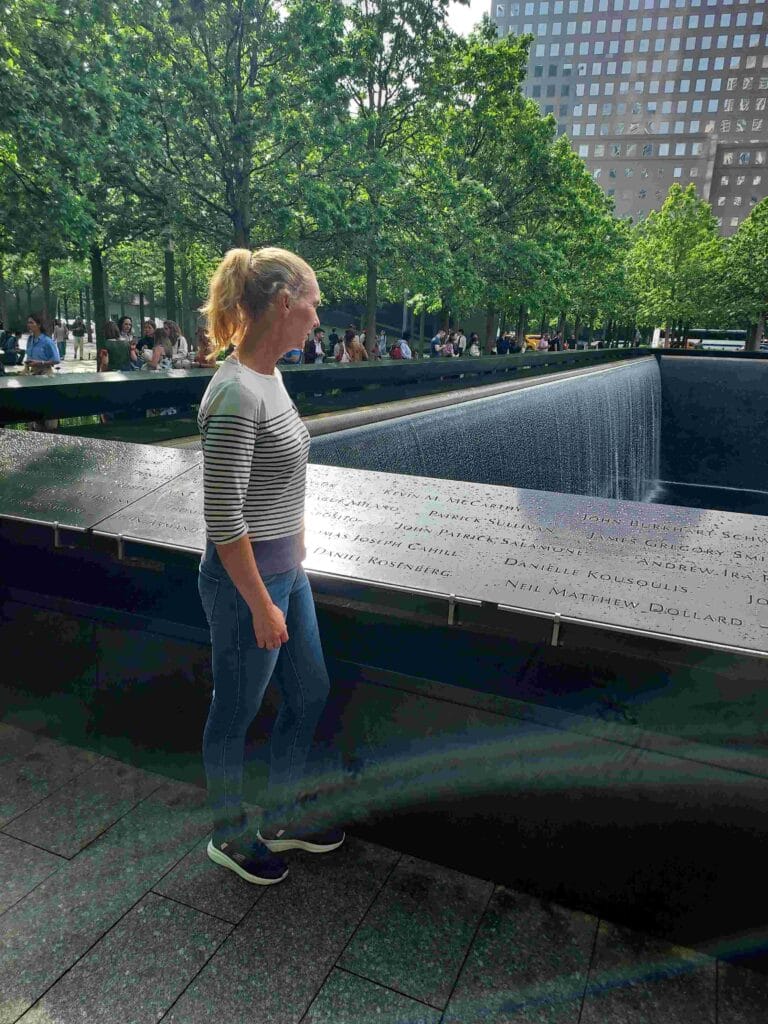
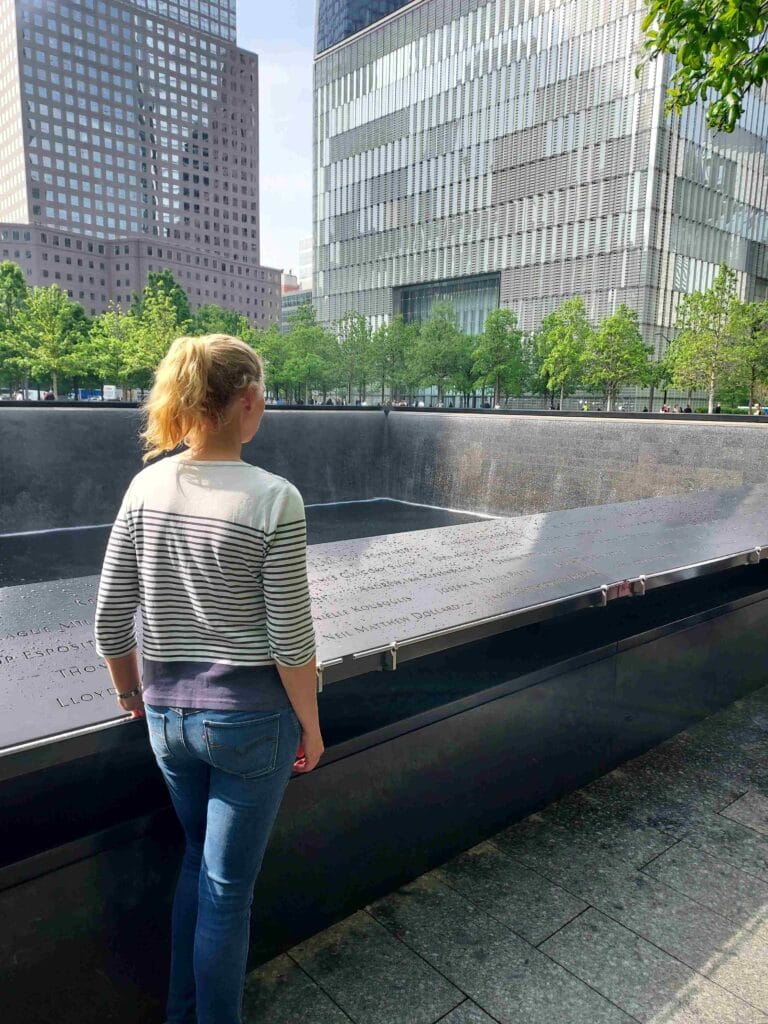
From the square with the pools, we walked into the Museum. It’s built beneath the square. So you literally walk on the foundations of the Twin Towers, including the so-called “slurry wall,” which was once intended to keep the Hudson River out from beneath the Twin Towers.
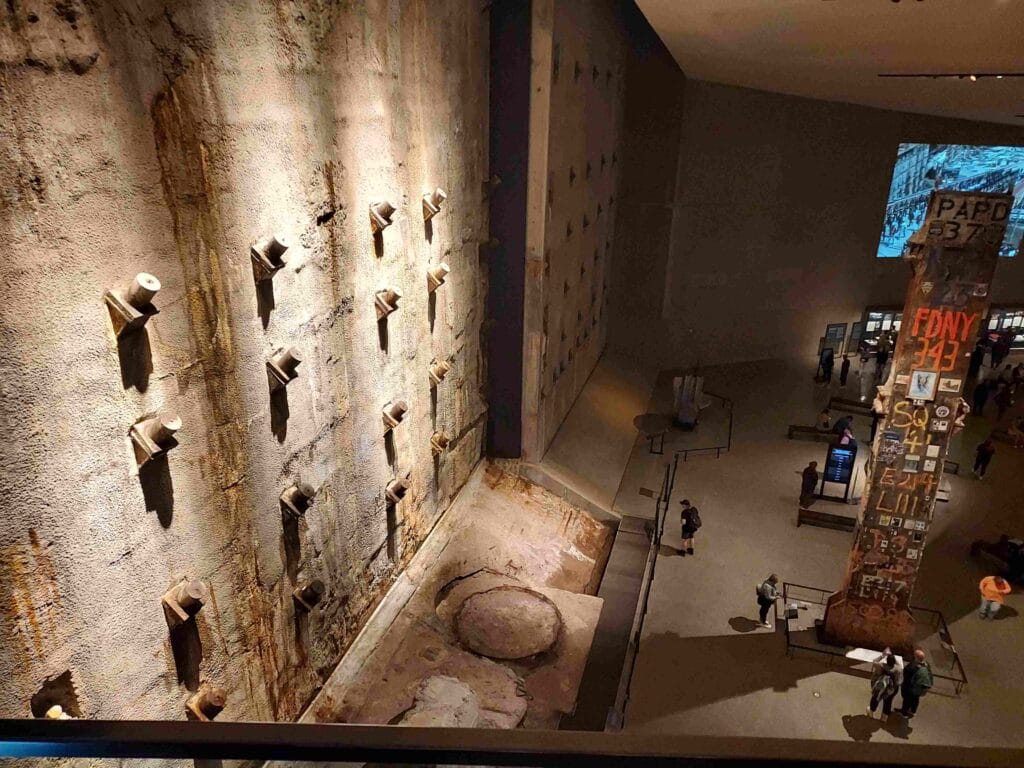
In this museum, it was even more impressive. Starting at 9:00 a.m. on the morning of September 11th, you were taken step by step through the nightmare, reliving it with all the images and personal stories. You saw photos of missing people and half-burned or crushed objects that remained after the towers collapsed, or had fallen to the ground.
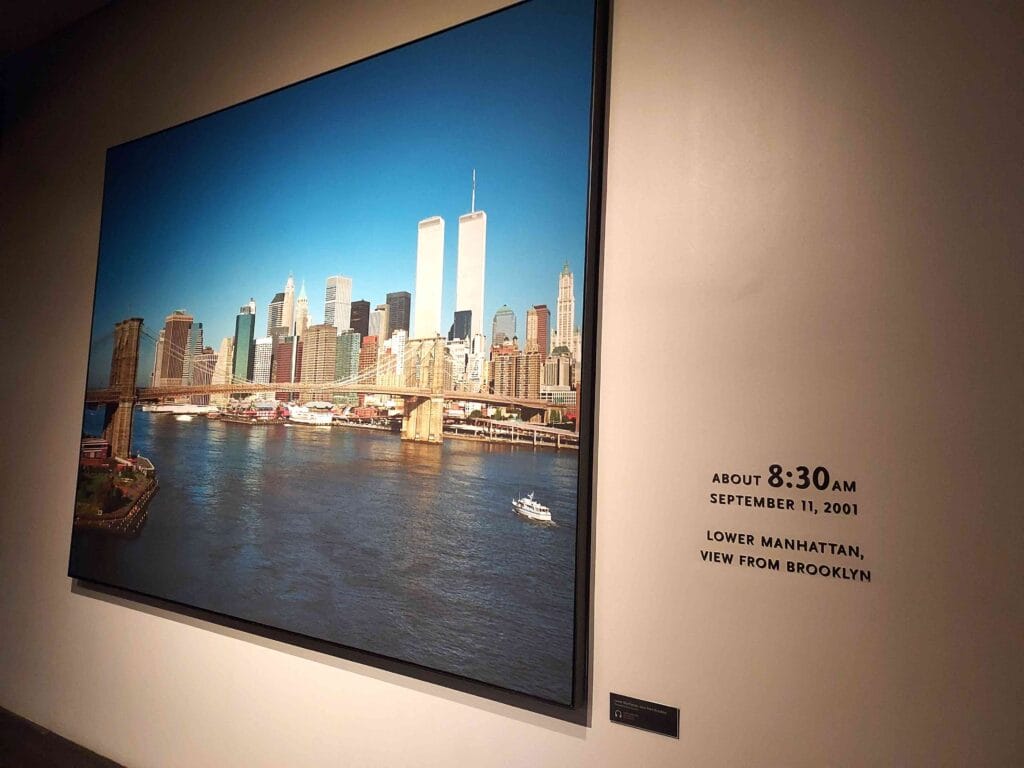
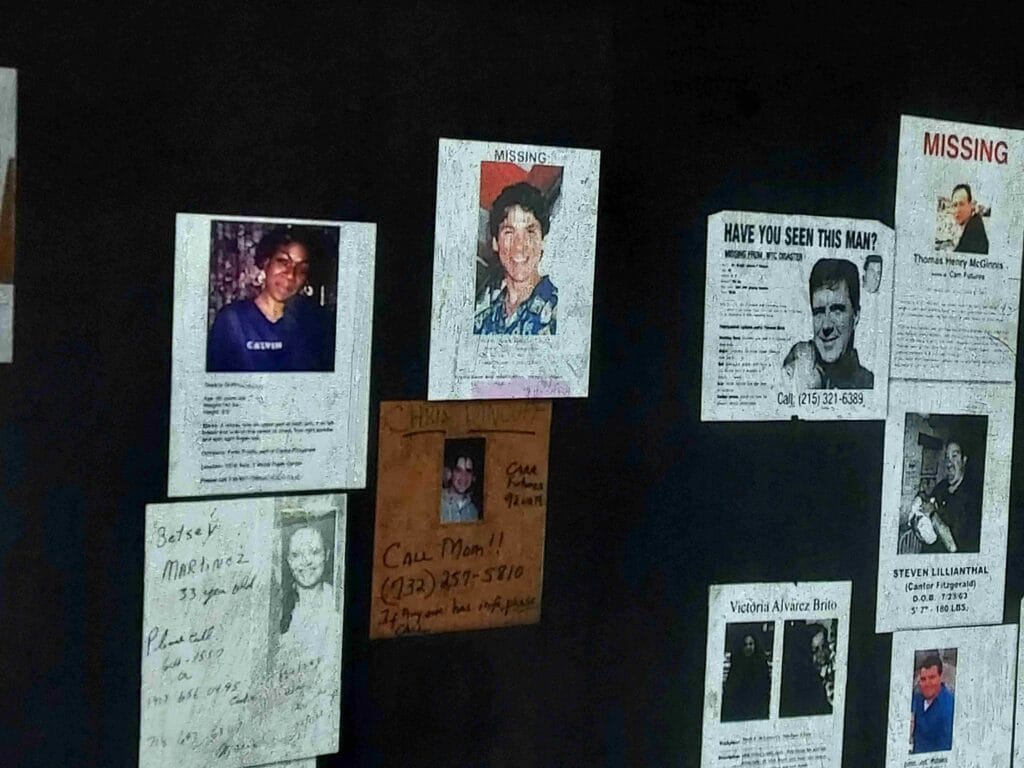
The steel beams that were attached to the exterior of the Twin Towers were also on display. They were even able to pinpoint their exact location: the opening where the plane had flown.
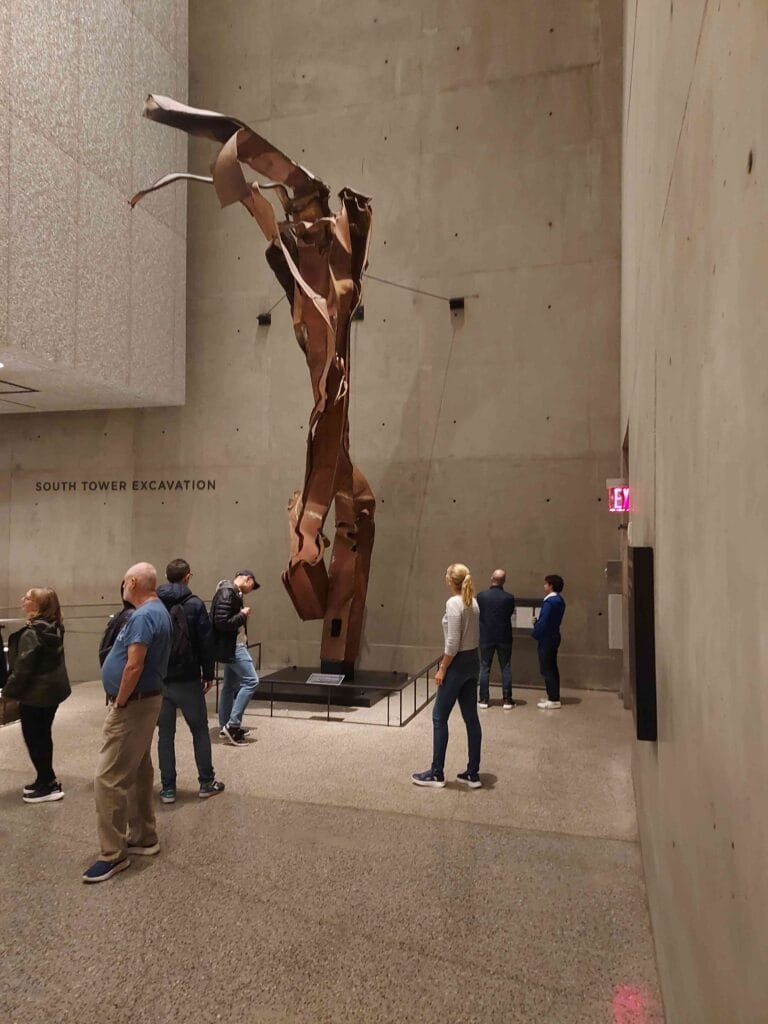
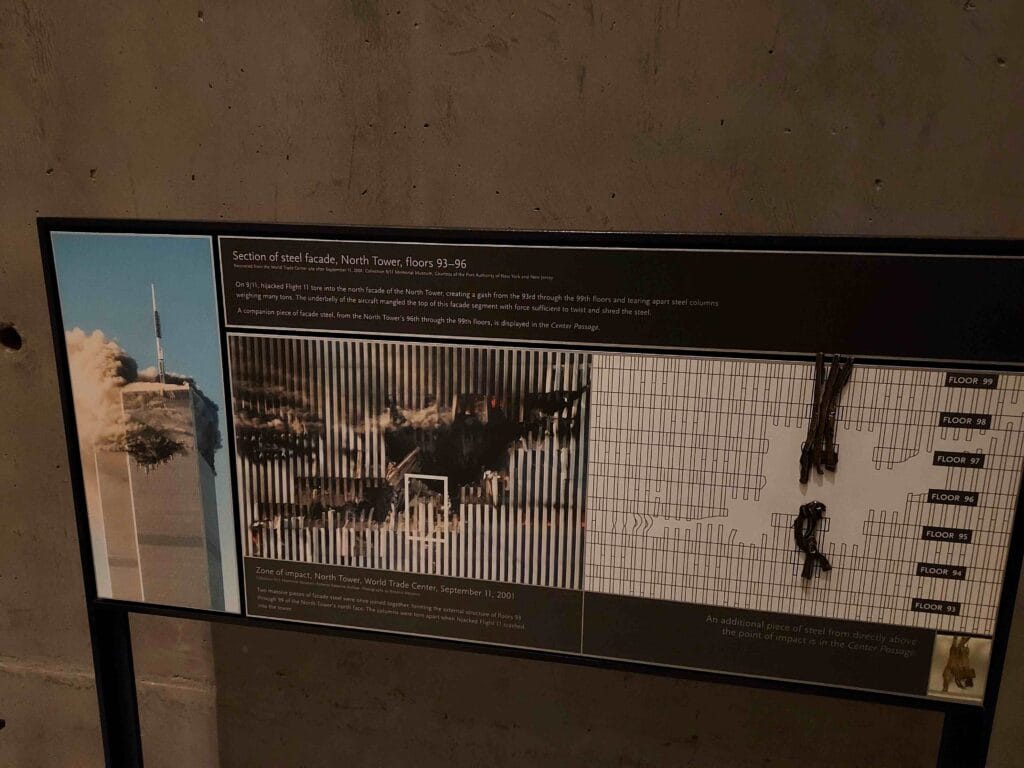
We spent two hours wandering through the museum, but you could easily spend four hours there; there’s so much to see, hear, and read.
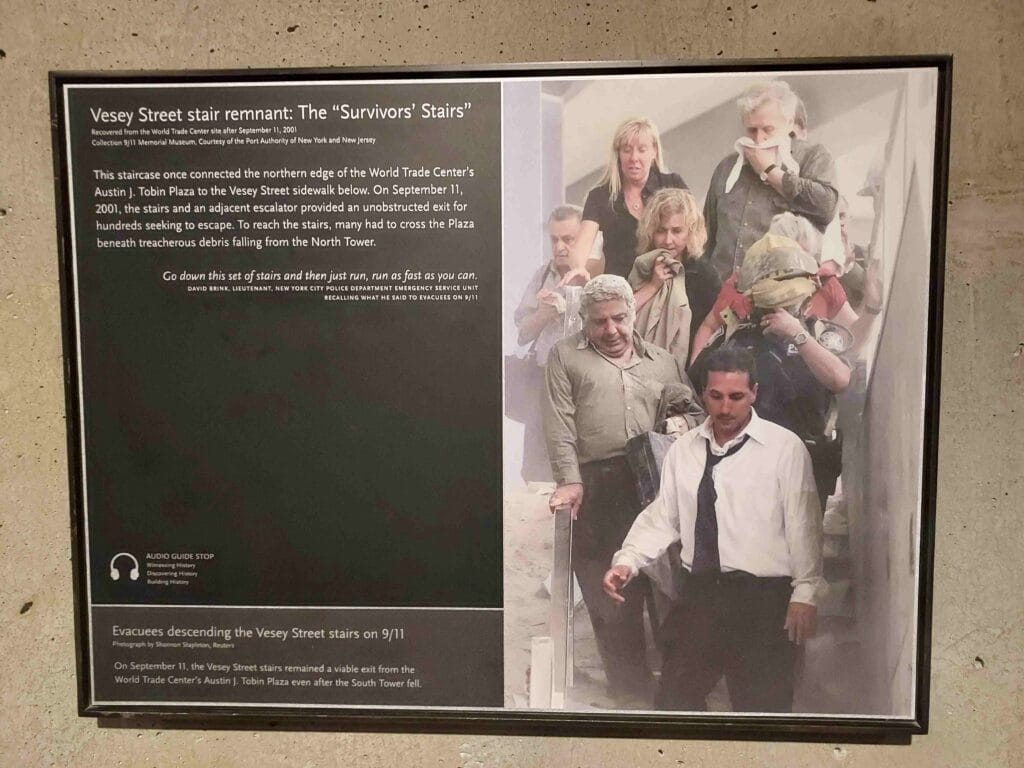
We were speechless ourselves. Especially between the waterfalls and the names on the 9/11 Memorial, you feel not only the loss of thousands of lives, but also the resilience of a city and the power of collective memory.
We walked back through the busy streets of Manhattan, seeking a little distraction. In Little Italy, we ate dinner at one of the streetside restaurants that evening, which showed us that this city can also give you this kind of energy!
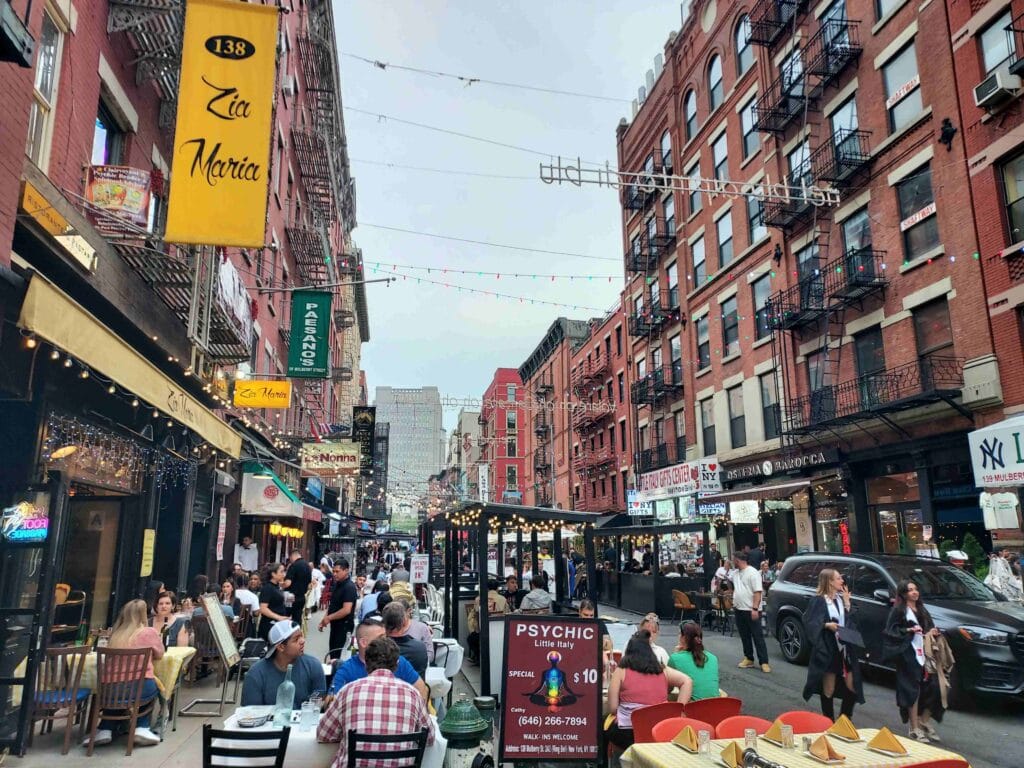
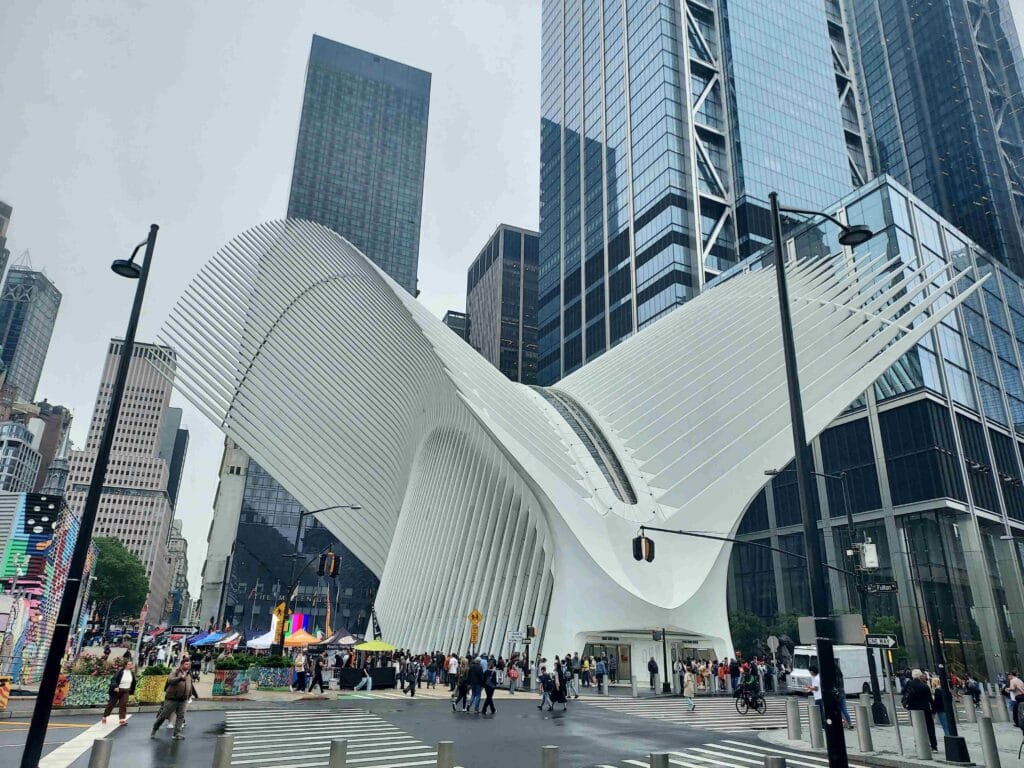
Printing 400 Bingo Cards
Full of impressions, we drove out of busy Manhattan, through the Holland Tunnel, and suddenly found ourselves in Hoboken. Then on to Newark and New Jersey. In the town of Elizabeth, we saw a few print shops down the street and had the 400 bingo cards printed. And what’s more, this shop even cut them to size right away! We waited a few hours, bought coffee, tea, and cookies at a Spanish-style coffee shop across the street. And then we had the bingo cards in a box! Incidentally, while waiting in the print shop, we saw this American flag 😉.
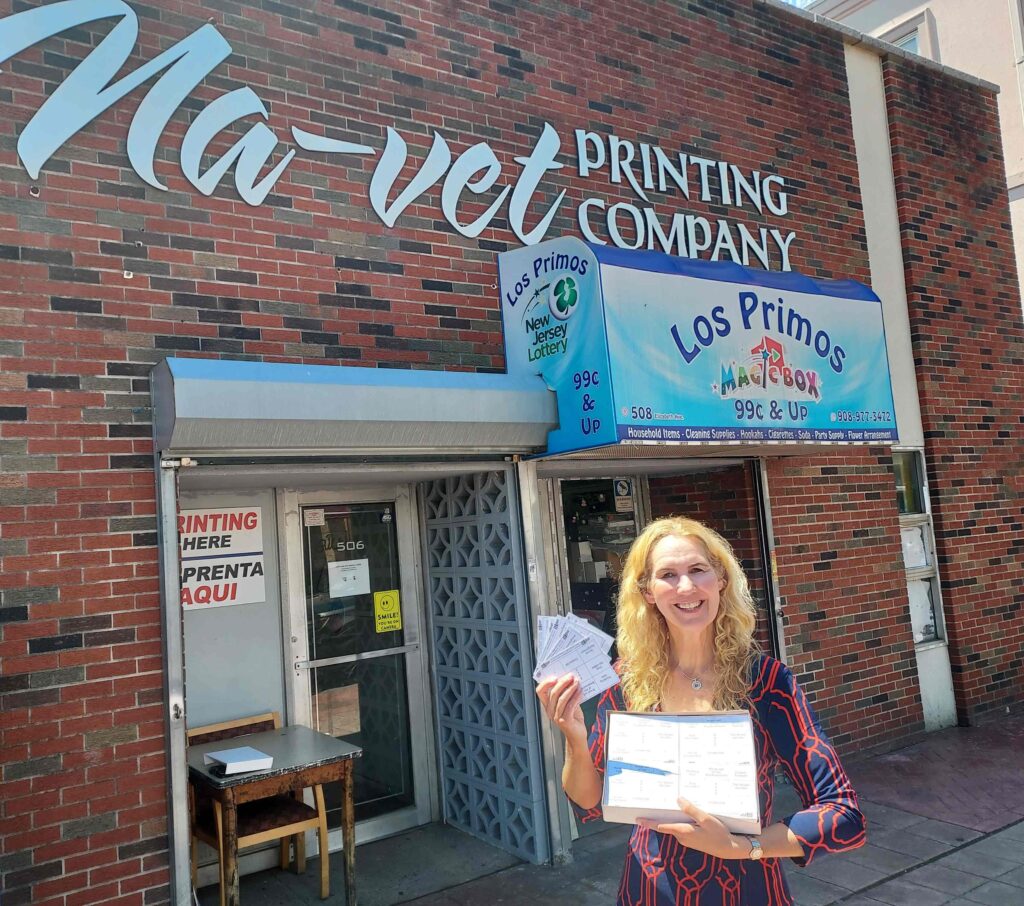
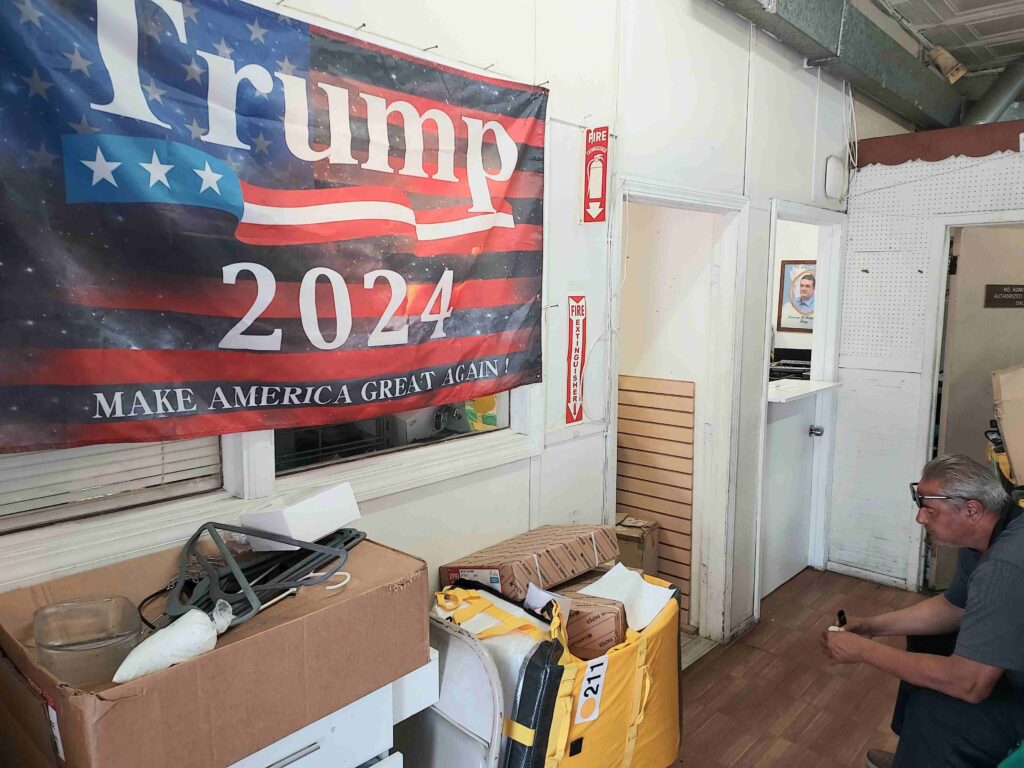
Baltimore
On our way from New York State to Washington, DC, which is only a four-hour drive, we also stopped in Baltimore. It’s a lovely city, with several historic ships along the Inner Harbor, including ships that fought in Operation Pearl Harbor. We had a wonderful meal at Ruth’s Chris Steakhouse.
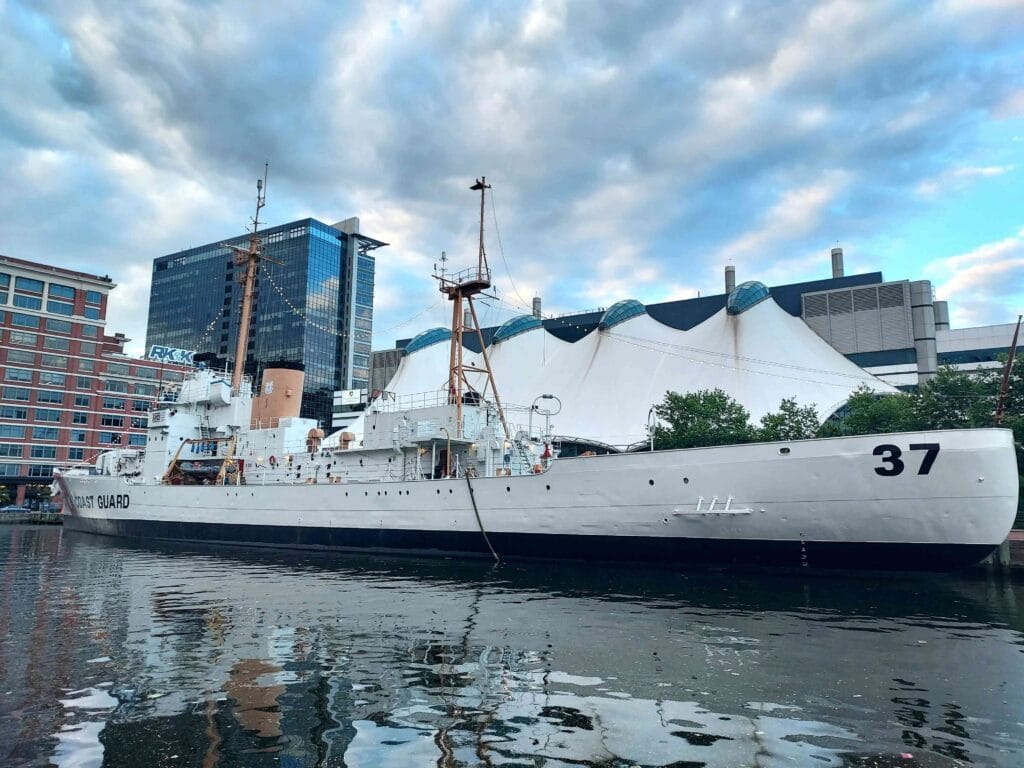
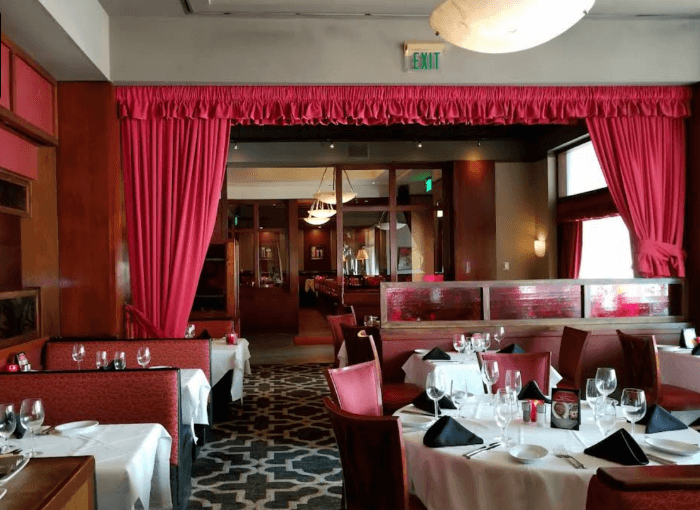
Washington, DC
We then drove into Washington, DC, in the evening, four days after landing in New York.
The next day, Sunday, was the start of the four-day ATD conference, which I was mainly there for! It wasn’t until the next morning that we finally realized where our hotel (The Windsor Inn) was, and what a lovely neighborhood it was!
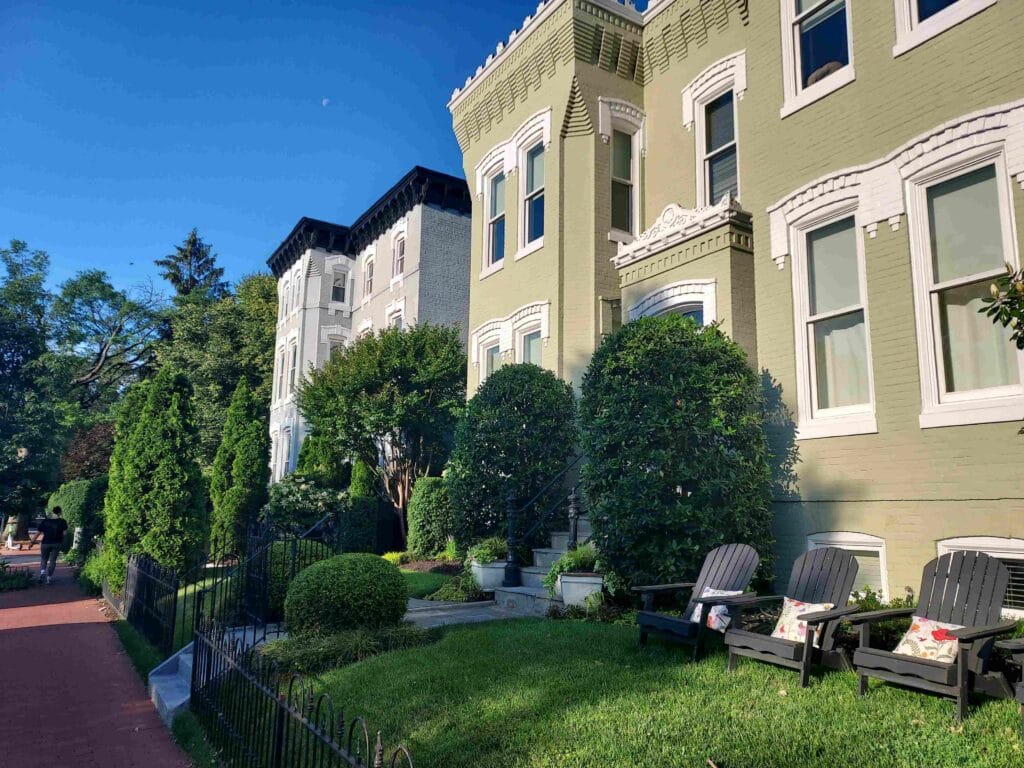
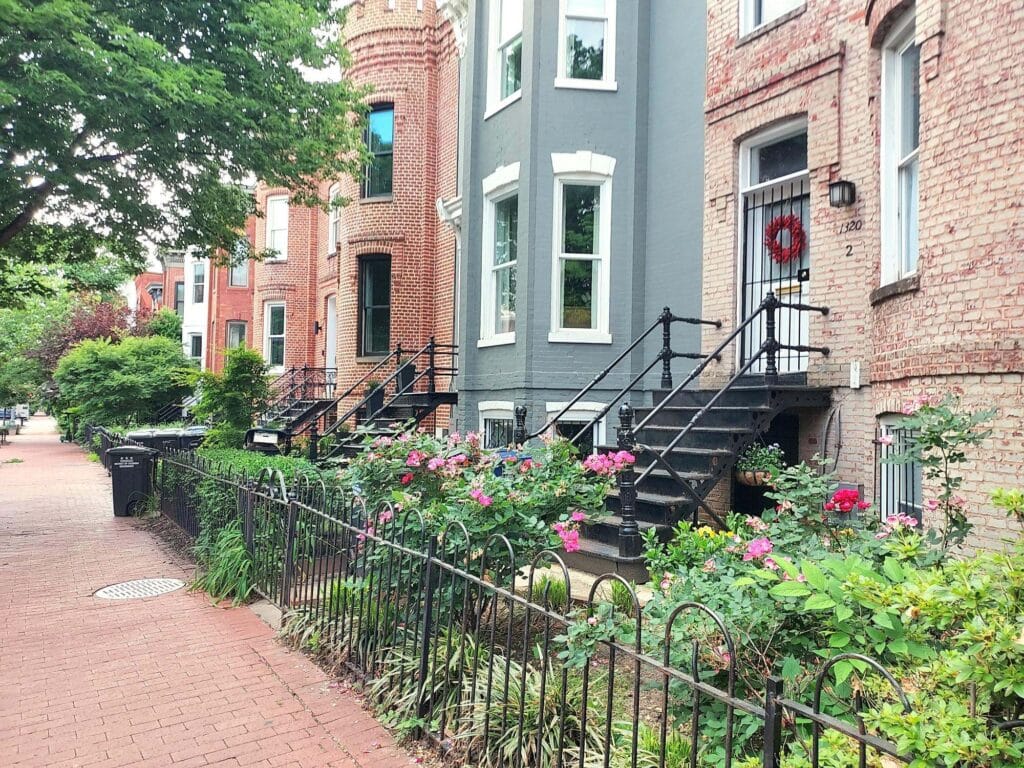
It was green, with English-style buildings, wide streets, and a friendly atmosphere. We were staying here for a week, and I already had a good feeling about it. I walked to the conference (30 minutes each way each day—no hardship to start the day energetically and stroll past beautiful buildings like embassies and parks!).
With 8,000 visitors all trying to pick up their passes on Sunday morning, it was busy at the starting line. As a speaker, you get to queue separately, which was nice.
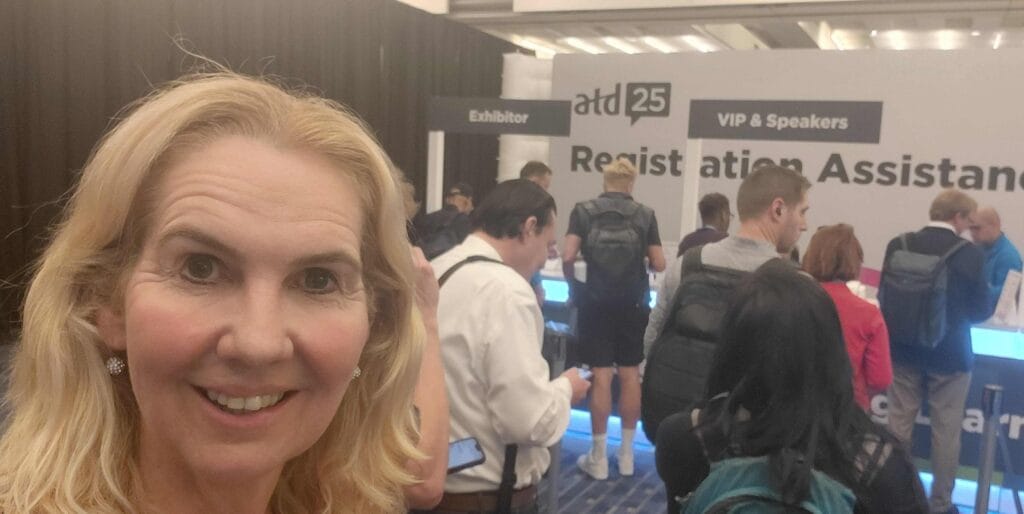
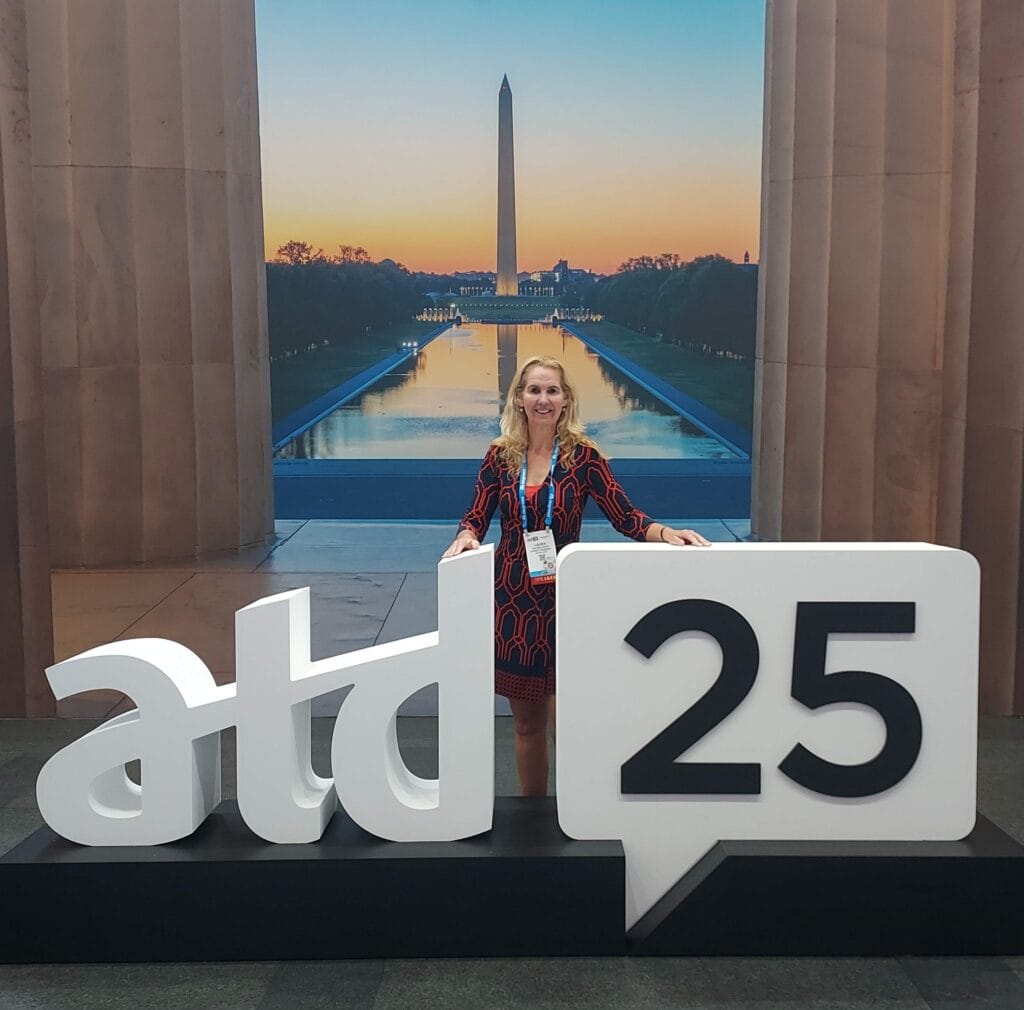
And then the conference began, with interesting workshops and speakers, and a trade show floor with booths.
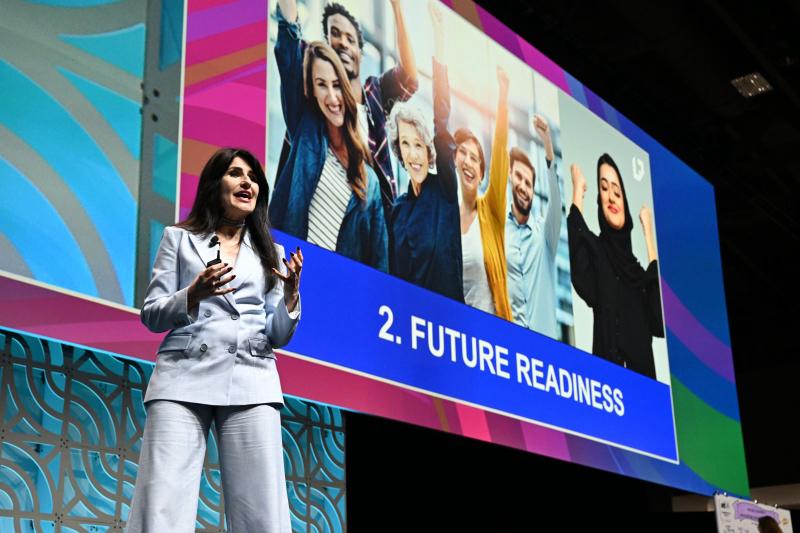

Lowlands Delegation
We are here with about 30 Dutch and Belgians, and we’ve gathered in a delegation we call the Lowlands delegation. Tables have been set up in the Global Village for the different countries/delegations to meet each other. Many Lowlands visitors bring typical products like chocolate and stroopwafels to treat other people visiting our table, which is really nice!
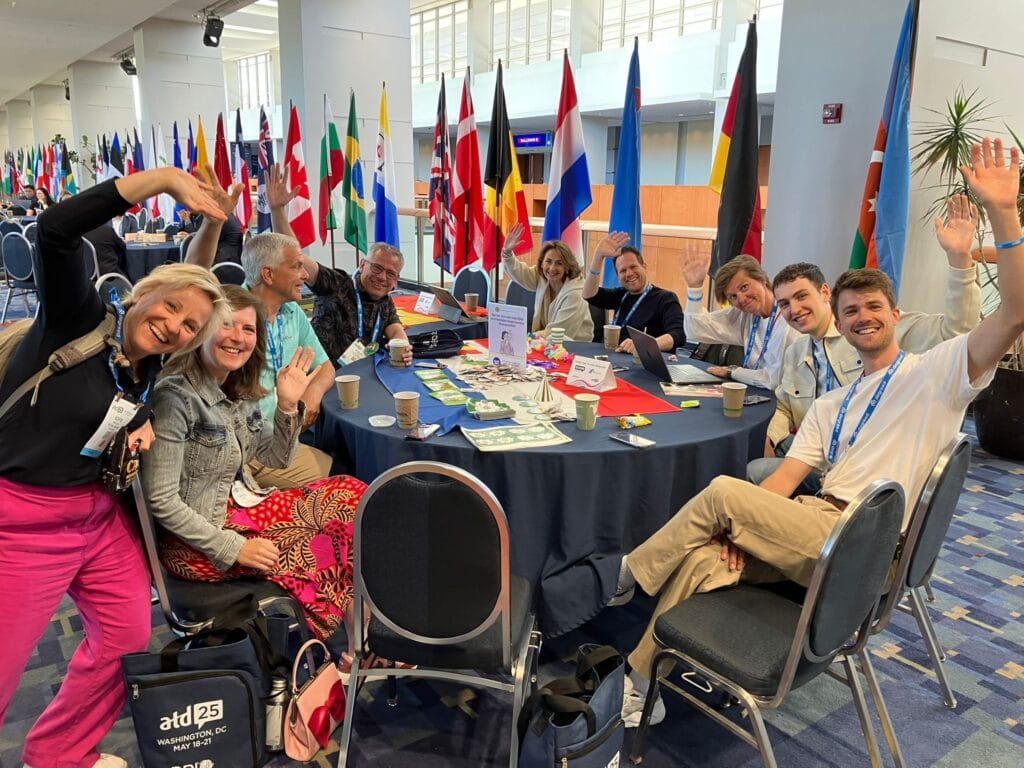
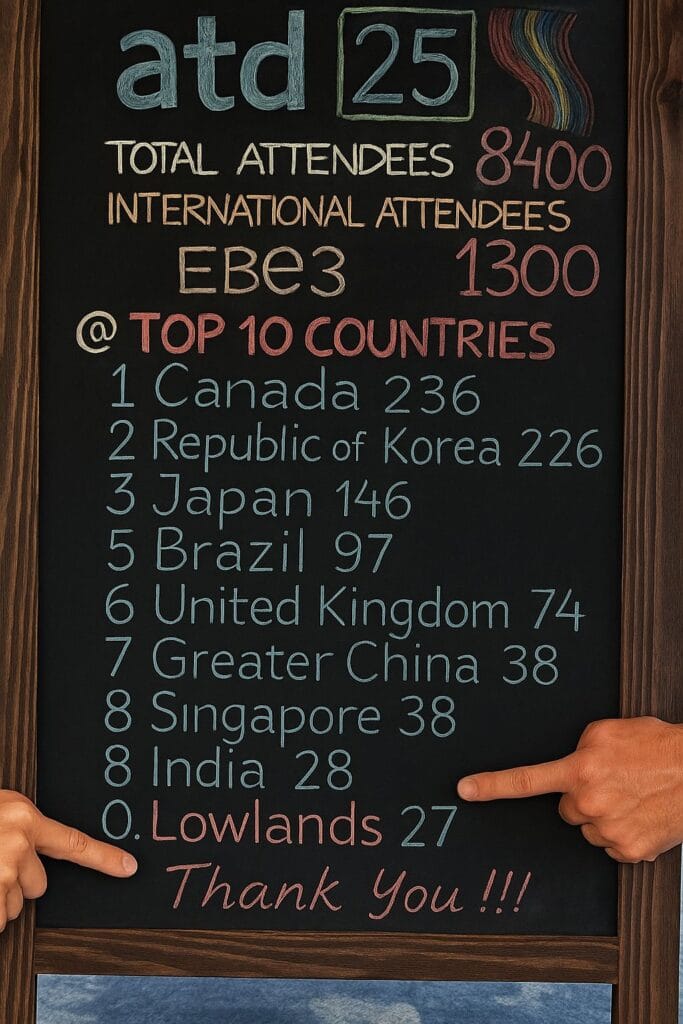
On this first day, lunch will be offered to all international visitors, which always makes up about 20% of the visitors. We’ll also have our pictures taken with the ATD organization by each country/delegation.
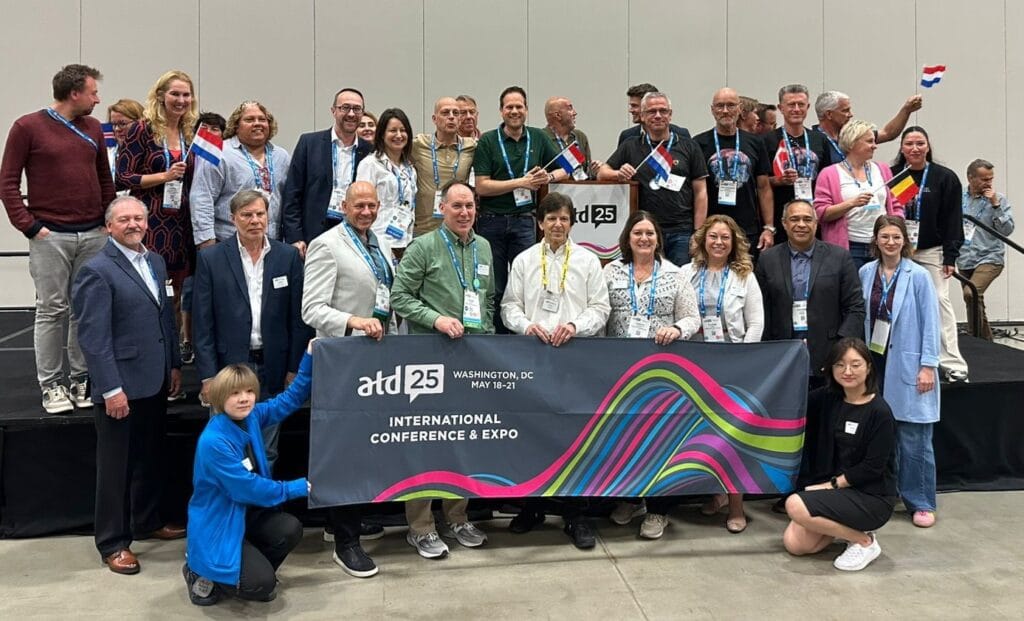
Normally, there are around 2,000 international visitors, but there are fewer visitors now, and even fewer international visitors in relative terms. We’re also noticing this in our group; normally, around 40-50 Dutch and Belgians would come. Due to the global situation (Ukraine and Gaza/Israel) and the Trump Administration, fewer people wanted to come. I even received messages about this from other speakers (see below) and also questions from the Netherlands. Washington, DC, is generally a Democratic stronghold. And it was striking that this situation wasn’t mentioned a word.

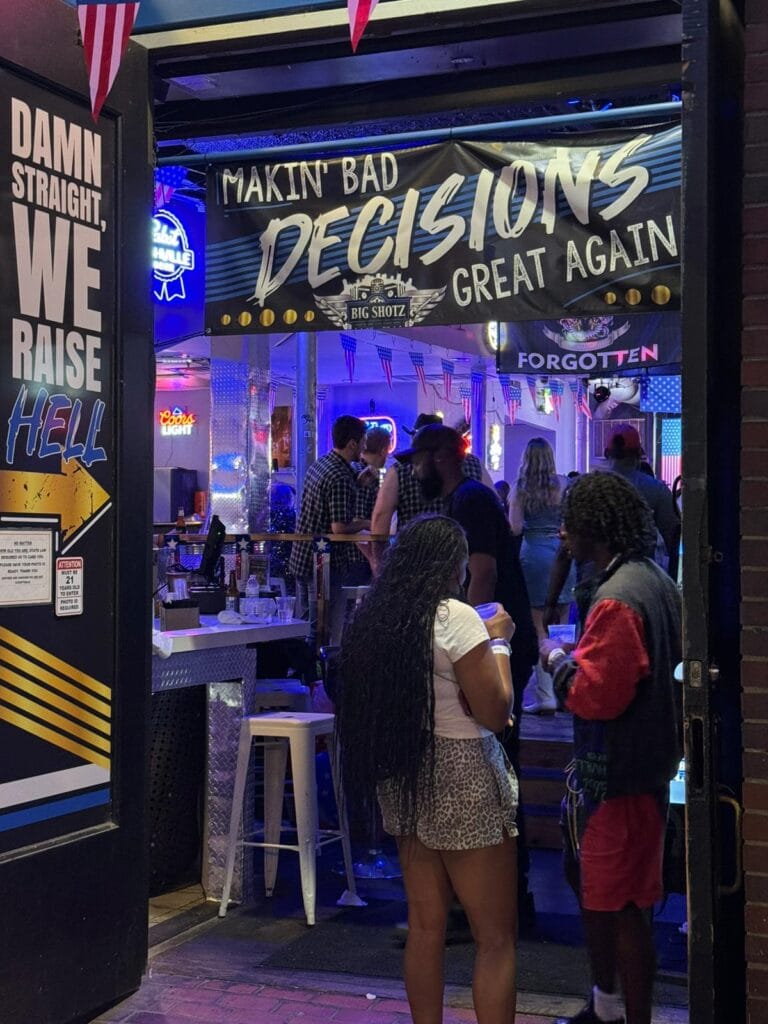
Our delegation enthusiastically posed for photos together, and we celebrated our group here at the conference.
That evening, at the Tonic Bar, Sofie and I had prepared a quiz with questions about the delegation. A way to get to know each other a little better. Top secret questions 😉. Every year, several companies from the delegation sponsor the drinks reception, and we had a great time with the group at the Tonic Bar!
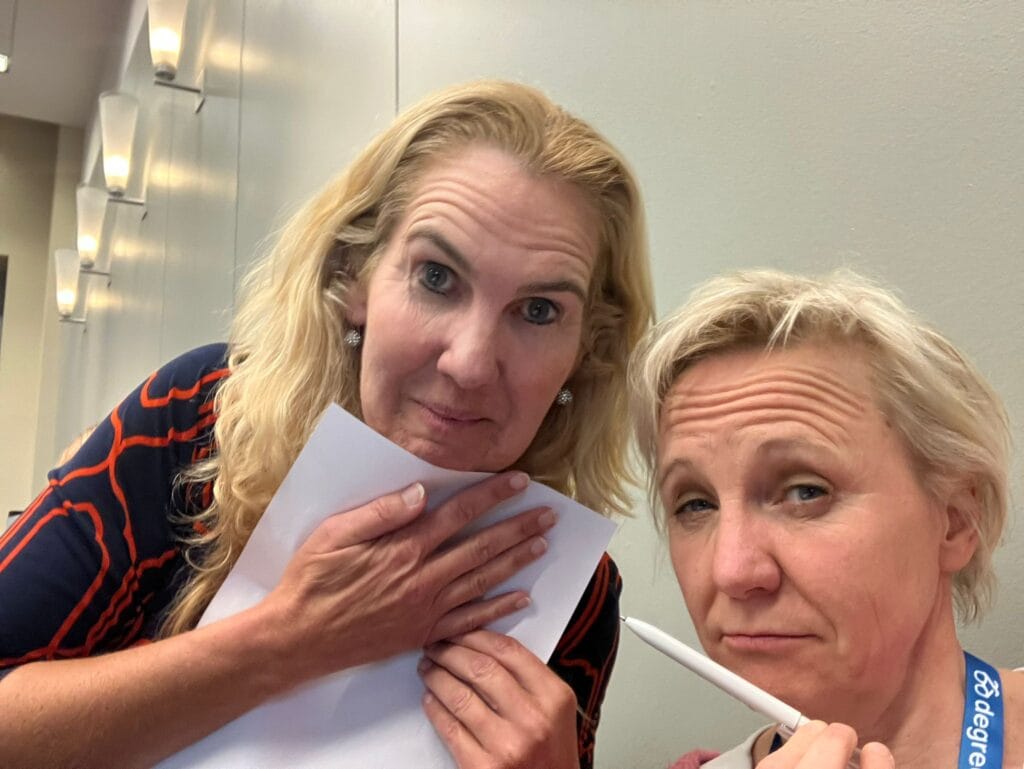
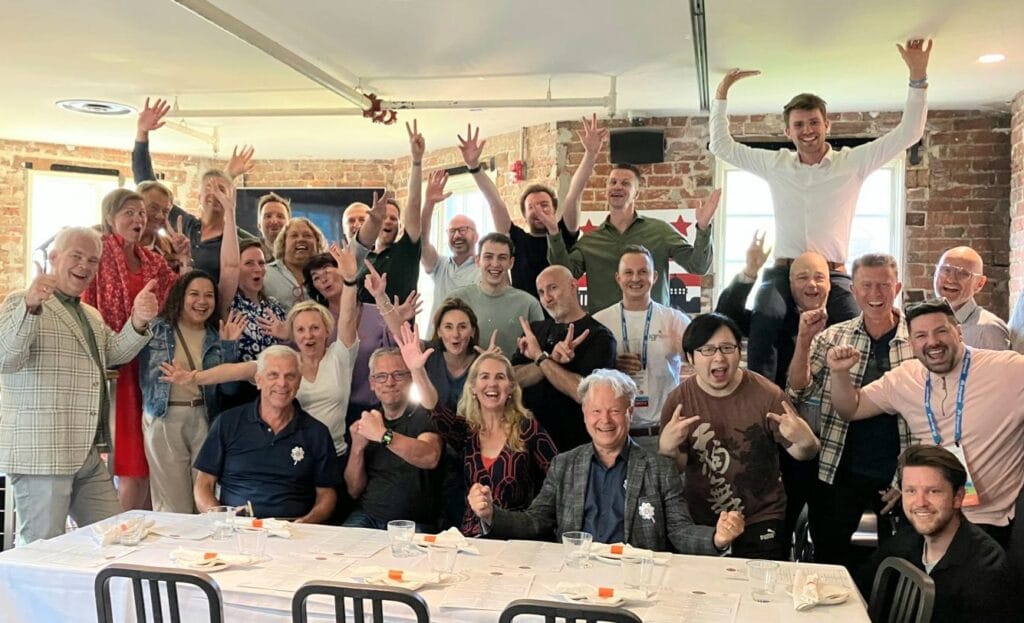
Happy Birthday: 50 years Suzanne!
A completely different perspective. My good friend Suzanne and I have known each other for 46 years, since kindergarten! Her birthday is on May 19th, and since 2015, I’ve often attended this conference in the second half of May, so I often couldn’t make it to her birthday. For her 50th birthday, Suzanne wanted to take a tour of the USA, and coincidentally, it was on the east coast, also in the Washington, DC area. It was so nice that we would meet on her birthday! We had a delicious dinner, and as a gift, I made a video with lots of photos of us from the past almost 50 years, accompanied by a song (thanks to the AI tool Sora, who compiled the music and lyrics after my prompt) 😉.
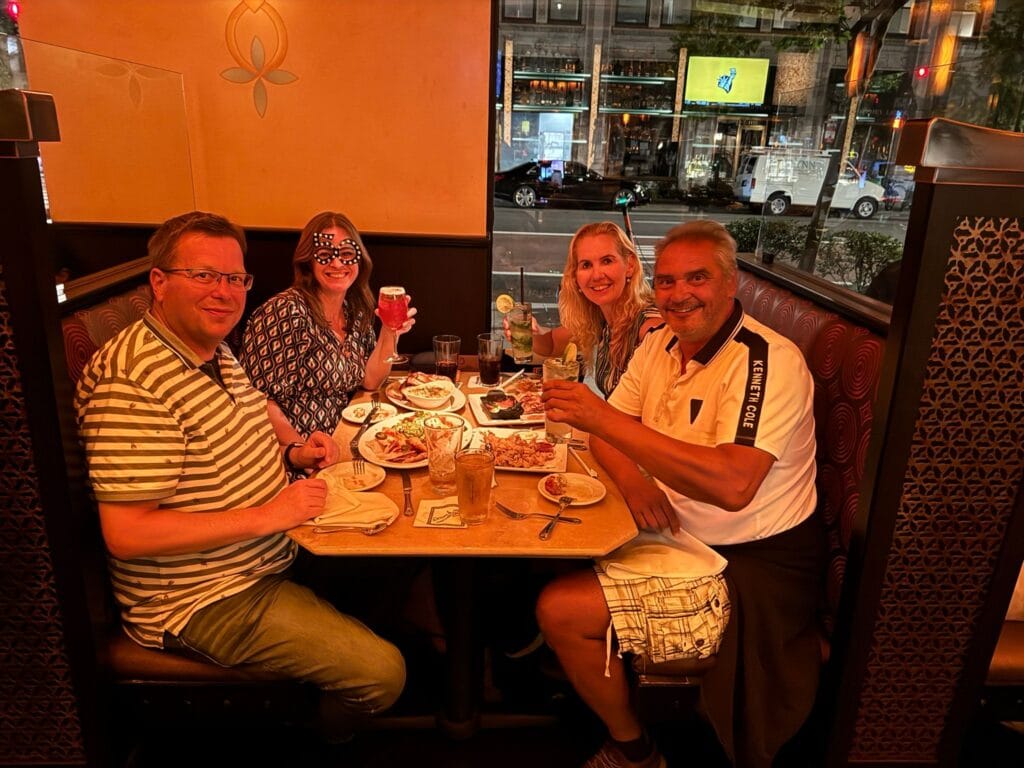

My training at the conference ’10 Brainboosters in Online Training’
And the day after Suzanne’s birthday, I had my workshop, the reason I’d flown 10 hours from Athens!
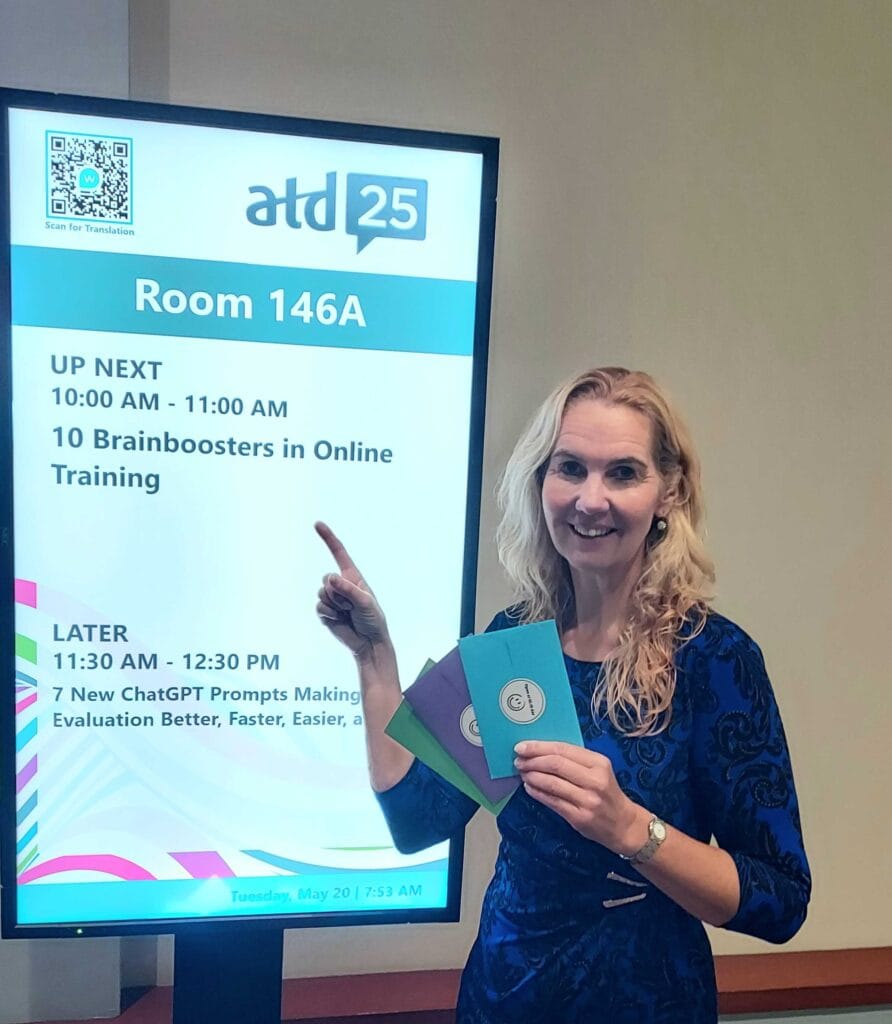
My session started at 10:00 AM, so I made sure I was in the room with Gilles at 9:00 AM to place all the bingo cards on the chairs—380 of them! Your sound will be checked with the sound engineer, and an ATD employee will be at the door to invite people in.
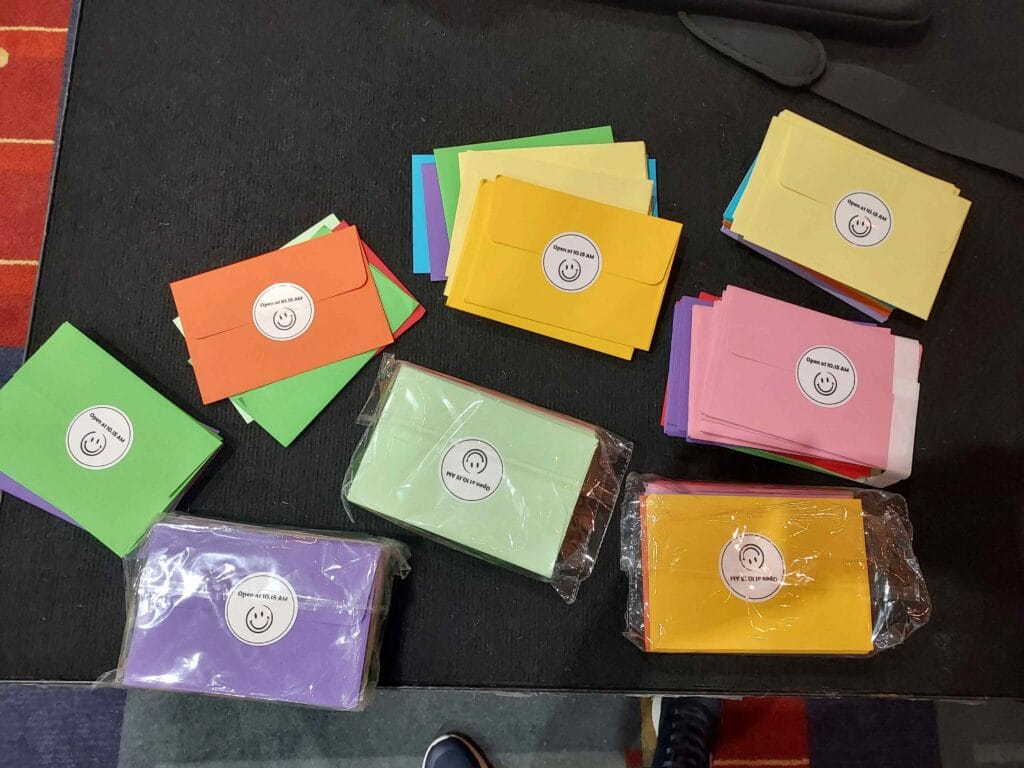
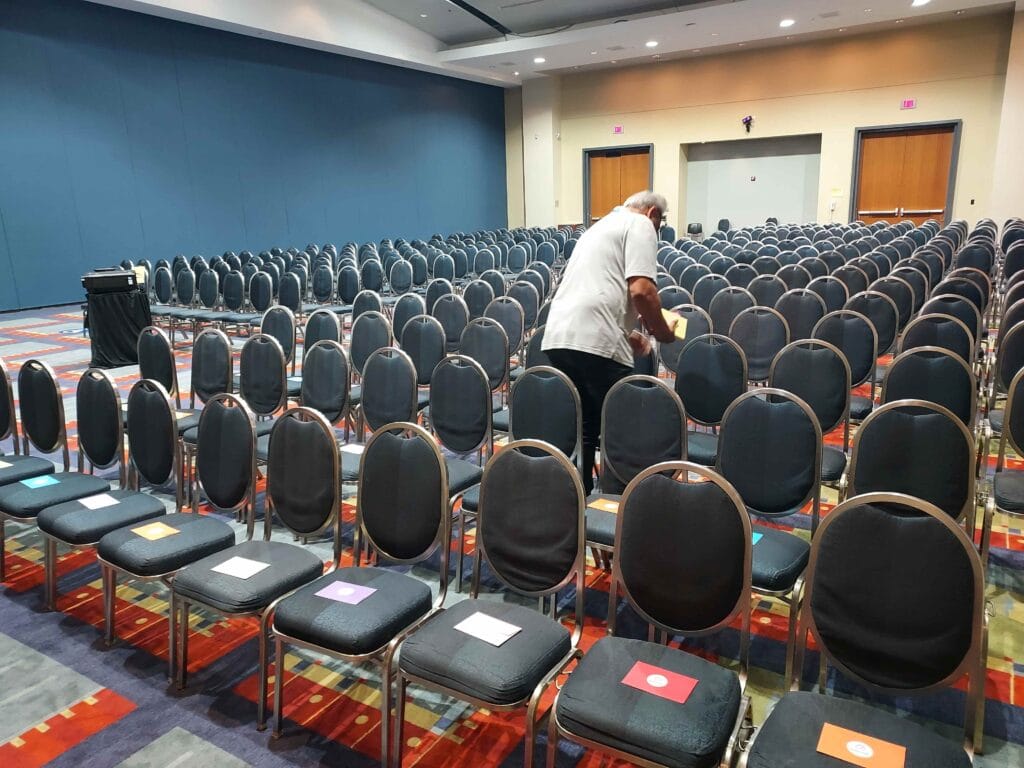
The room opened at 9:30 a.m., and 5 minutes later, the first participants arrived, which was great! An empty room makes me a bit nervous, but with participants inside, it’s actually quite peaceful. After that, it quickly filled up, and I even stood at the door to welcome people. I’ve noticed that with these kinds of sessions, where you’re speaking to a large audience, that it gives me the right energy: talking to people and asking why they’re there. Some speakers isolate themselves, meditate, or prefer silence. That can also be a good start if that suits you!
And very nice, several people from the Dutch/Belgian delegation also came, and Suzanne was there too! She was going to continue her tour that afternoon, but it was, of course, fantastic to experience this together!
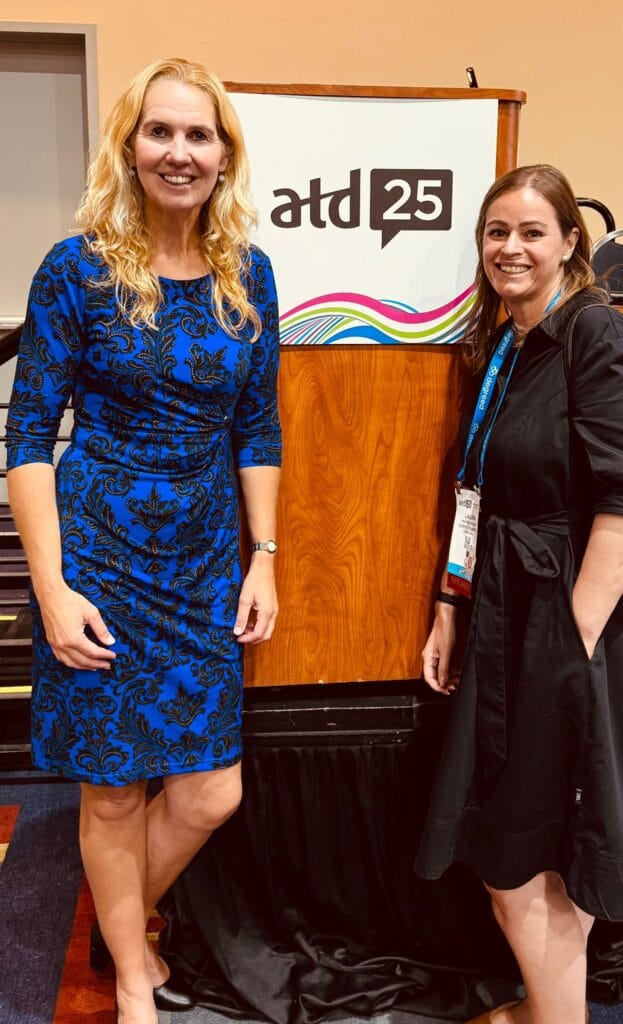
When I saw that all the chairs were full at 9:50 a.m., I started handing out the leftover bingo cards to the people sitting on the floor, but I only had 20 extra, so some people shared with each other 😉.
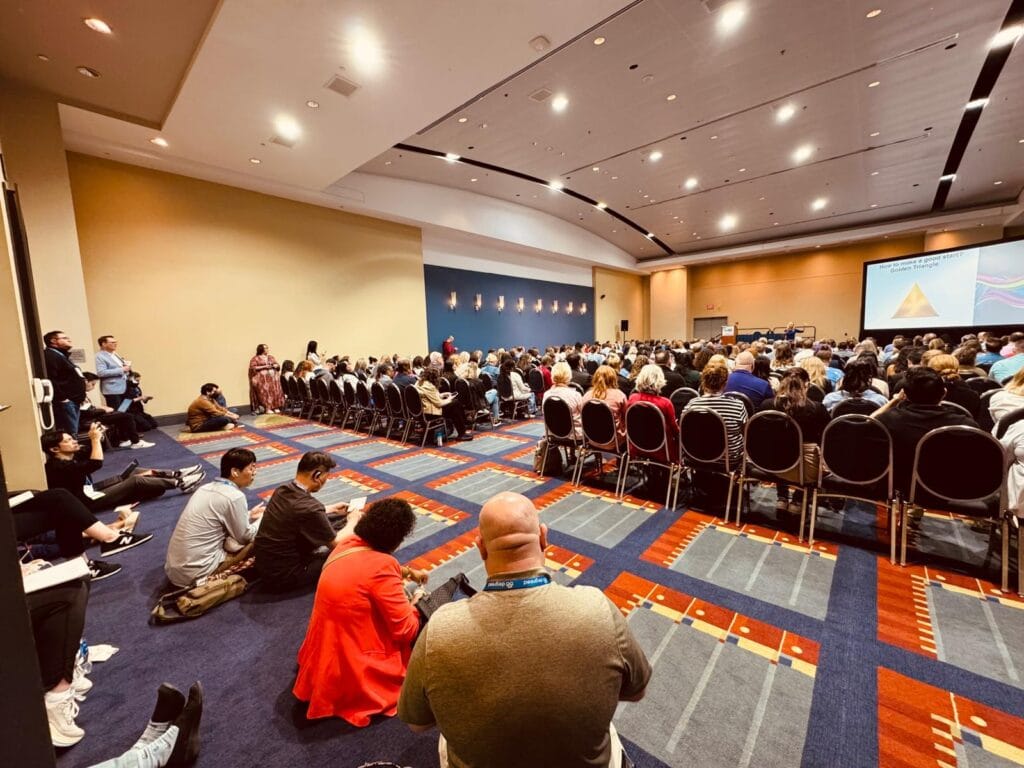
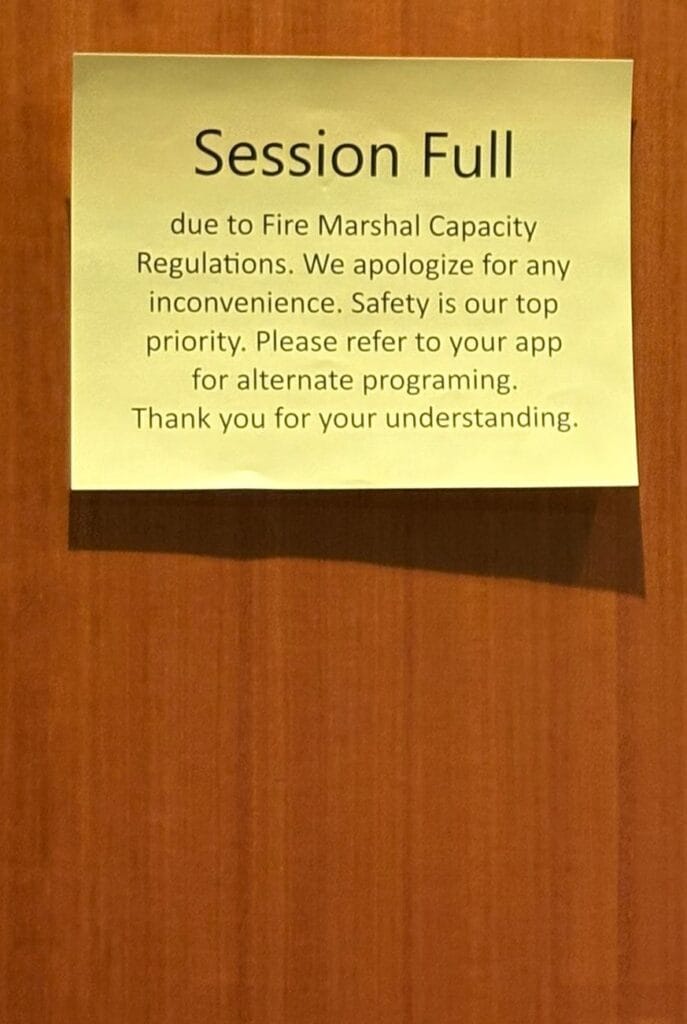
The session went well. I finished within the allotted time, saw many happy faces, was able to promote my English-language book about 100 Working Methods in Online Training, and afterward, several attendees stopped by to thank me. A day later,
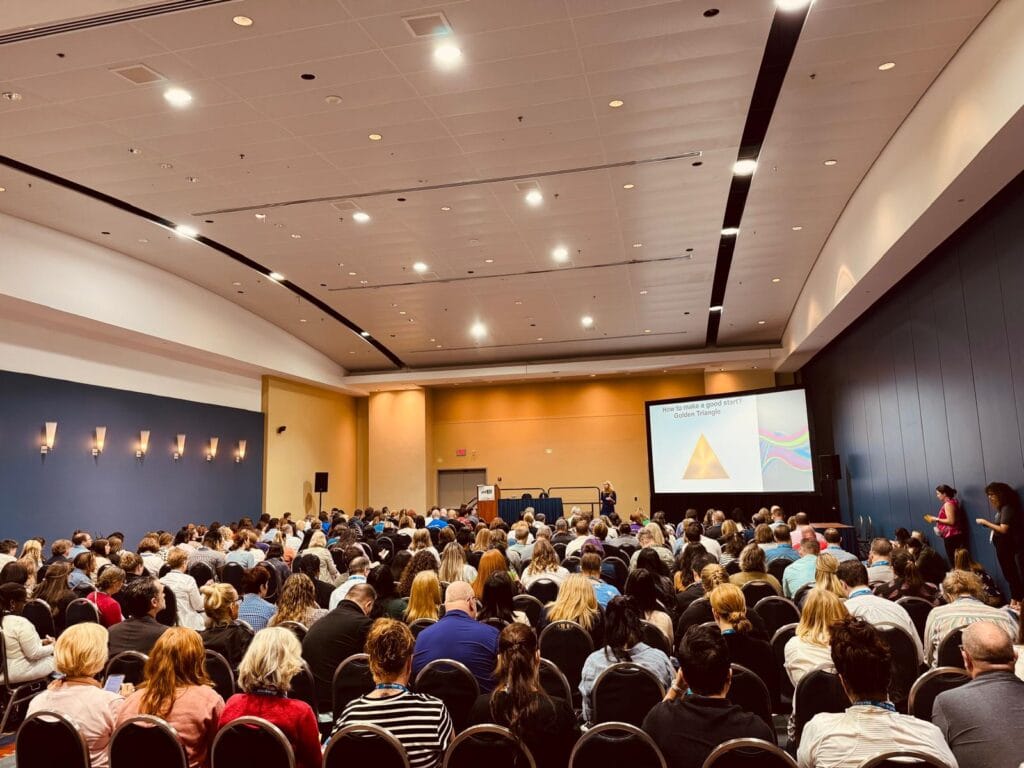
I received enthusiastic feedback via LinkedIn, and the official ATD evaluation had 53 completed evaluation forms, including many compliments.
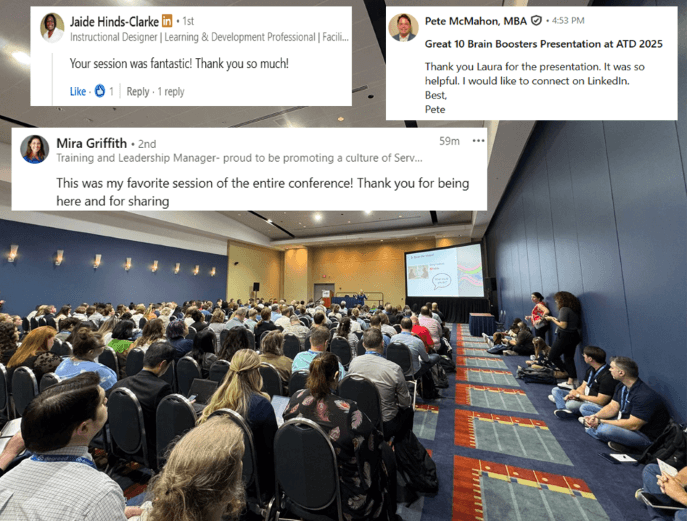

That evening, Gilles and I went to Washington, DC, for drinks and dinner with fellow trainers Bob and Jackelien. Naturally, I wanted to celebrate how well my session had gone, and I know Bob and Jackelien well from ATD conferences; they’re always great fun! I attended Bob’s 60th birthday party, and he attended my 50th. After the conference, we went for drinks on the rooftop of the Washington Hotel—very chic, with a view of the White House next door. And then we went out for dinner, which was great!
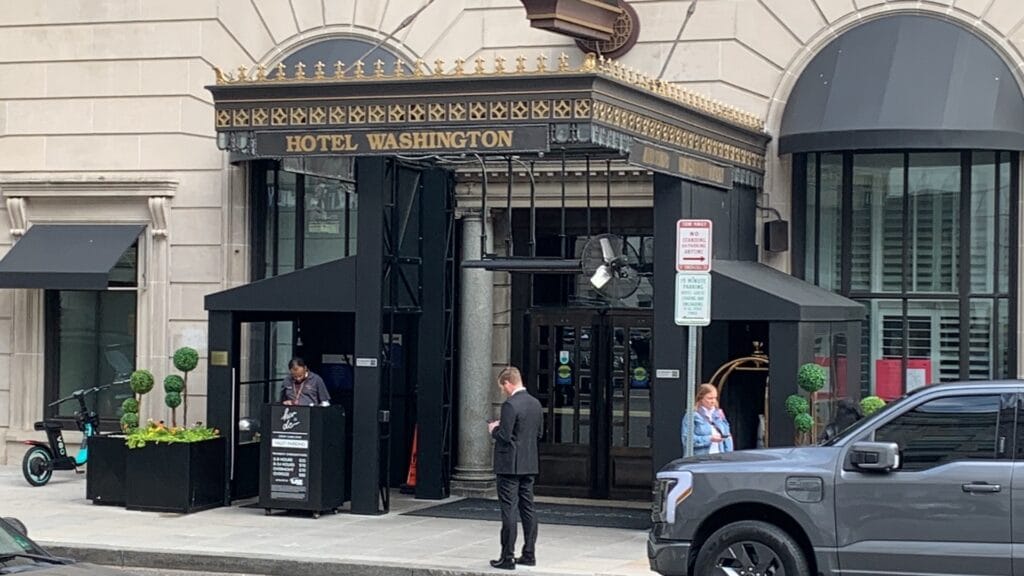
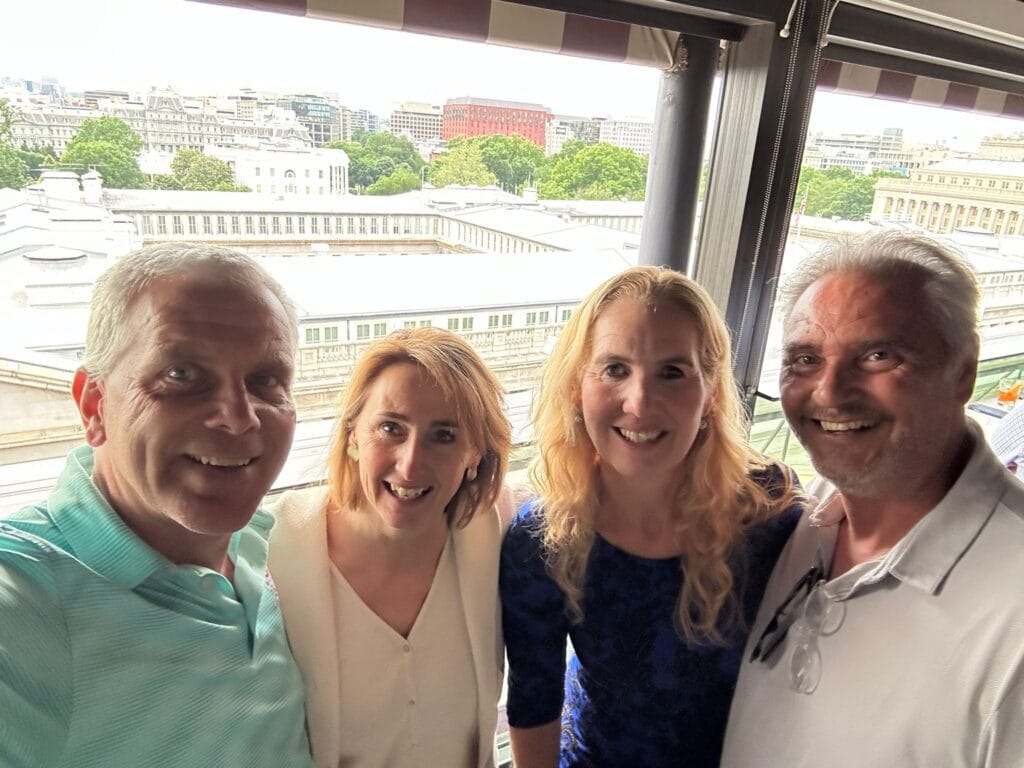
The Best of ATD: trends in 2025 for Dutch trainers
Last day of the conference on Wednesday. And right after that, for the 3rd year in a row, I held an online training for Dutch Trainers about the 4 day ATD conference. Maximum of 100 people could attend in Zoom and I promised them to share the best tips I’v seen at ATD in 1.5 hours online.
Normally I did this session about 2 weeks after I returned home from the USA. But since I would go to Aruba for 10 days and also get a lot of new impressions, I thought, why not do it immediately after the conference has finished?
It also inspired me, after each conference day, to write down the best tips I’ve seen on that day and translate it to practical use for Dutch Trainers.
I was very happy I was able to give this session on the last day of the conference and I received nice reviews back on LinkedIn.
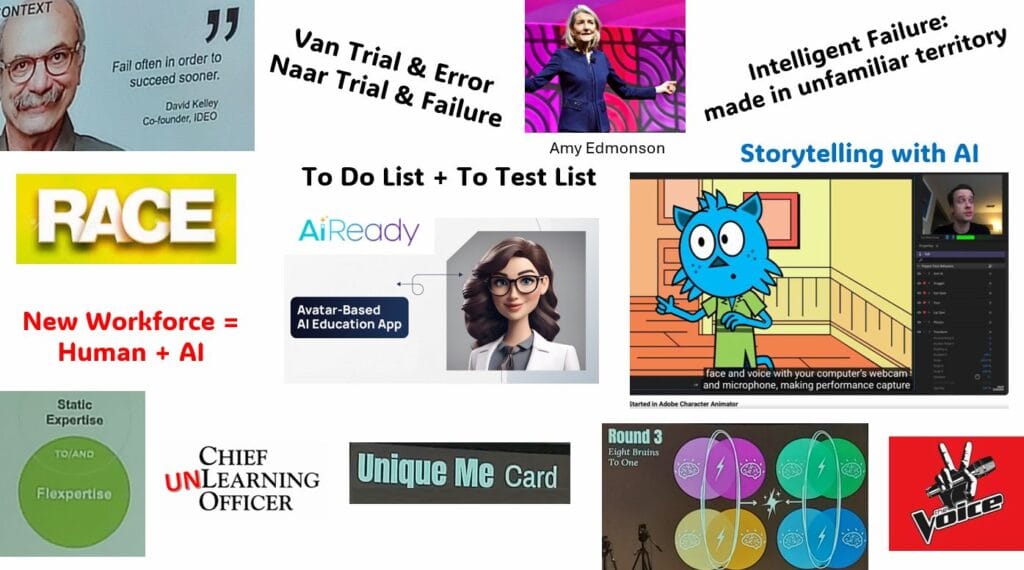

Giving a training to the Democratic Party in Washington, DC
Since 2020, I’ve been working as an online trainer with NDI, the National Democratic Institute. I appreciate NDI’s work as an NGO, their mission to promote democratic governance worldwide, political inclusion, encourage women in politics, and youth political participation.
They found me through the CDA political party in the Netherlands in 2020 because they advised their sister party, NDI, to do online training with me.
I’ve given about 30 online training sessions to NDI employees since then, and now that I was able to visit them at their headquarters in Washington, DC! And not just one visit; we held a training session on Facilitating Group Dynamics.
So, on Thursday morning, the day after the last day of the conference, I walked into their beautiful location on Massachusetts Avenue with my laptop. I’d already had a preliminary meeting with my client about the content of the training, and I curiously asked him about the current state of affairs in the Trump Administration. He said that as a visitor to the city, you don’t notice much, but many federal government buildings are now 70% empty, so many people have been laid off rapidly since January 2025…
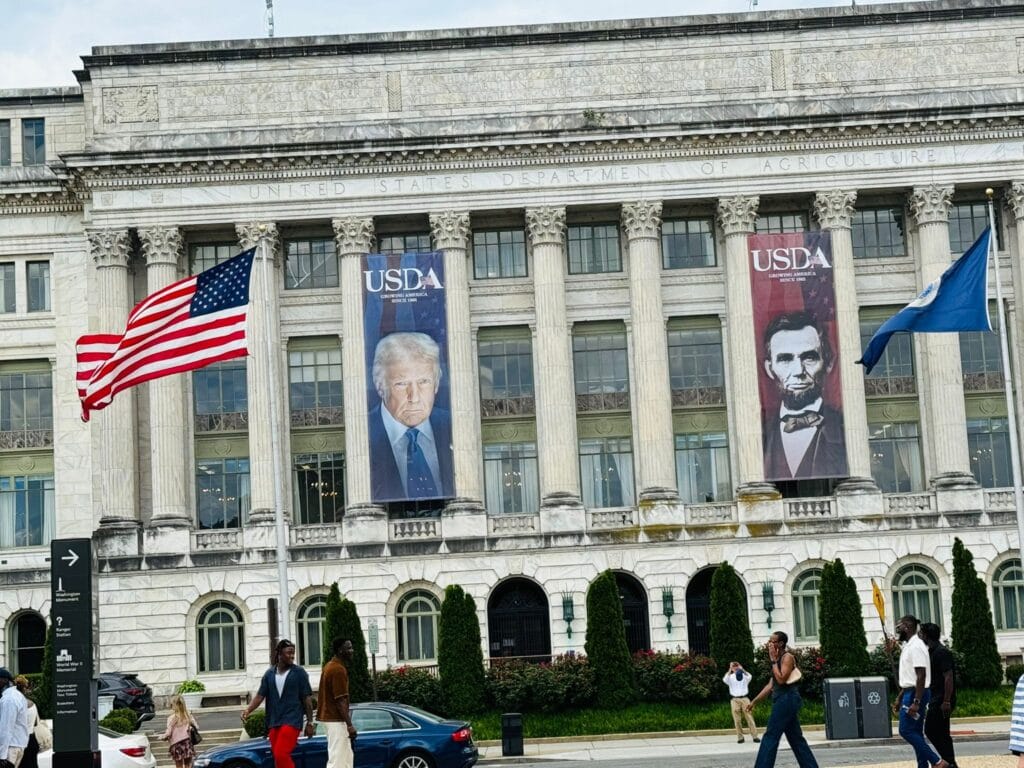
I was very happy to shake hands with people, some I’ve been working with online for 5 years and now see them in person! And we also had a great time working together. The 5 phases of Group Dynamics were on the agenda during the Train-the-Trainer. How do you start a session well as a facilitator, which working methods are appropriate for different types of participants, and how do you ensure consistency at the end of a session.
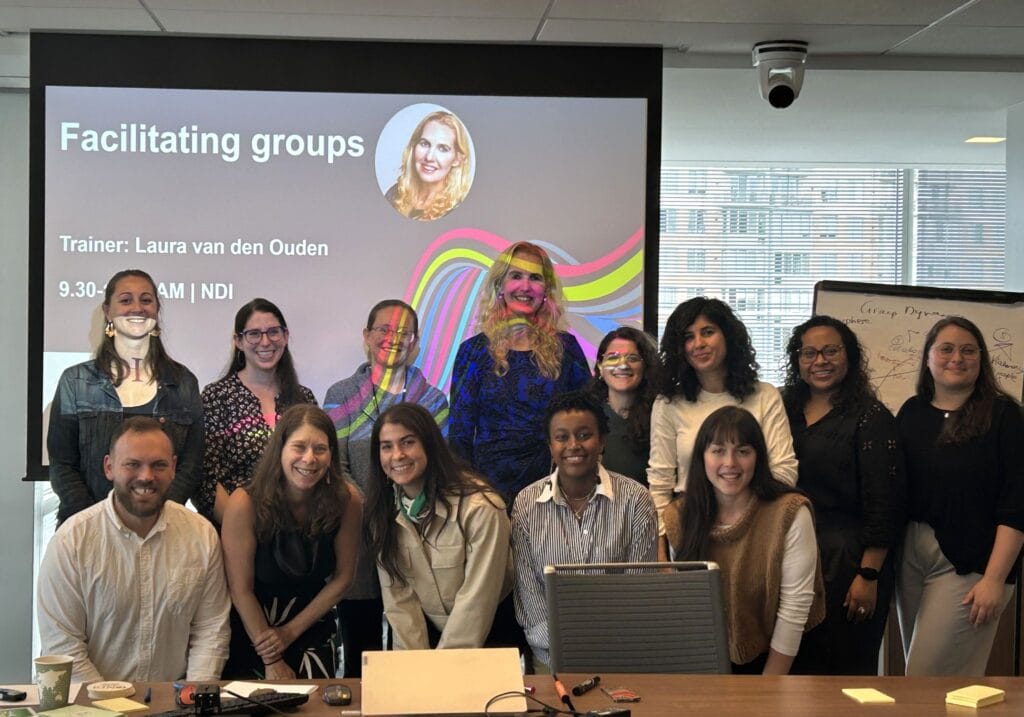
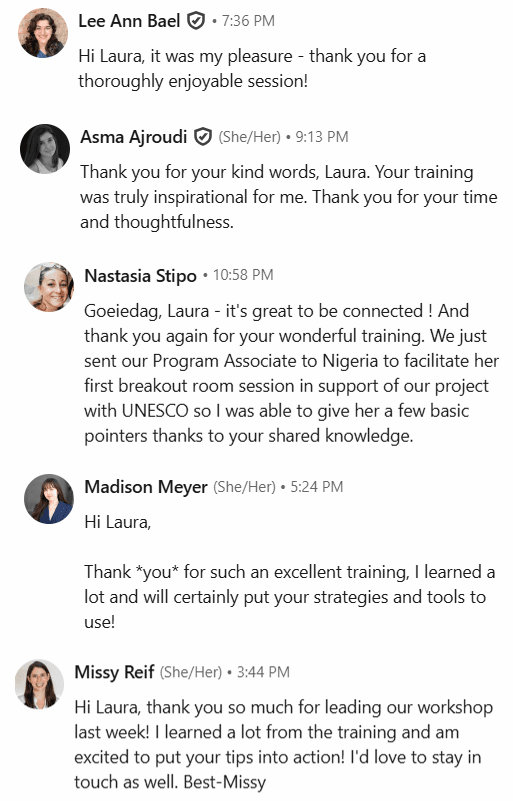
Sightseeing in Washington
And after being in Washington, DC for 5 days and having given and attended all the sessions, it was finally time for a day of sightseeing! Because of being at the conference every day (8:00 AM – 6:00 PM) and the social activities surrounding it, including dinners, I hadn’t seen much of the city yet. Well, there was something, of course, but that was mainly residential areas, shops, restaurants, and the downtown area around the convention center.
But Gilles and I hadn’t yet seen the major monuments that this city has to offer.
So, off we went by bike! Yes, you can rent bikes here, which is very convenient for covering the kilometers that the monuments are sometimes separated by. By car is quite difficult, as parking isn’t easy, so we hopped on our bikes.
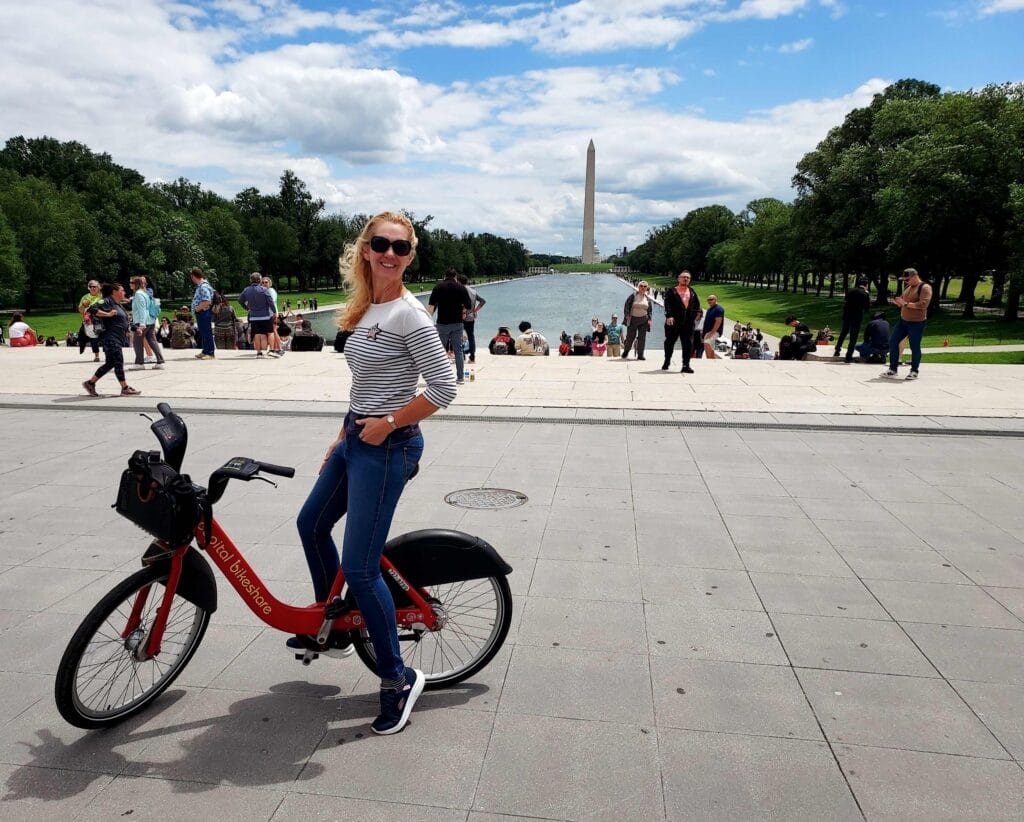
The National Mall
When we asked ChatGPT: “What route should we cycle in Washington to see the most important monuments?”, we discovered that there’s such a thing as “The Mall.” It’s a 3-kilometer-long green corridor stretching from the Capitol to the Lincoln Memorial. Along this axis are some of the most impressive monuments and museums in the United States.
The name “Mall” comes from the British term for a wide promenade or walking boulevard. It therefore refers to a public space for walking and recreation, and has nothing to do with shopping. The Mall is often considered the symbolic heart of America. Important national ceremonies take place here, such as presidential inaugurations, protest marches, commemorations, and celebrations. It’s a place where history, culture, and politics converge, with numerous free museums and memorials.
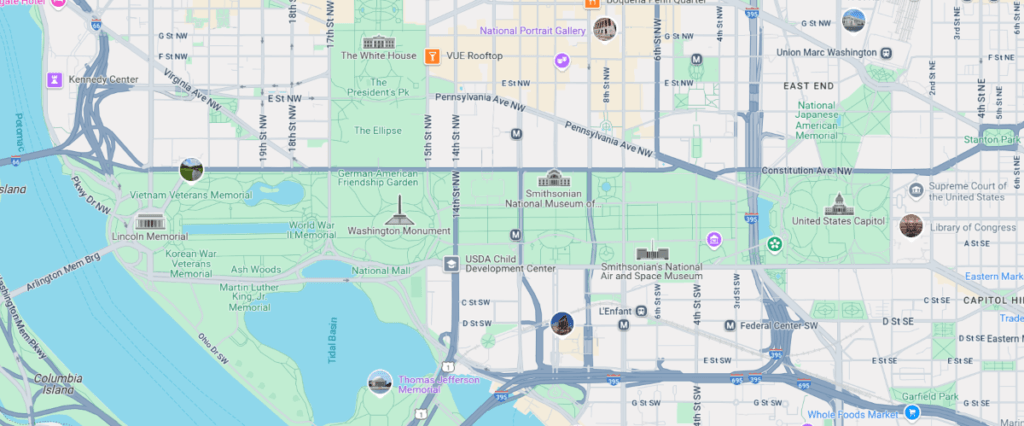
You can see Gilles and me here in front of the White House; better poke your camera through the fence, by the way 😉.
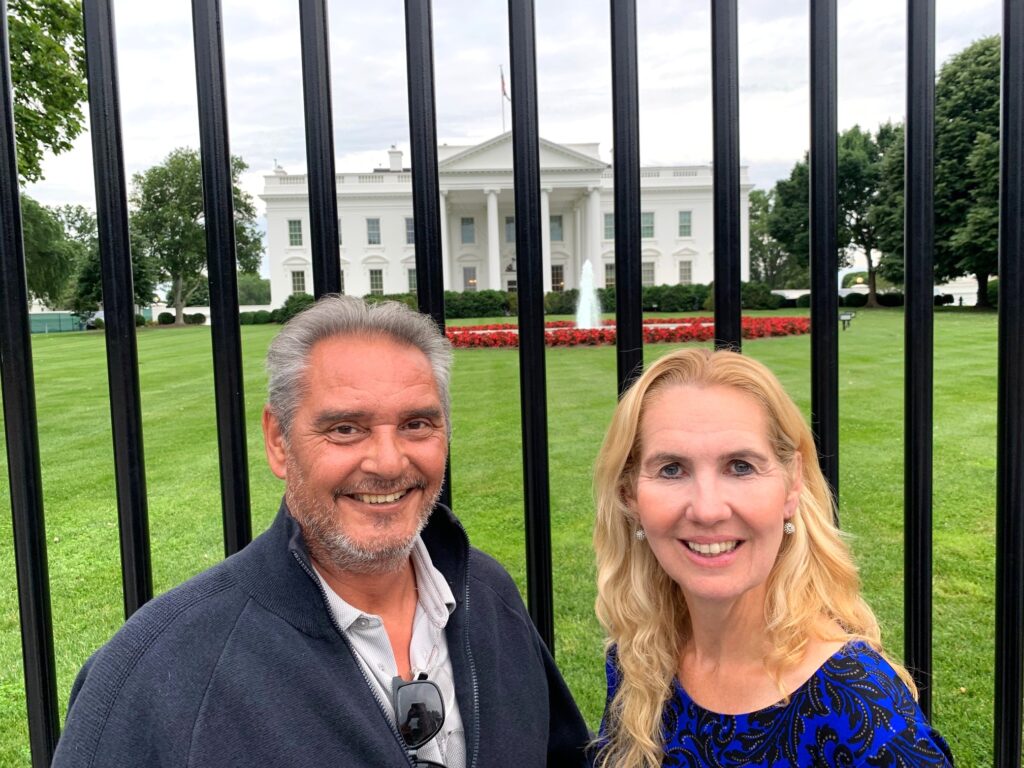
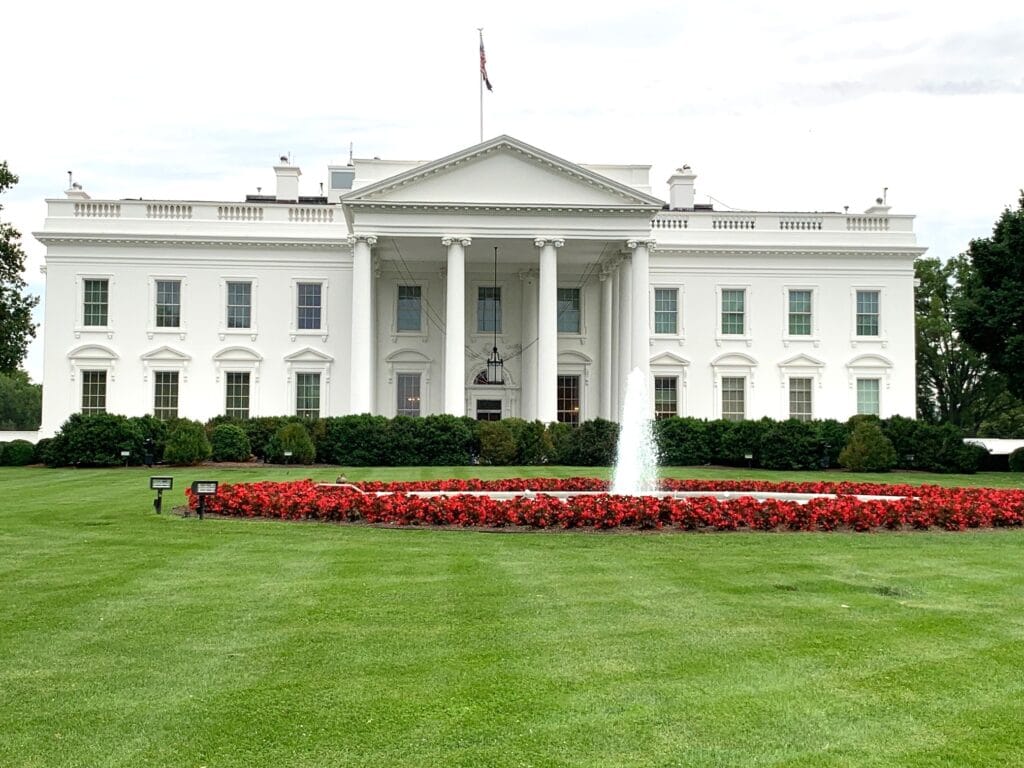
Then our favorite spot: the Lincoln Memorial, with the Reflection Pool in front of it, where Martin Luther King Jr. delivered his famous “I Have a Dream” speech.
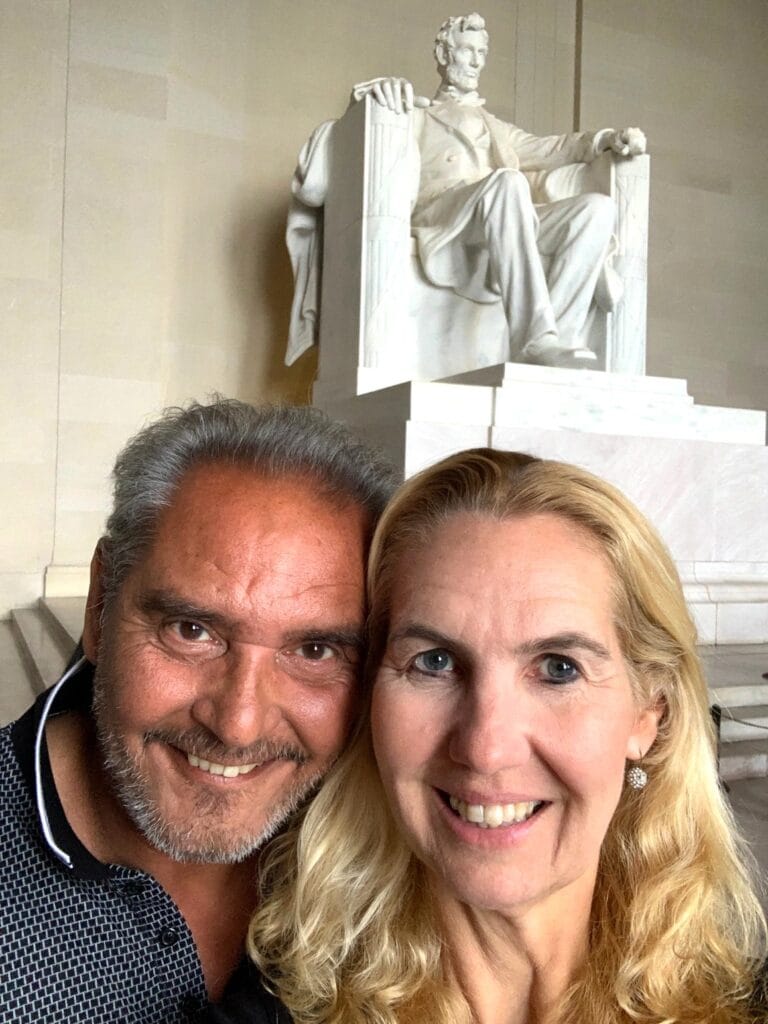
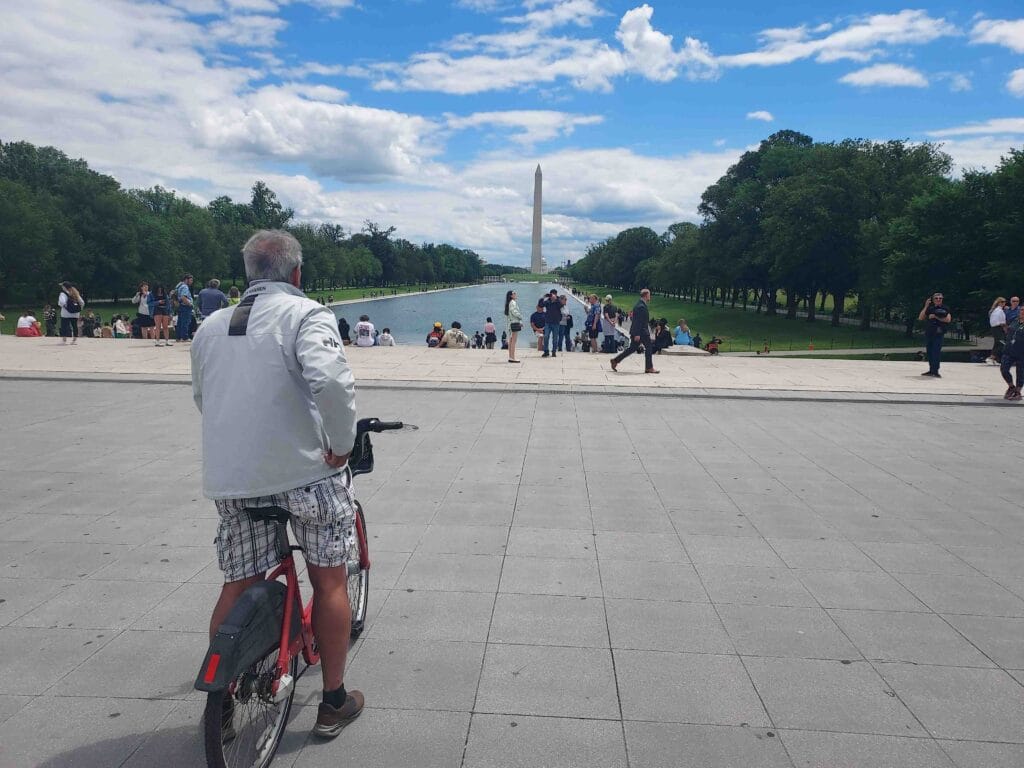
And many more people find this the most interesting, including the Class of 2025, the teenagers who always receive their high school diplomas around this time, had their photoshoots here in their stylish outfits.
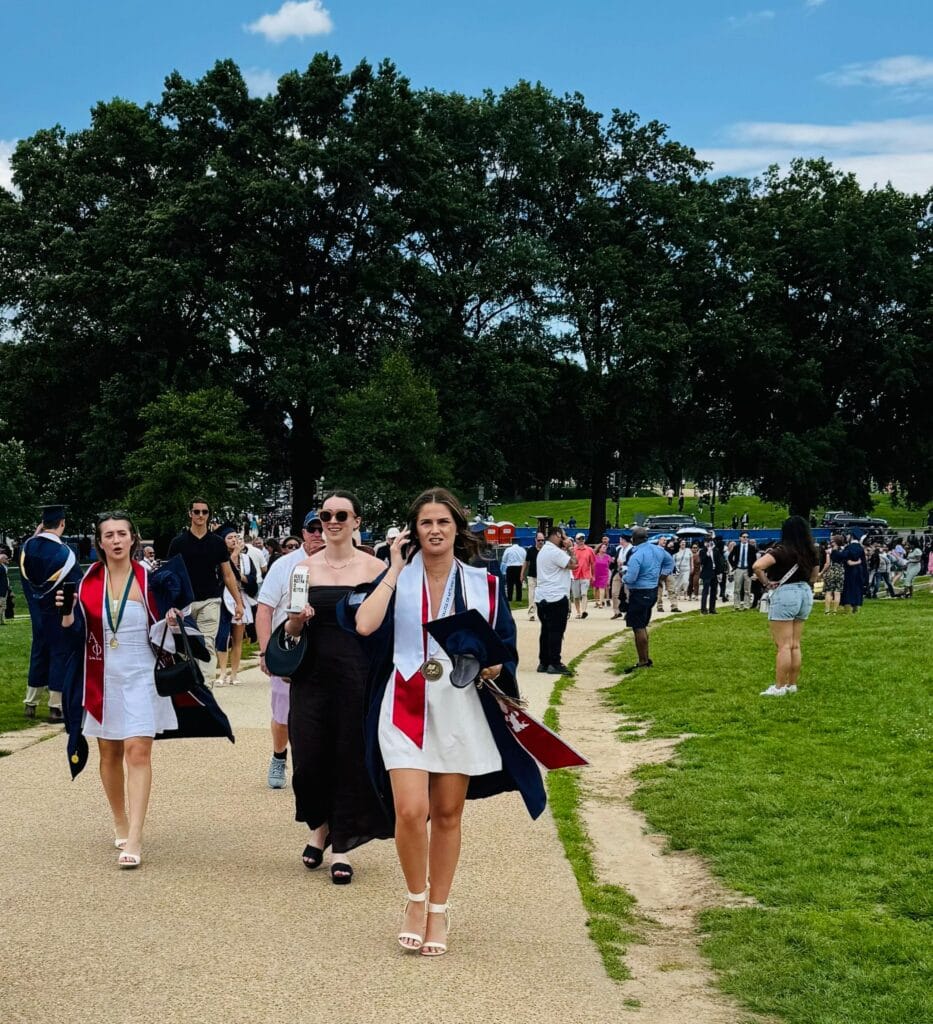
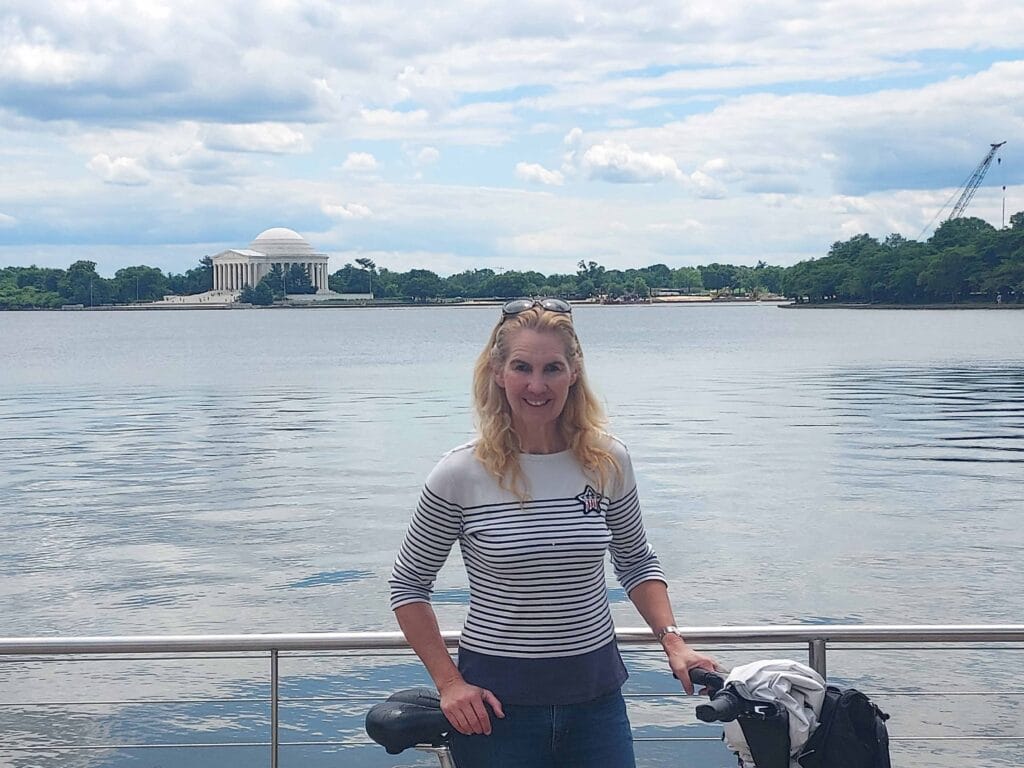
The Thomas Jefferson Memorial, with its beautiful round dome, is also nearby.
And the impressive Martin Luther King Monument.
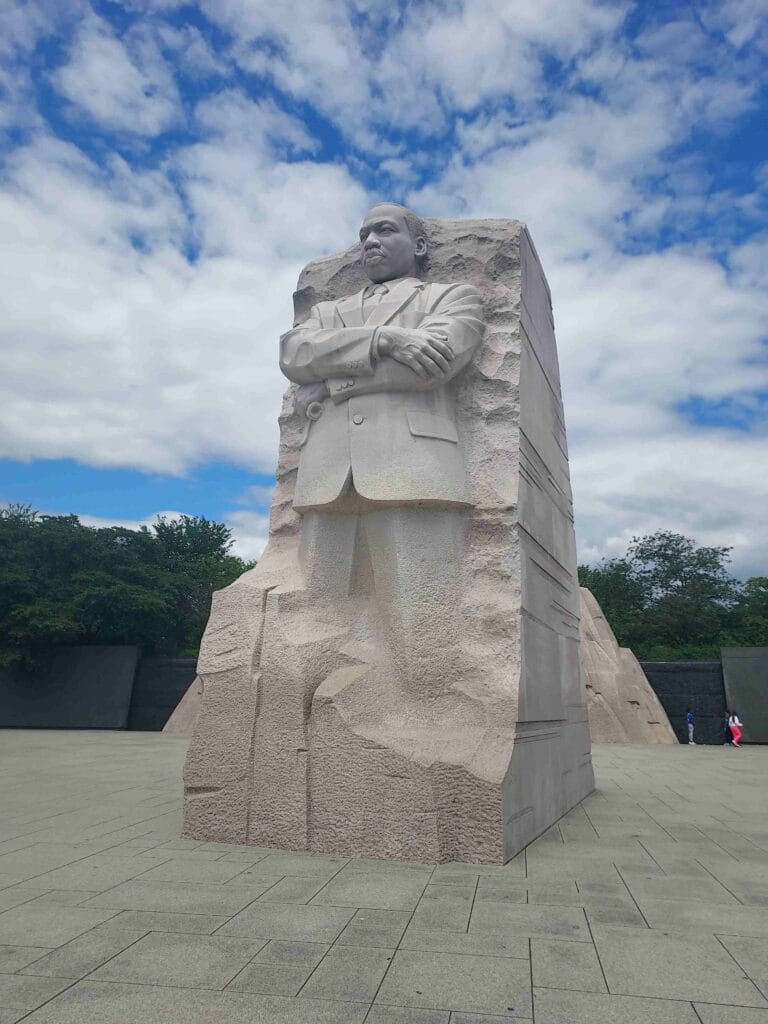
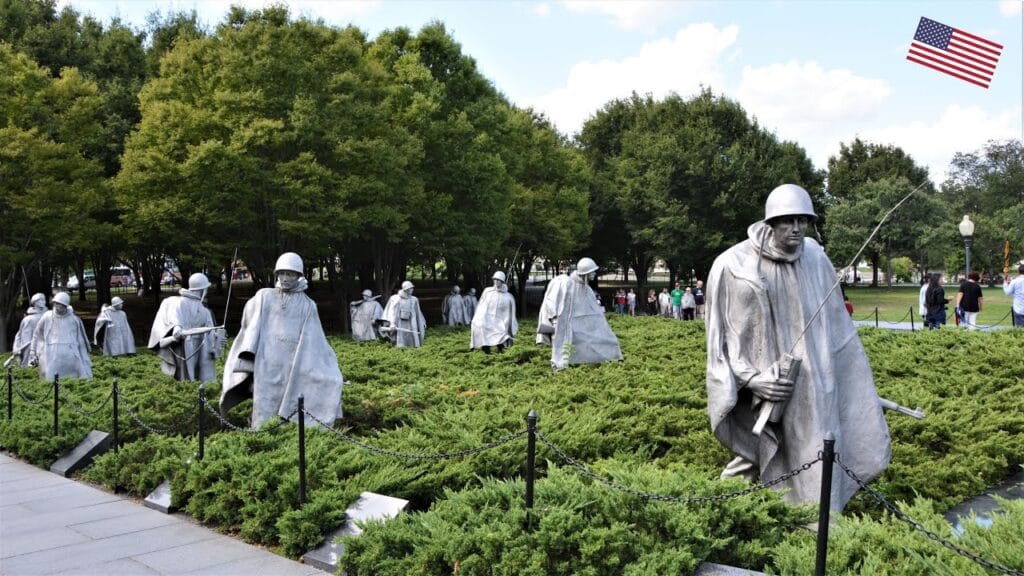
We also found the Korea Monument a real eye-catcher, with its wandering soldiers.
The Washington Monument is visible from many places in the city. It’s also true that no building in downtown Washington, DC, is taller than this monument (169 meters). The Height of Buildings Act of 1910 used this as a benchmark, hence the streetscape’s charm, with its relatively low-rise buildings.
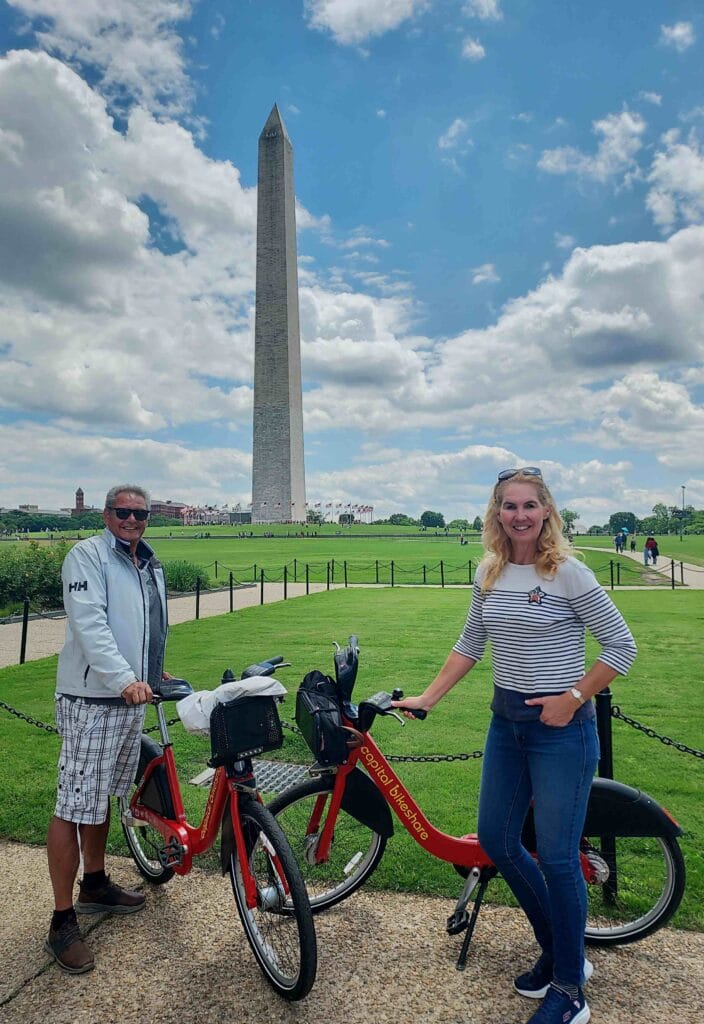
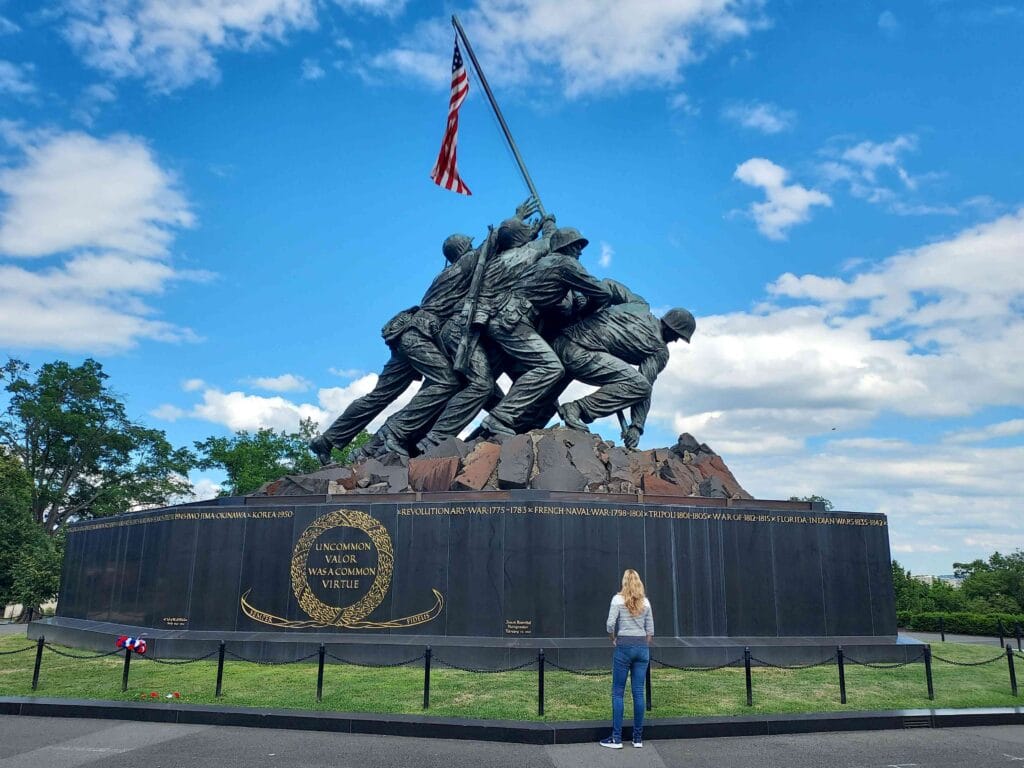
And finally, a little further away, is the Iwo Jima Memorial, based on the most iconic press photo from World War II taken in Japan.
Also of interest is the Alexandria neighborhood in the south of Washington, DC, where much of history began. It’s surprising to see how much has happened there, including some that were less than pleasant for the African American community: many slaves shipped from Africa were first dropped off here to be transported further south to major slave markets in the US.
The Potomac River also flows clearly through Alexandria. We walked around there, of course: where there’s water, there are us 😉
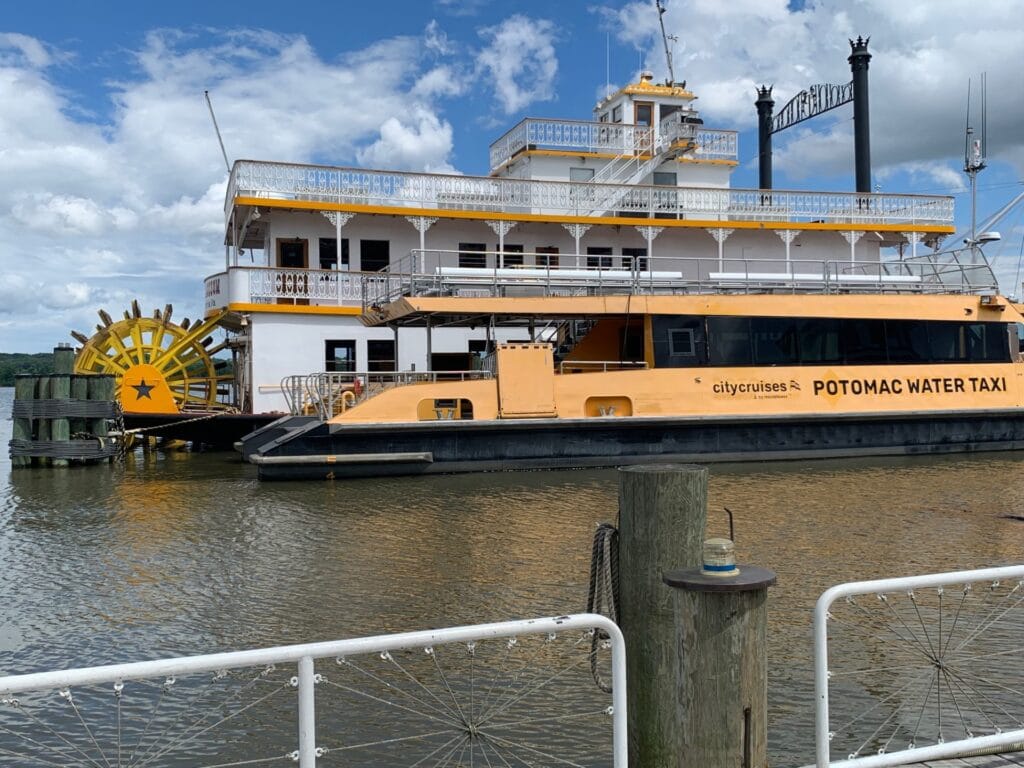

And to round off our bike tour through Washington, DC successfully, we also took a spin in the rental car in the evening, exploring the beautifully lit monuments!
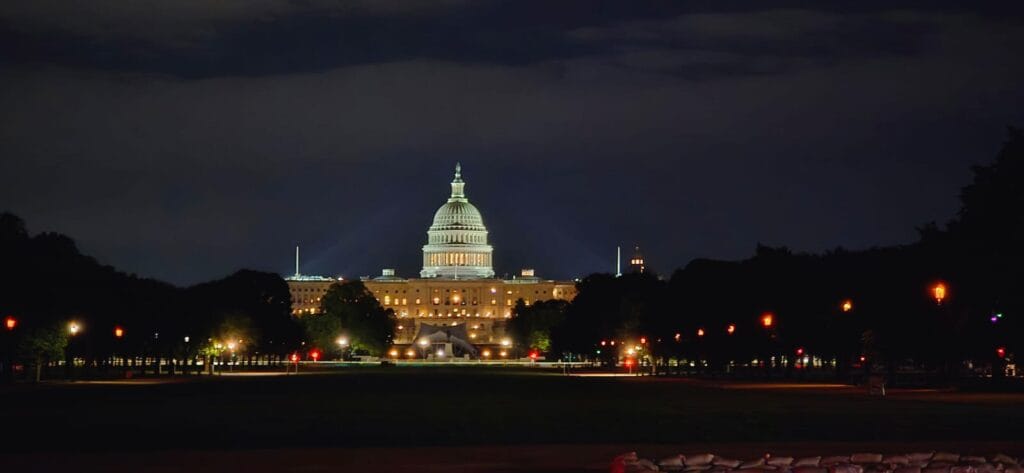
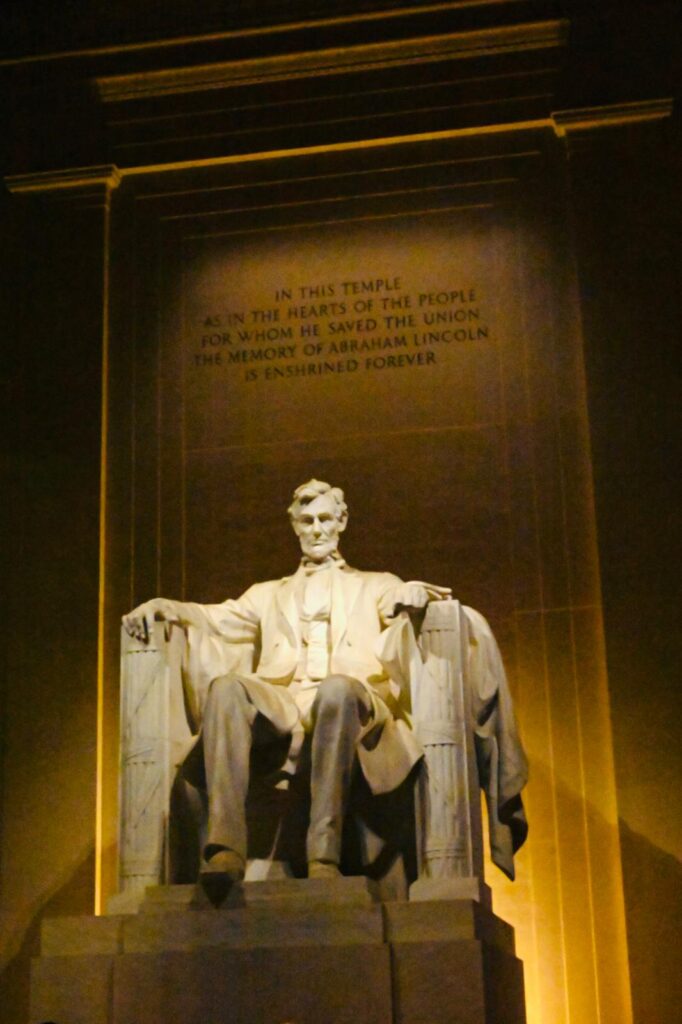
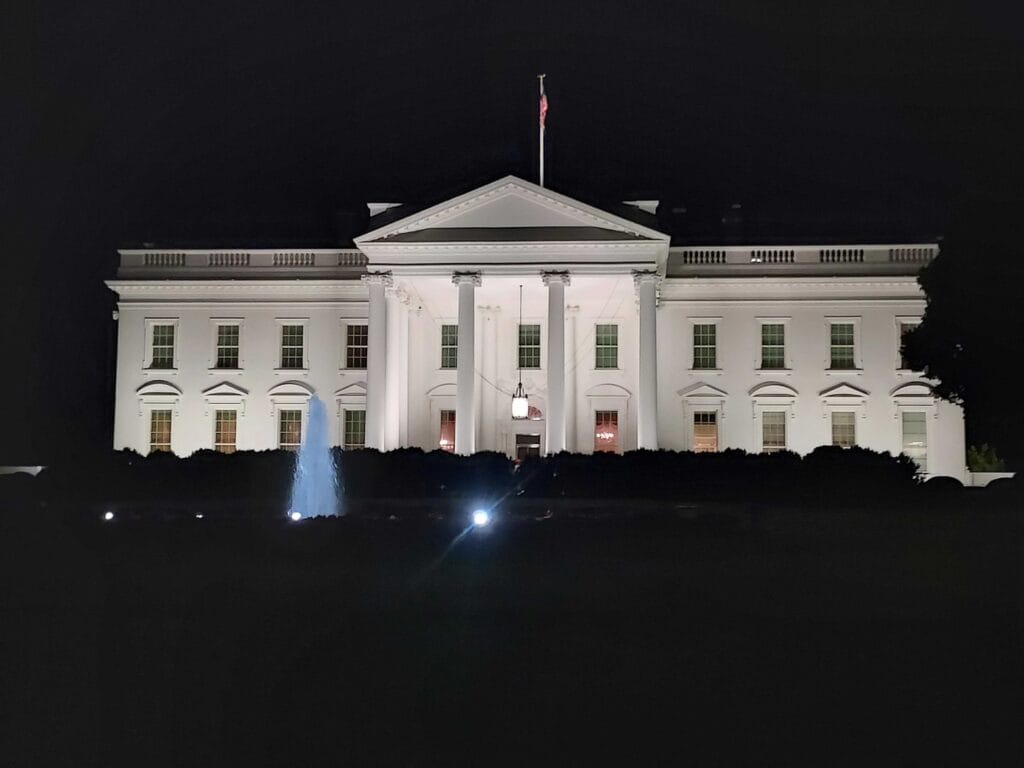
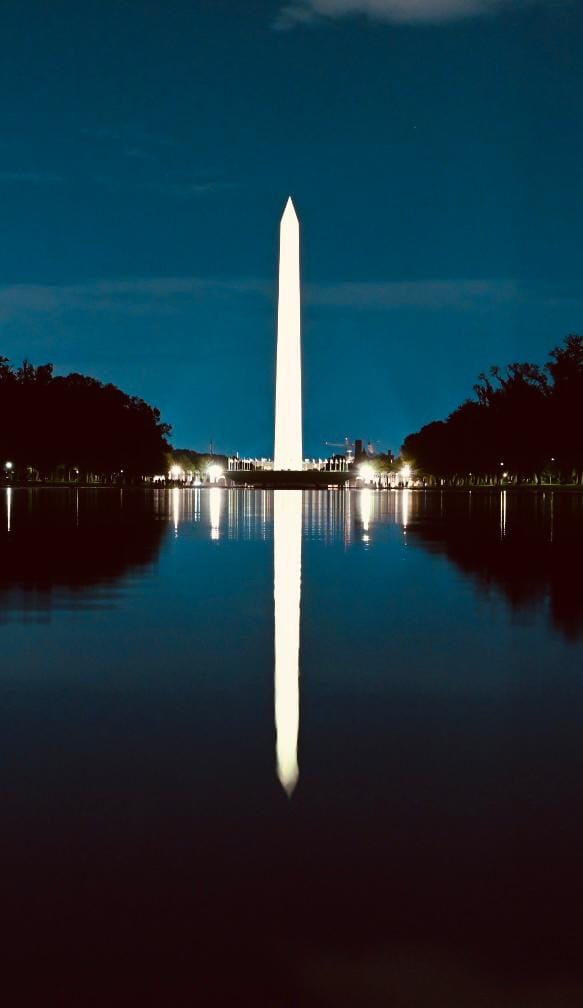
Annapolis
We left Washington, DC, satisfied; we found it a friendly, green city with lots of culture and a relaxed, safe atmosphere. It definitely appealed to us!
We now began the drive back to JFK Airport, where in two days we would board a plane to Aruba, where I would be giving training for four days.
We had a little less time now than on the way there, so we visited two places on the way back that we still wanted to see.
The first is Annapolis, the capital of the state of Maryland. It was even temporarily the capital of the US from 1783 to 1784, just after the Revolutionary War.
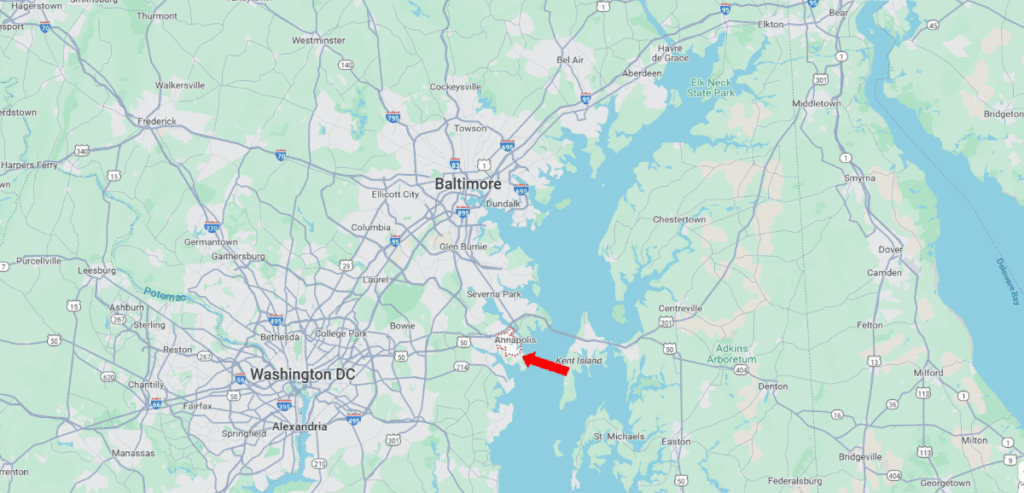
It still has many sights from the colonial period (18th century) and is often called the “Sailing Capital of the U.S.” Situated on the Chesapeake Bay, it’s a paradise for boaters, and many restaurants serve Chesapeake Bay blue crabs.
We visited the harbor, the lively downtown area where many boats were active that weekend. It was Memorial Day weekend, and normally you see a lot of American flags flying, but this weekend it was especially exciting 😉.

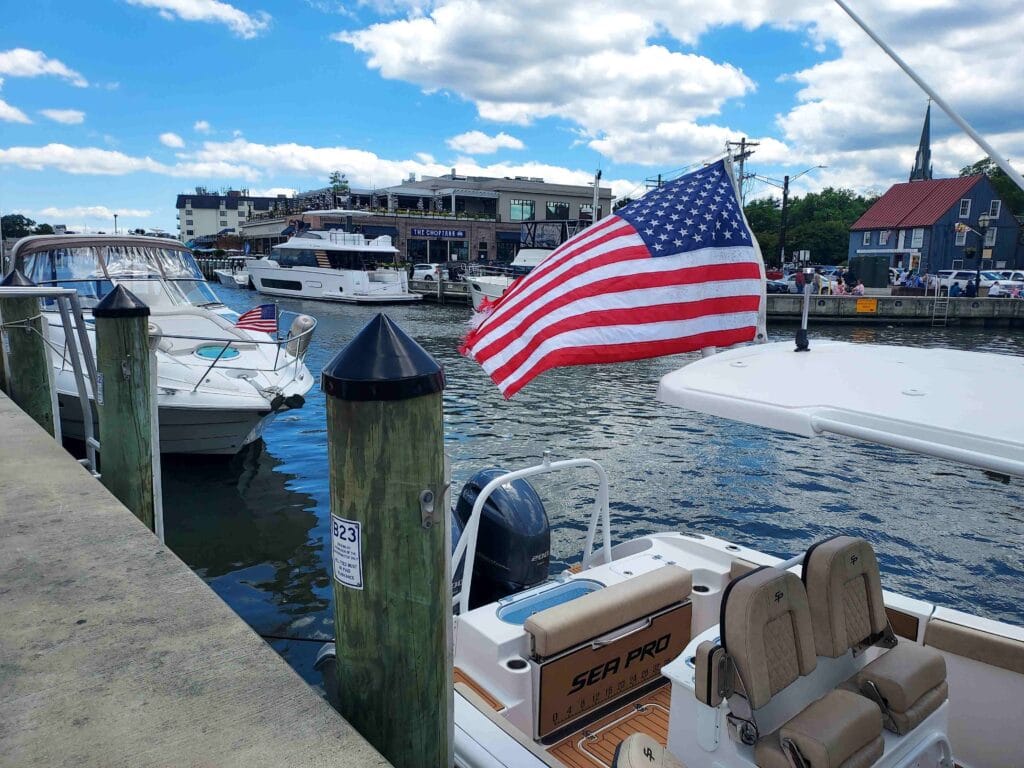
Philadelphia
We were also curious about Philadelphia, so we drove there the next day. By then, you’re already in the state of Pennsylvania. We started the morning by walking along Penn’s Landing, a boulevard within the longer Delaware River Waterfront.
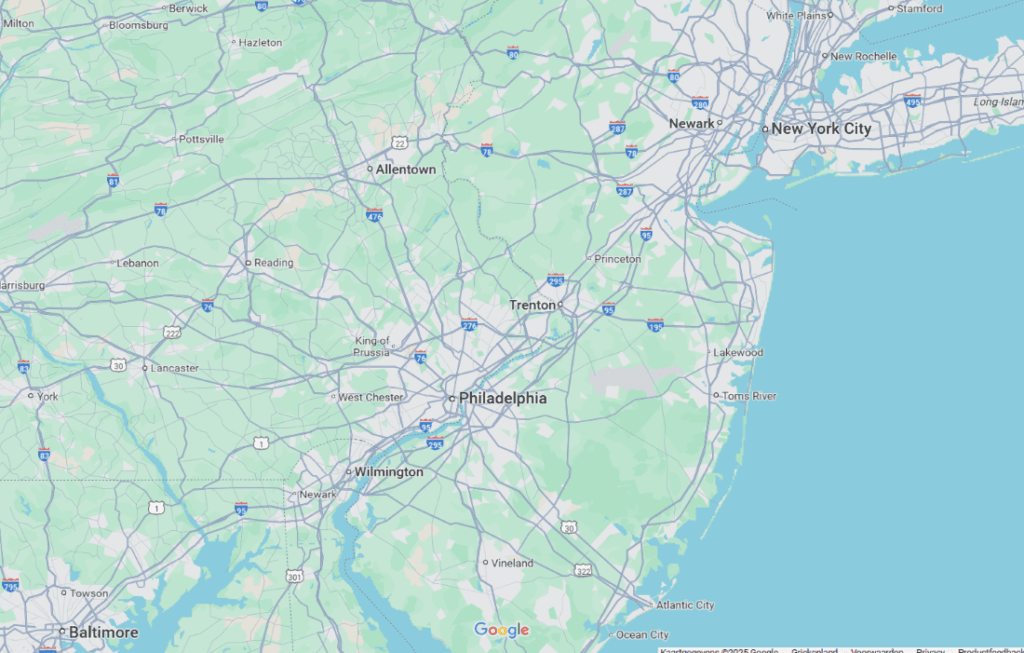
It’s lovely to walk along the water and see the classic ships moored there. You also have a view of the 3-kilometer-long Benjamin Franklin Bridge. And you also encounter history here from the Slave Trade on the East Coast of America, in which the Dutch played a role.
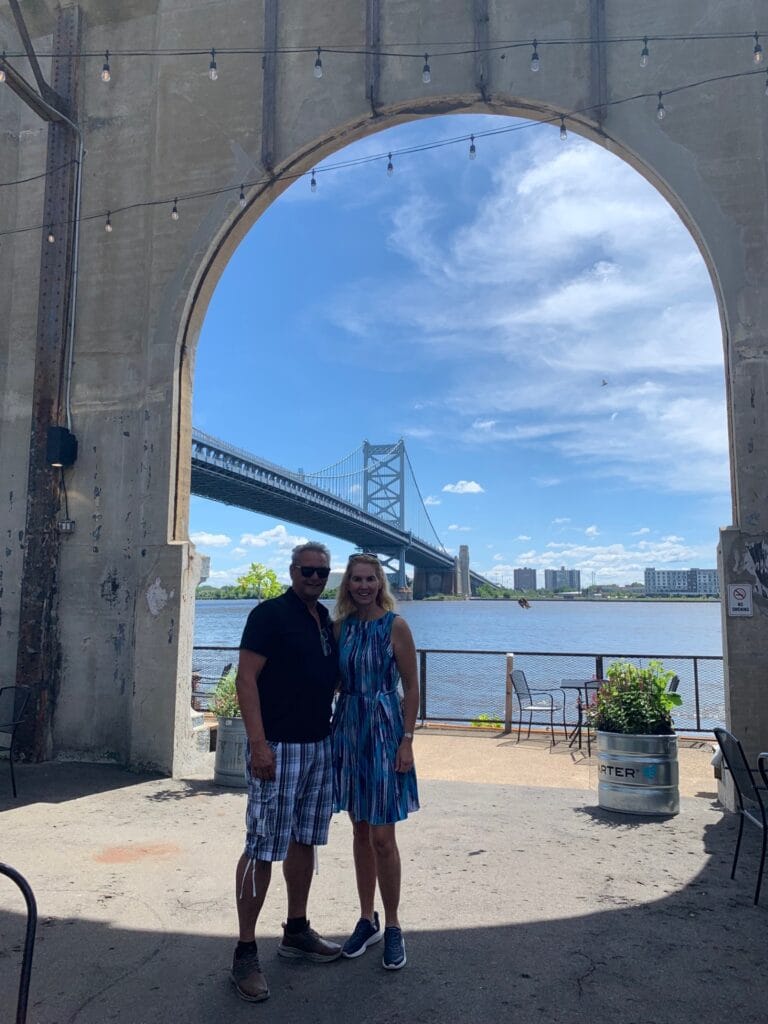
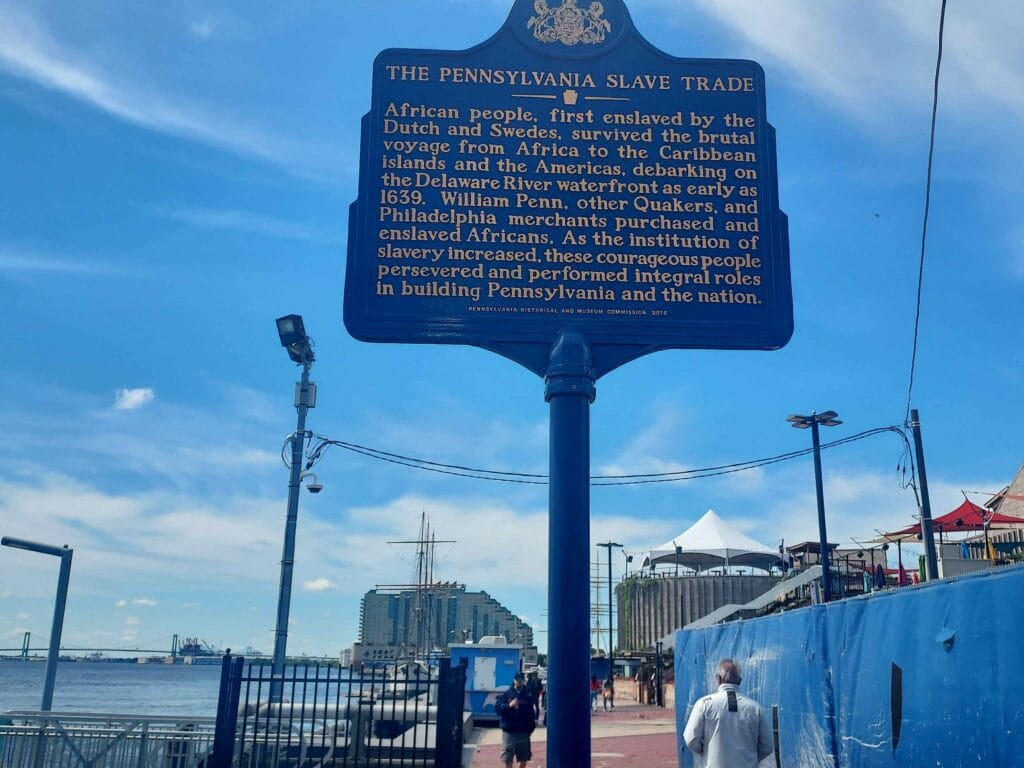
We were particularly charmed by the Cherry Streets Pier. It’s an old shipyard warehouse that has been converted into a creative and cultural center. You’ll see workshops by local artists (the studios are partially open to the public) as well as pop-up exhibitions and art installations. We thoroughly enjoyed wandering through them.
Nearby is Elfreth’s Alley, the oldest continuously inhabited street in the US, with houses dating back to the early 18th century. It’s a lovely spot, with the cobblestone street giving you the feeling of stepping back in time.
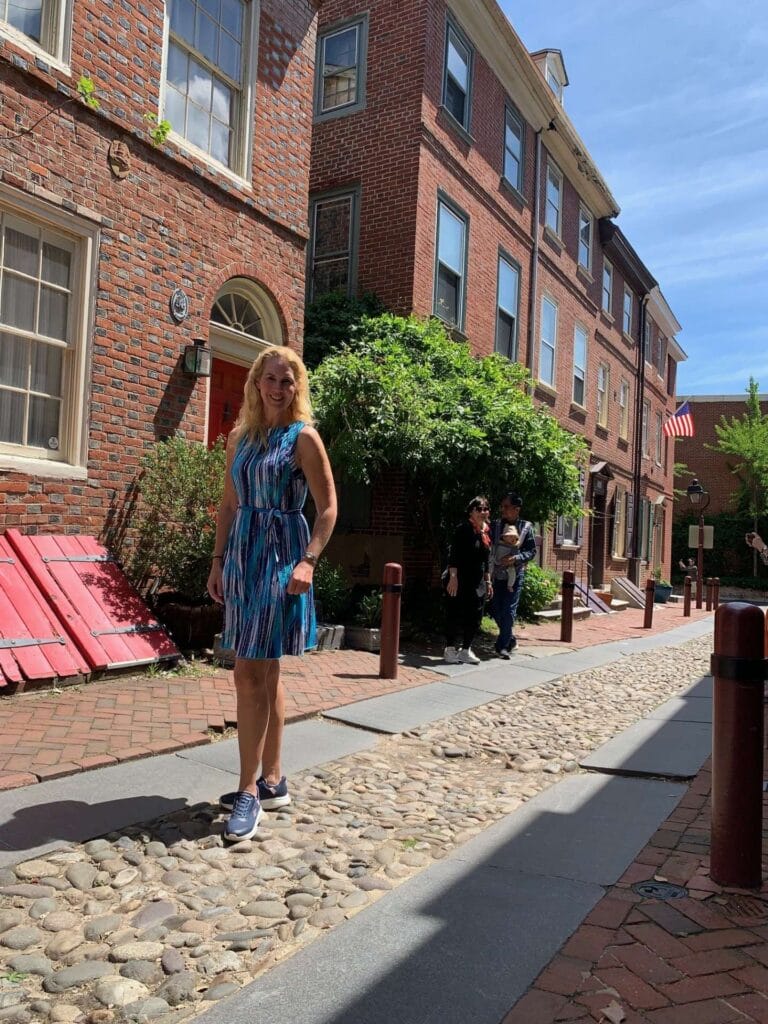
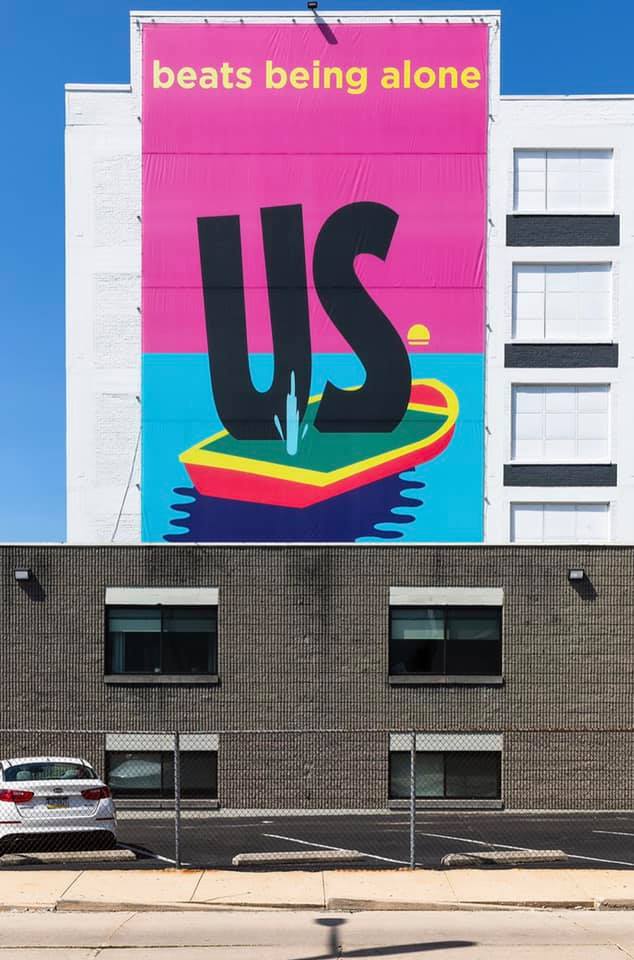
Philadelphia is also known for the Rocky movies, where Sylvester Stallone filmed iconic scenes as Rocky, such as climbing the stone steps of a museum (“Rocky Steps”) for his training. I was curious about the statue above in honor of Rocky. Apparently, you have to queue to take a picture of or with the statue. But then you’re rewarded with a beautiful view of Philly!
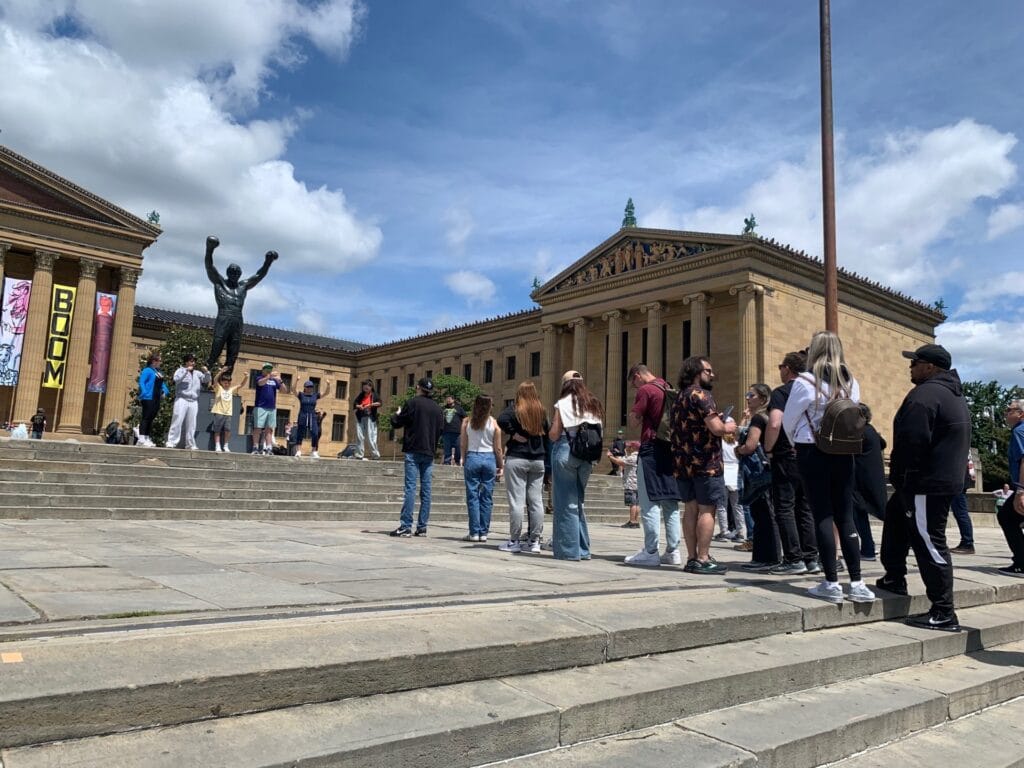

Flying to Oranjestad, Aruba
After arriving at JFK Airport, we returned the rental car after 12 days and flew to Aruba in 4.5 hours. You land in the capital, Oranjestad, at Queen Beatrix International Airport. Also known as Aeropuerto Internacional Reina Beatrix in Papiamento. The island is about 32 km long, making it very manageable.
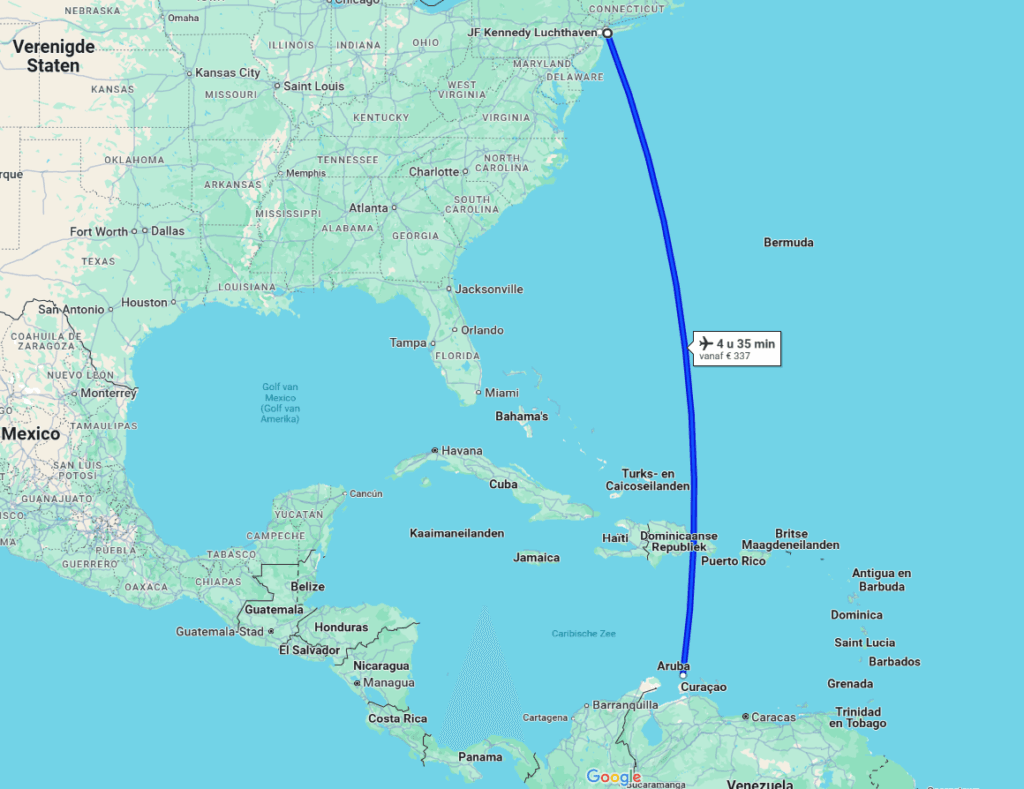
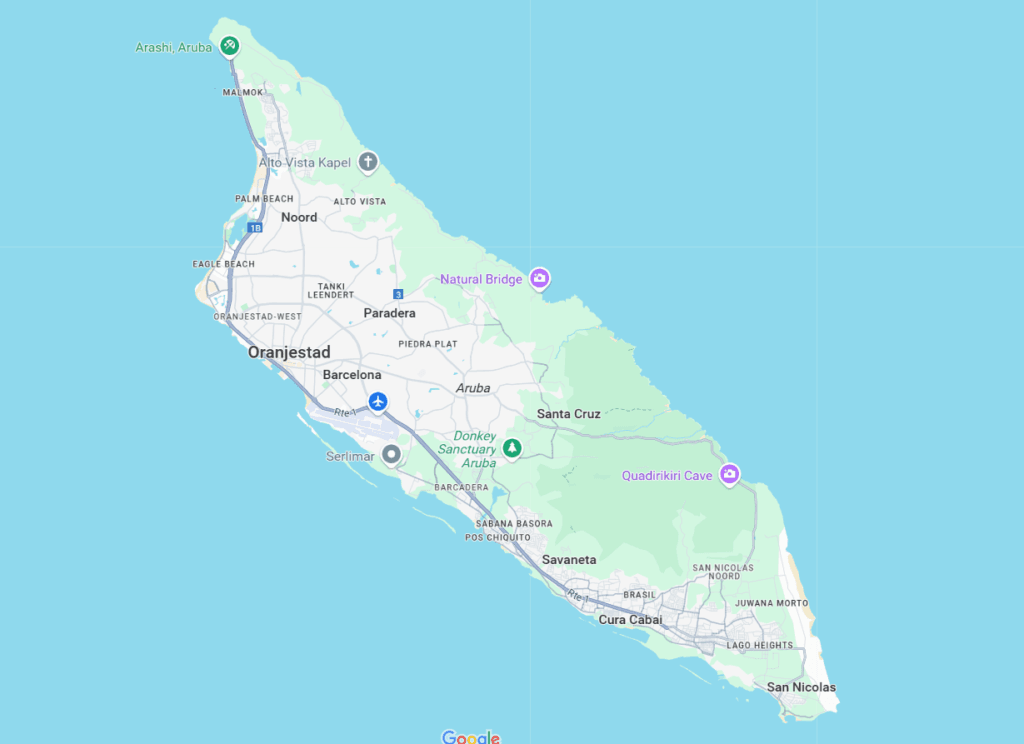
We’re here for 10 days because I’ll be providing four days of training at KPN of Aruba SETAR NV. They are the national telecom provider for Aruba, a state-owned company with approximately 400 employees. I met L&D Manager Christel Croes last year at the ATD in New Orleans. She attended my session and a few months later asked me if I would like to provide an online Train the Trainer for their eight trainers in the Customer Contact Center. This collaboration with Christel and my colleagues at the KCC was so successful that we agreed I could also train at their headquarters in Aruba while I was on the east coast of the USA in May. We also put together a new group of trainers who would attend a two-day Train the Trainer program, and Christel also asked me if I could inspire and practically guide 50 SETAR employees in using ChatGPT.
So, in total, it came down to four days of training, which we divided into two sets of two days. Because Thursday was Ascension Day in Aruba, many employees had four days off between the two training days.
As a Dutch citizen, you can enter Aruba without a visa. You are granted a standard 30-day stay upon arrival. Every traveler—including Dutch travelers—must complete a digital ED Card (Embarkation–Disembarkation Card) in advance, which costs €20. And for paid work—such as providing training—you need a work permit, which Christel, my client, had arranged for me through SETAR.


Welcome by Airbnb owner Maurits
We were greeted at the airport by Maurits. We had booked his Airbnb because it was within walking distance of SETAR.
We were surprised by the green entrance to his Airbnb and the cozy space he had created: a garden with a swimming pool surrounded by four small houses, each accommodating four people. He lived in the main house with his wife. Here you see Gilles talking with Maurits.
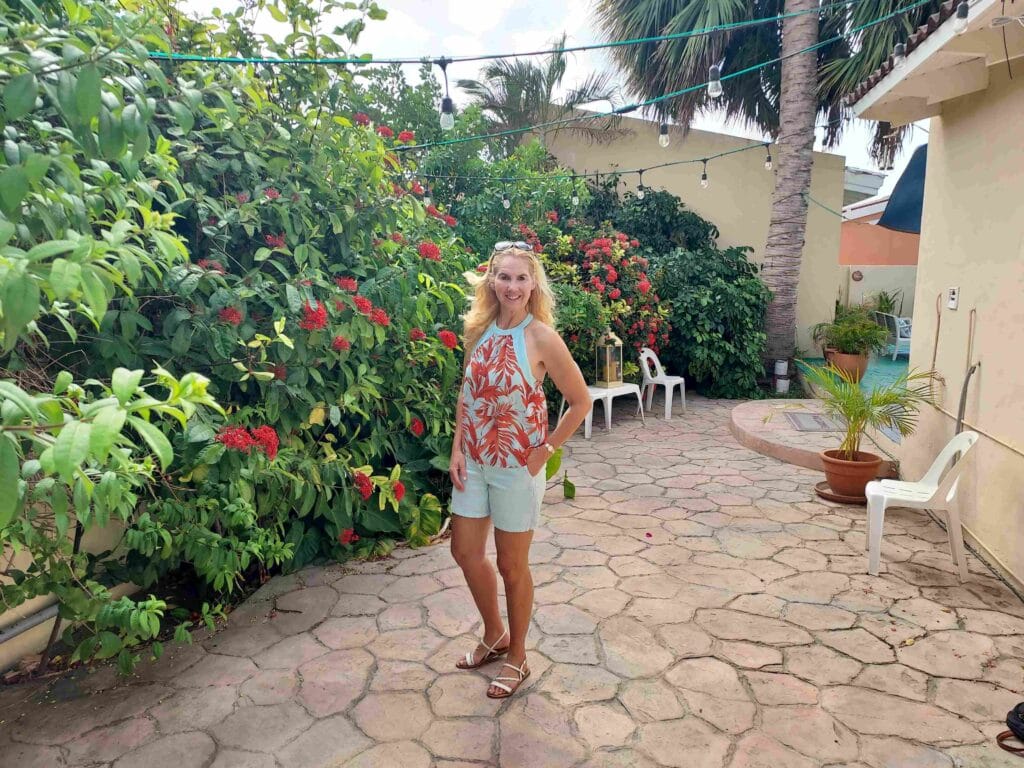
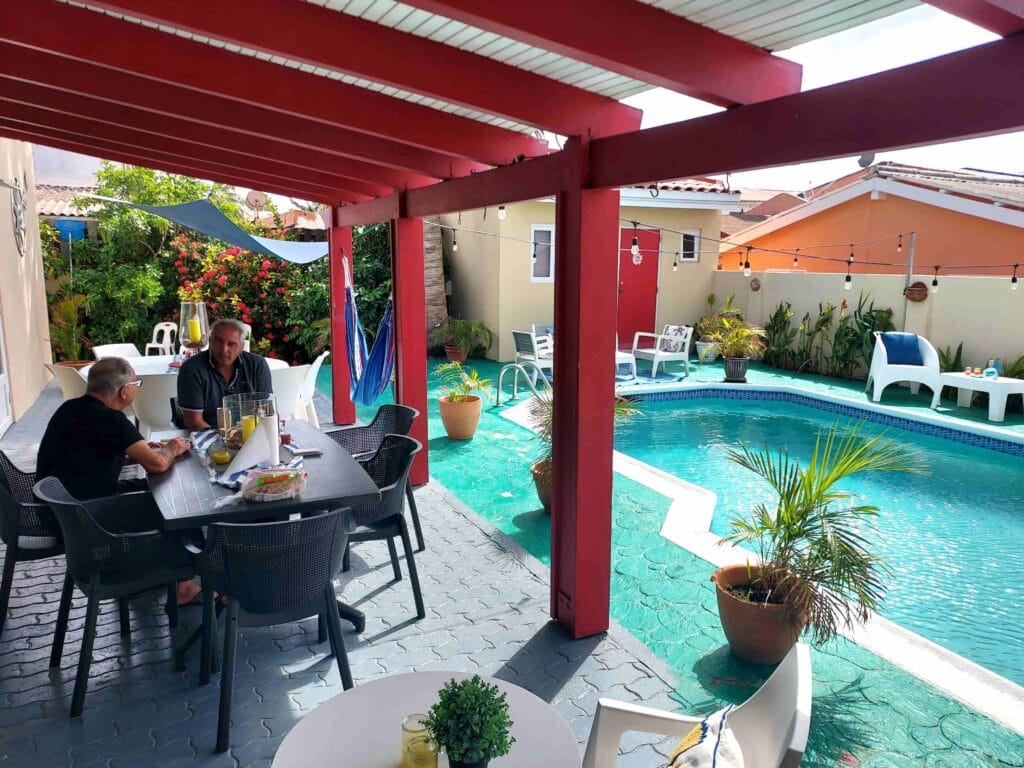
We were also offered Aruban drinks, and in the evening, the lights were turned on around the pool, where we could also barbecue at the picnic tables. The house had air conditioning and a kitchenette, so we were thrilled!
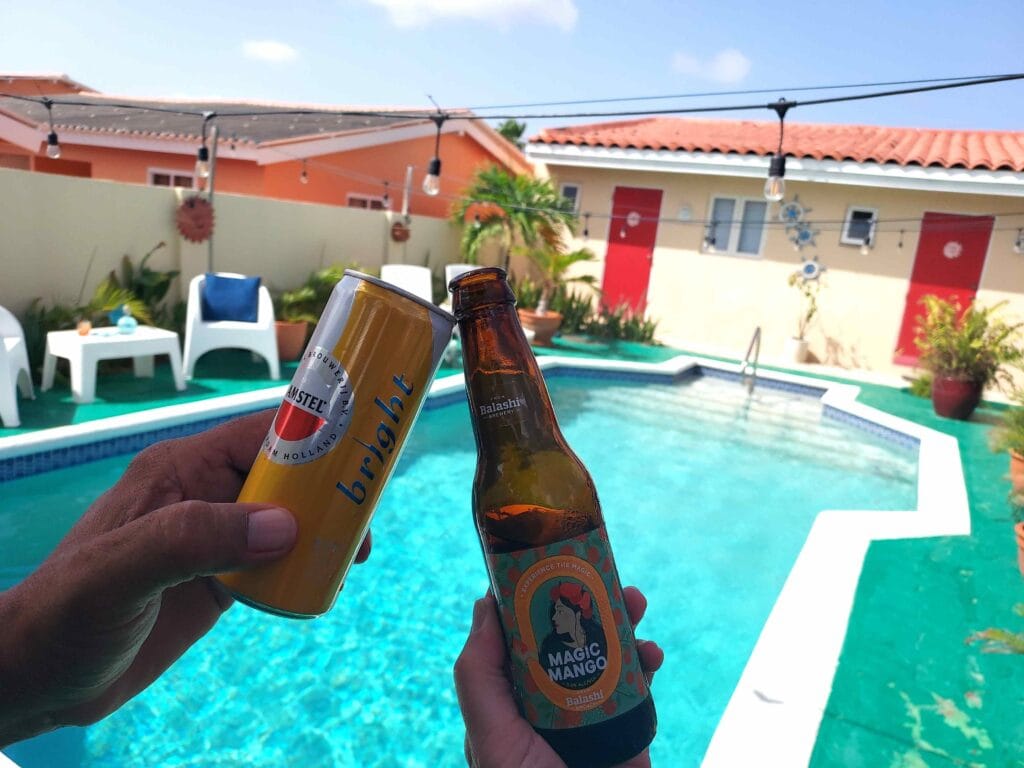
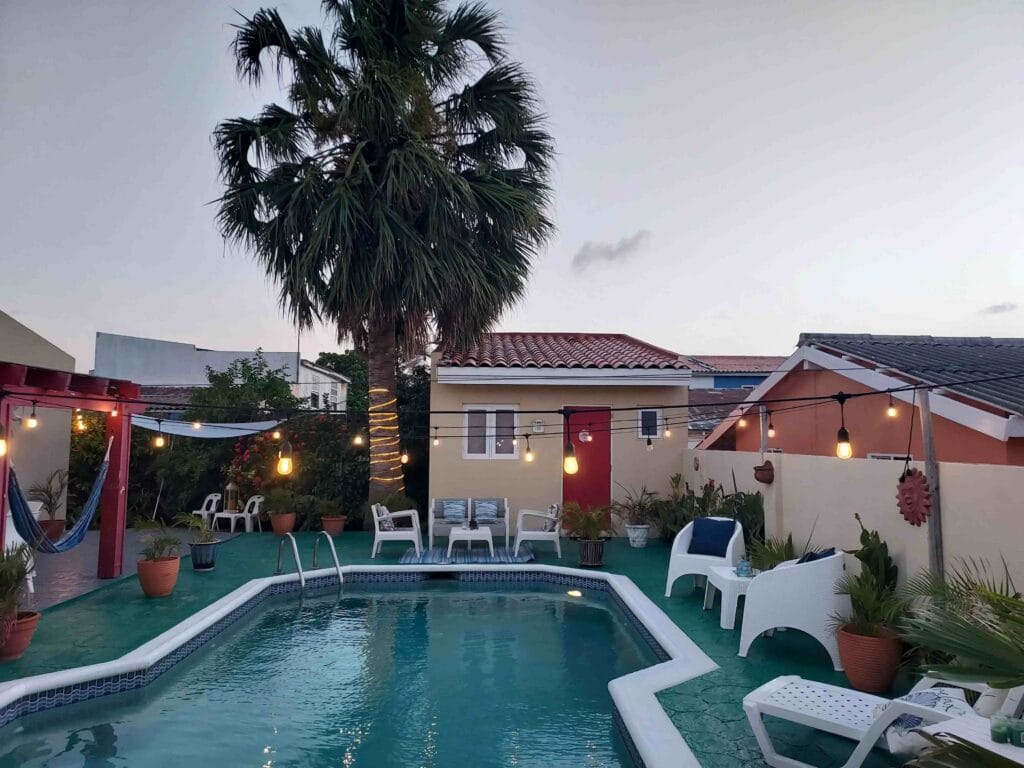
From my previous collaboration with SETAR, I knew the culture was a great mix of Dutch fluency, an American hard-working mentality, and warm Caribbean friendliness. This mix was also reflected in the streets: you saw signs with the words “Bebouwde kom” (built-up area), there was even a Dutch bakery (with pie and sausage rolls), you pay with Florijn (about half a euro), and everywhere you looked were palm trees, beautiful beaches, and delicious Caribbean food. The American feel also appealed to me: everything is well-organized, efficient, the people are service-oriented, and everything is taken care of properly.
Giving training in Aruba
The next day, I walked to the SETAR headquarters for the first day of training. It was a large building with lots of vans in front of it, for the field staff who help clients across the island. I had a nice, large, modern training room, and the group of 10 new trainers walked in.
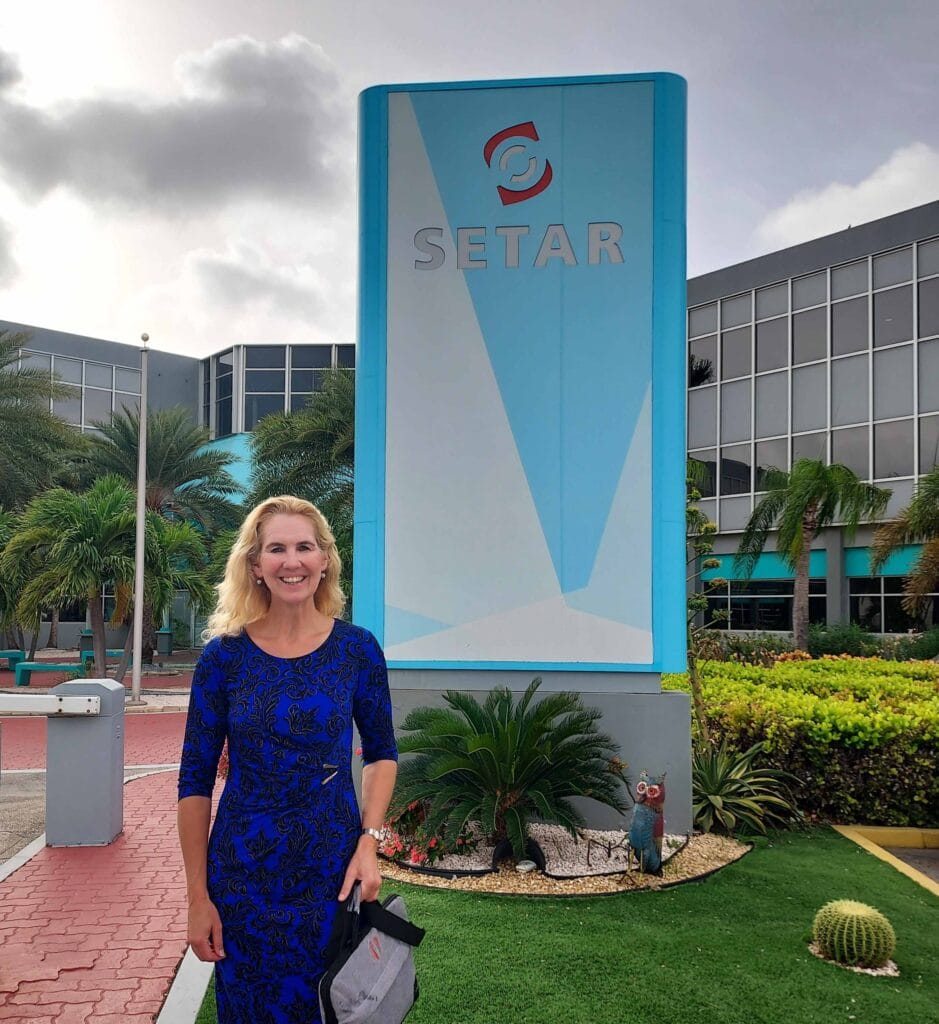
We had a great first day of working together; they had everything well-prepared and enthusiastically participated in the exercises. The fun part was that at 10:00 am, during the first training break, we had a “breakfast,” as they call it in Aruba. It was a hot snack, like a pastry or an Aruban croquette. Every four days, this was provided by the lovely housekeeping staff, who were always present around the training room and coordinated with me about the breaks.
During the lunch break, everyone took their own break. Most people brought some food with them or went to the McDonald’s down the road to get it. I walked to the cafeteria, which SETAR also had, to get a hot meal that Christel had arranged for me. At every training session, a hot meal with a “Signora Laura” sticker was ready for me at noon. Way too much and way too delicious! Often, a few students would join me for a hot meal or just hang out. But just as Dutch people often go for a walk with a group of colleagues during their break, that never happened here. “We don’t walk in Aruba, Laura,” I was told. I burst out laughing. That obviously has to do with the heat, but also with the often-loose guard dogs. Even if they want to go to the end of the street, for example, to do some grocery shopping, they have to take the car. So when I walked back to the AirB&B, a 5-minute walk, after training, it was noticeable 😉.
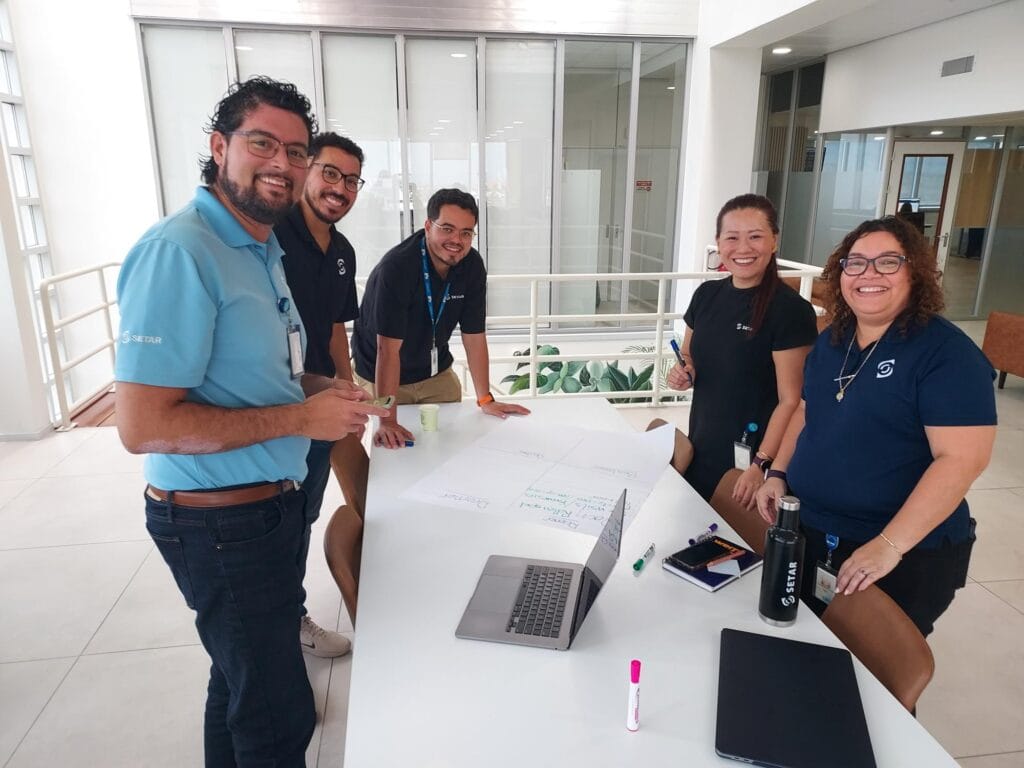
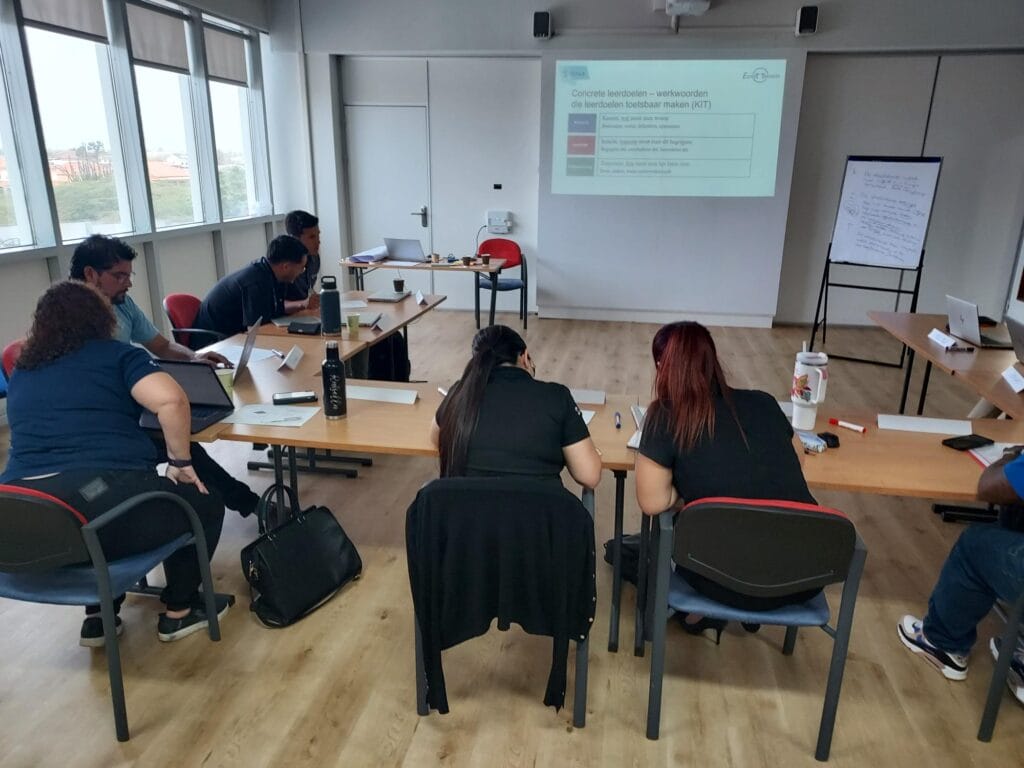
After returning from training with Gilles at the AirB&B, we celebrated our first great training day together with dinner on the beach a little further away!
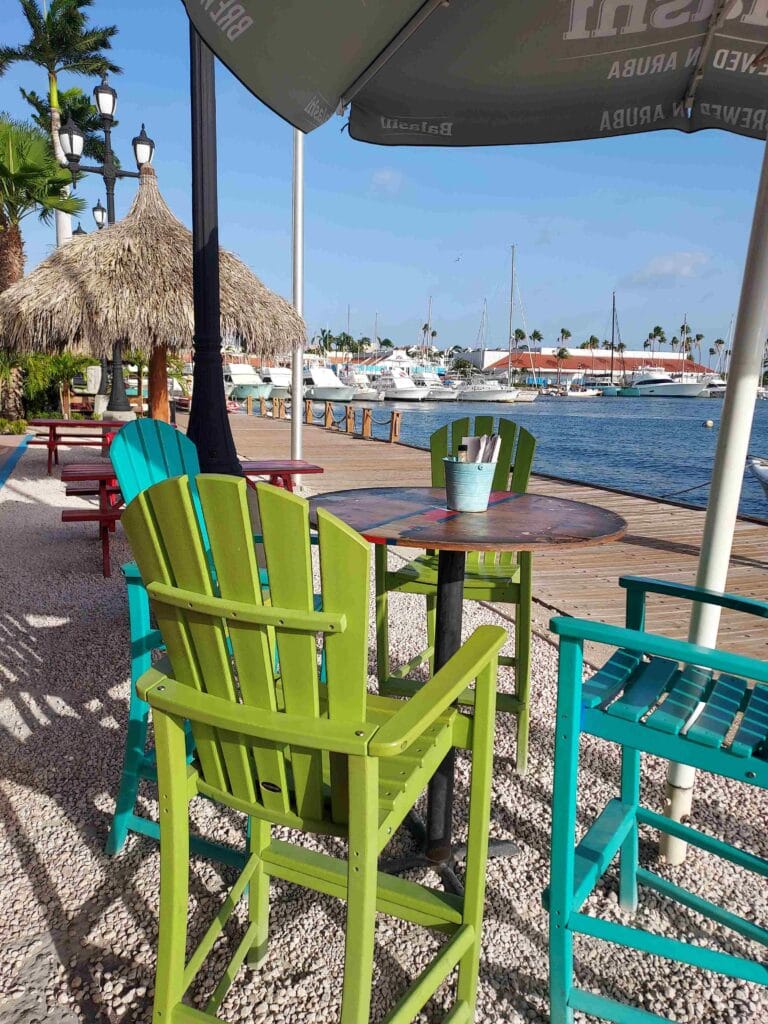
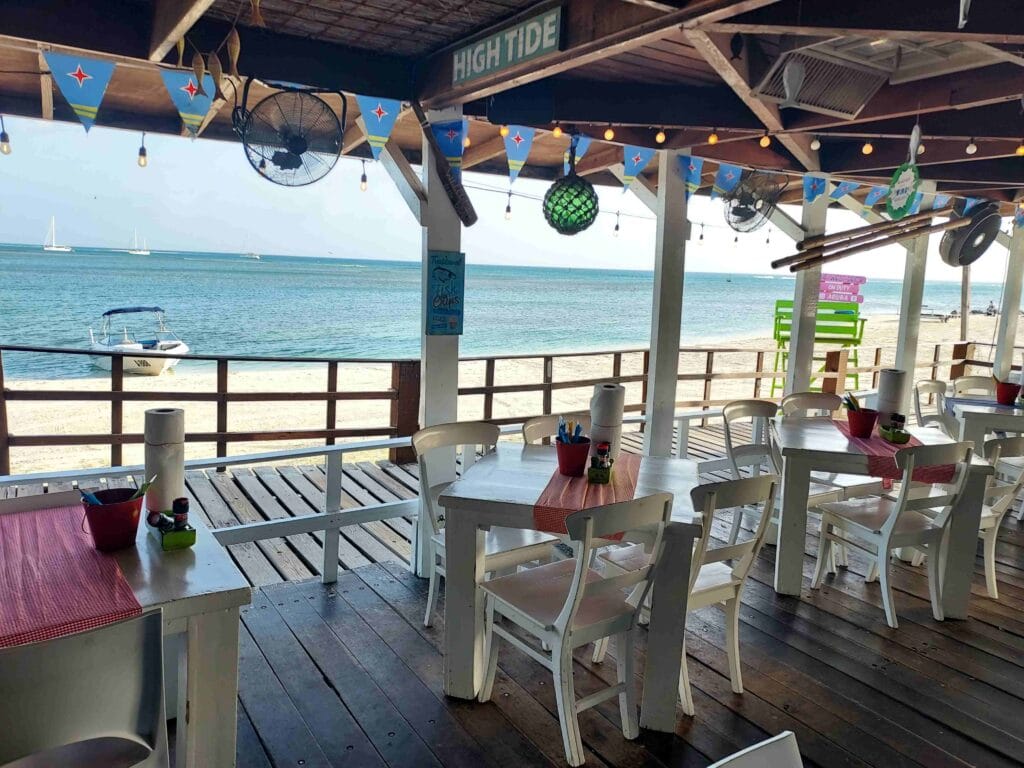
The next day, my KCC colleagues were my trainers for a day of training. It was a warm reunion after our online collaboration! It was wonderful to meet them in person at the location in Aruba. I loved seeing how much they had put into practice after our online collaboration six months earlier.
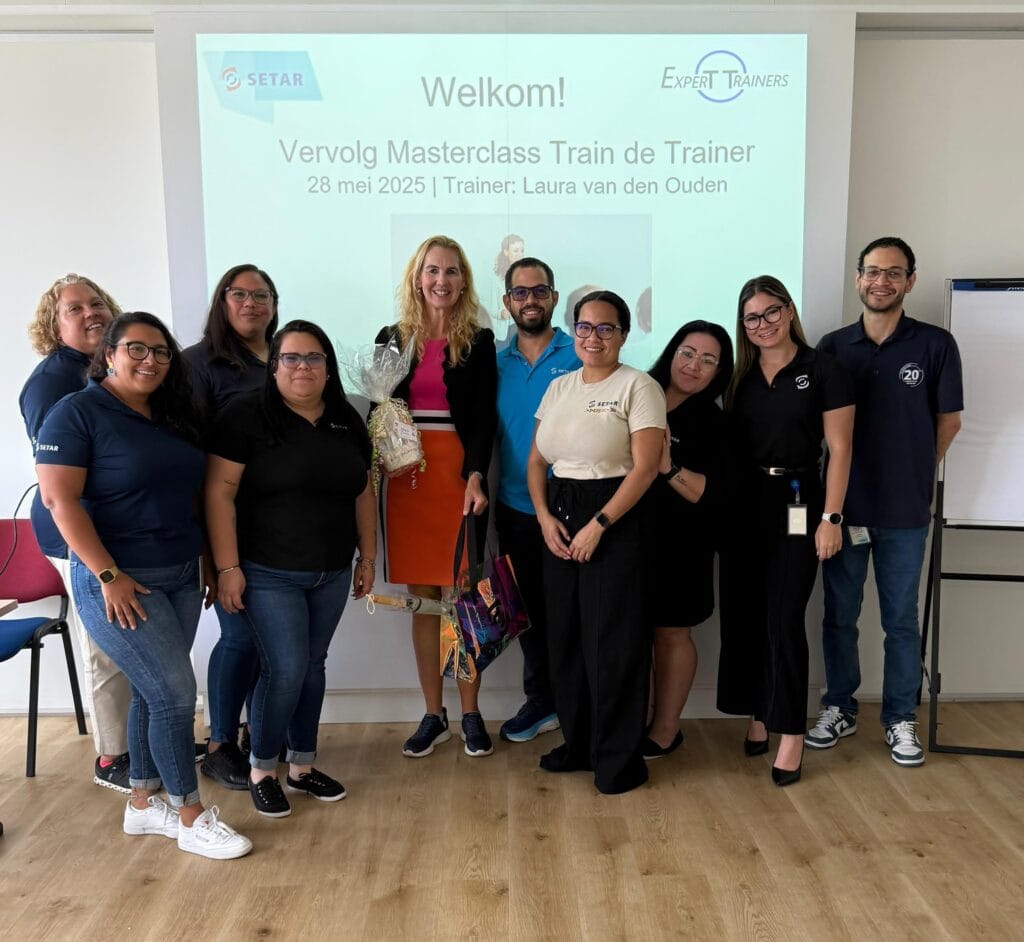
After that, the long weekend would begin for many SETAR employees, and for me, that meant four days to explore the island of Aruba. We left Maurits’s house and embarked on a fun trip around the island. We had rented a car for three days and booked an apartment in the center of the island, providing a good base for exploring in all directions. We would return to Maurits’s AirB&B on Sunday evening for another three-day stay.
Oranjestad
First, we went to explore the capital, Oranjestad, a bit more. As mentioned, there are lovely nods to Dutch history, with these Amsterdam-inspired houses. And I definitely popped into the Dutch Bakery 😉.
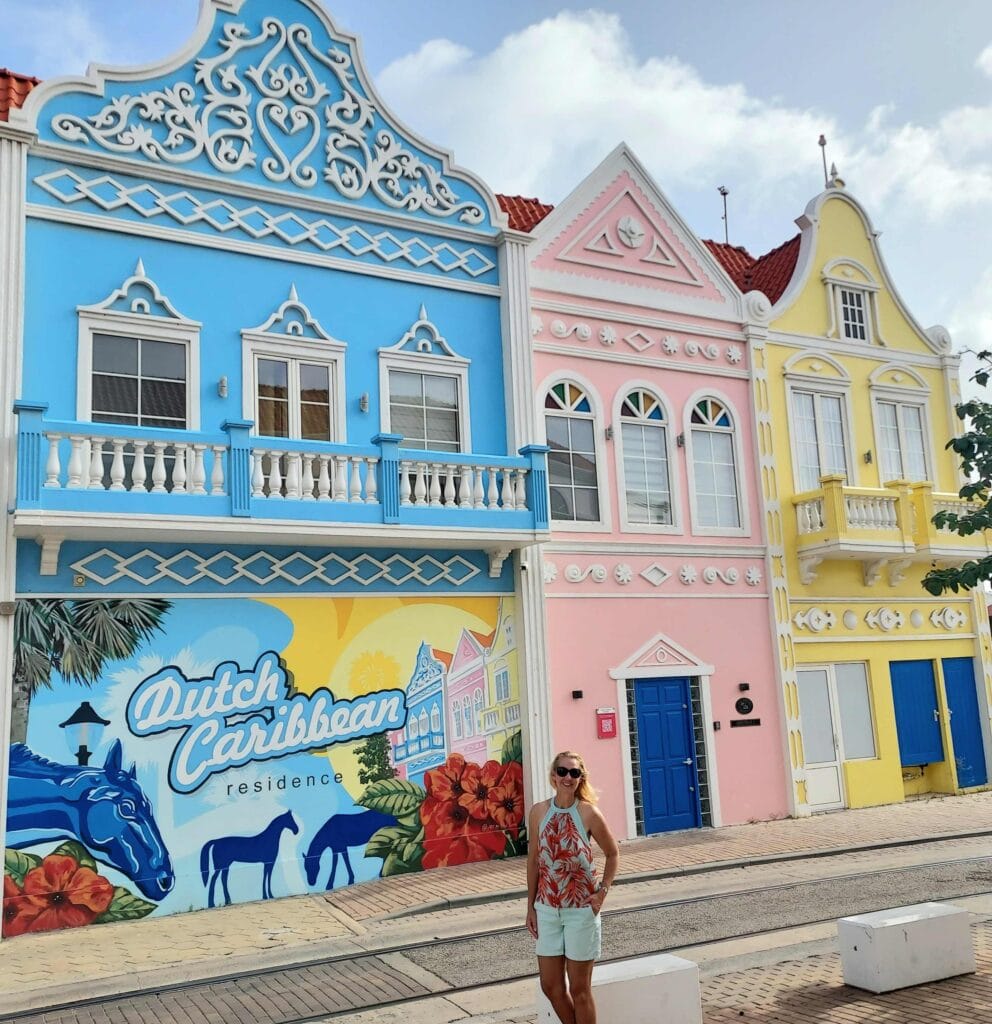
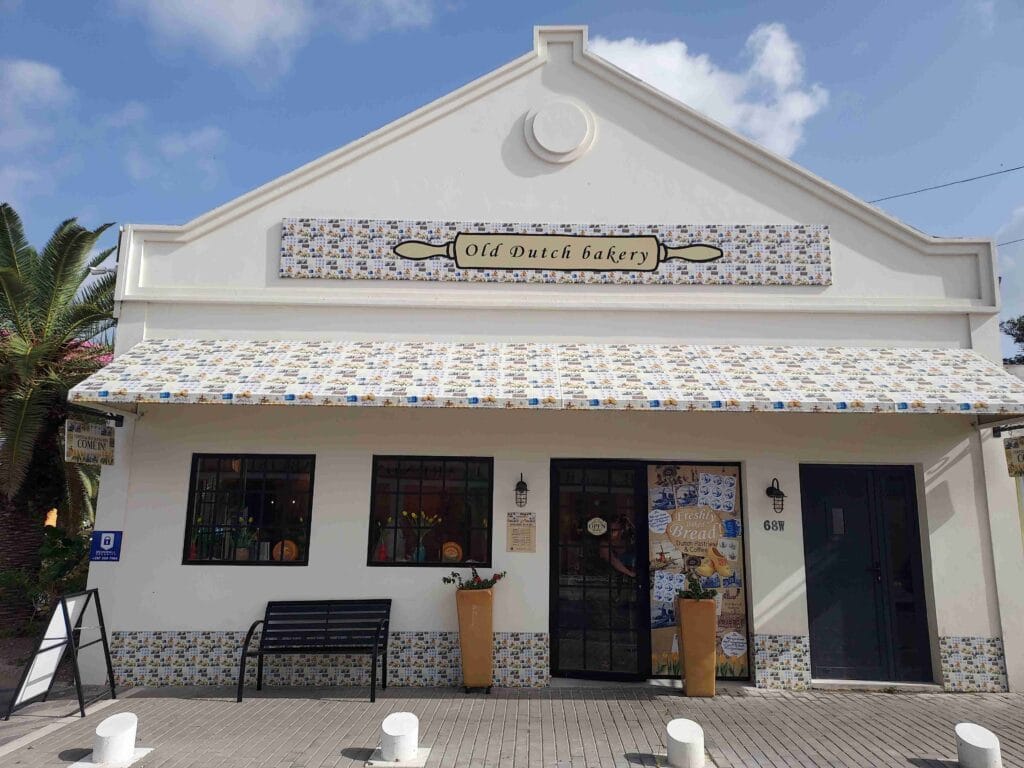
I also took a picture of the currency, the Florin; the square coin is particularly striking. It’s neatly depicted with Beatrix or Willem-Alexander.
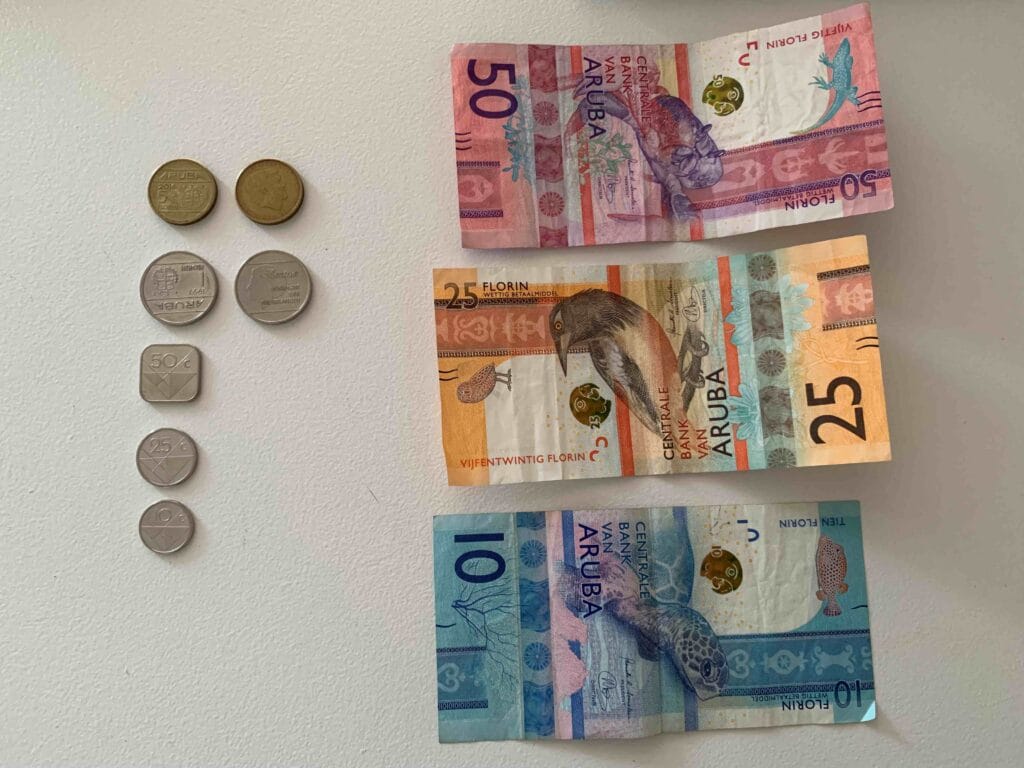
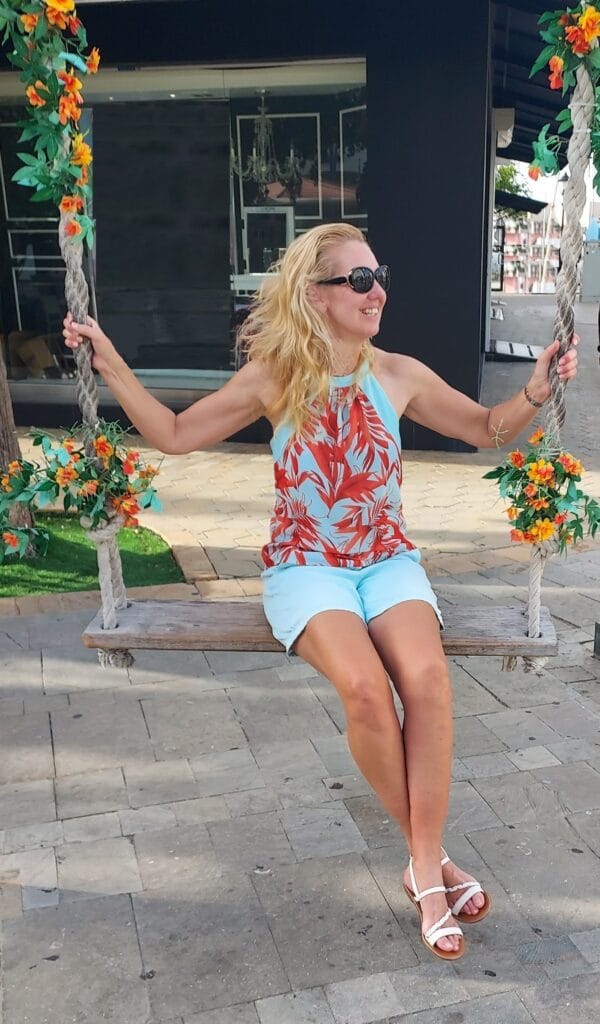
Pelicans and Coconuts
It was nice to be so close to the water on a small island like Aruba. And to see lots of pelicans in the harbors there. You also see lots of bright colors and charming spots in the villages and towns.
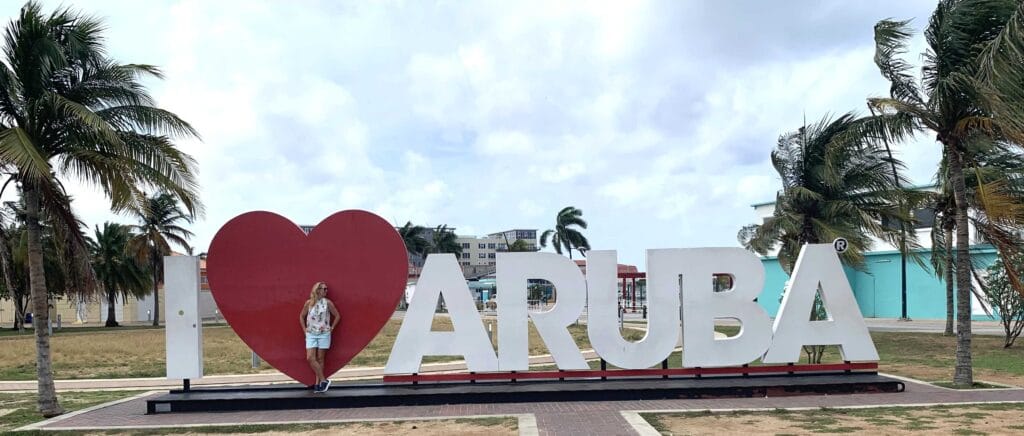
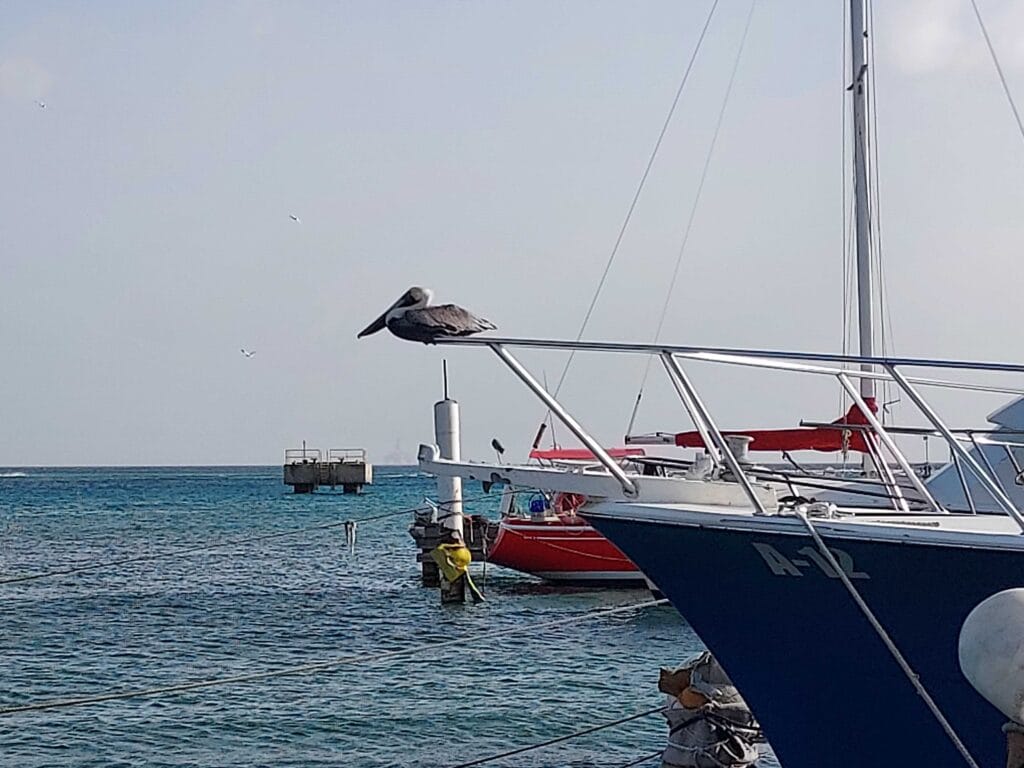
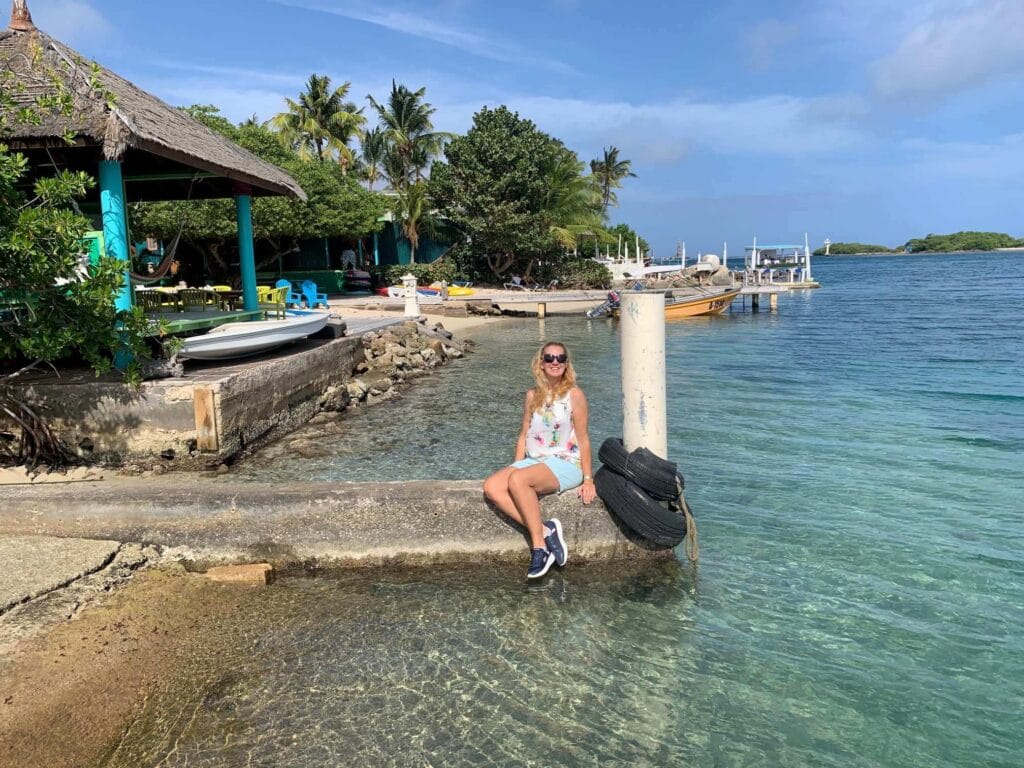
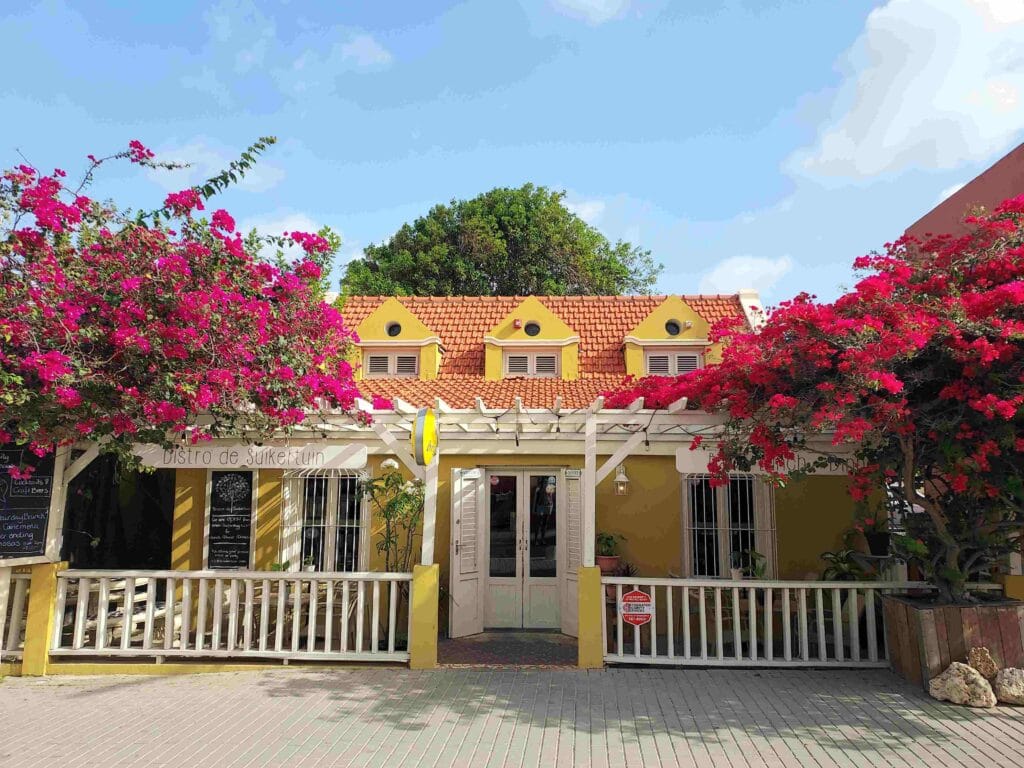
In the north, it gets a bit rougher and rockier, with large cacti along the road.
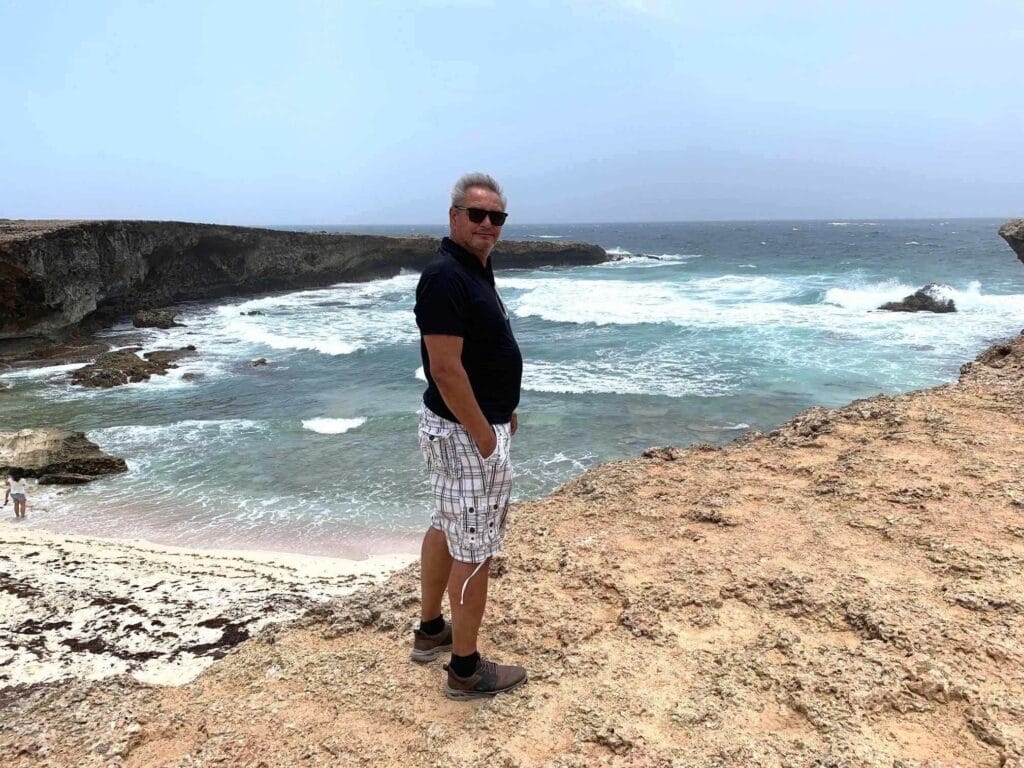
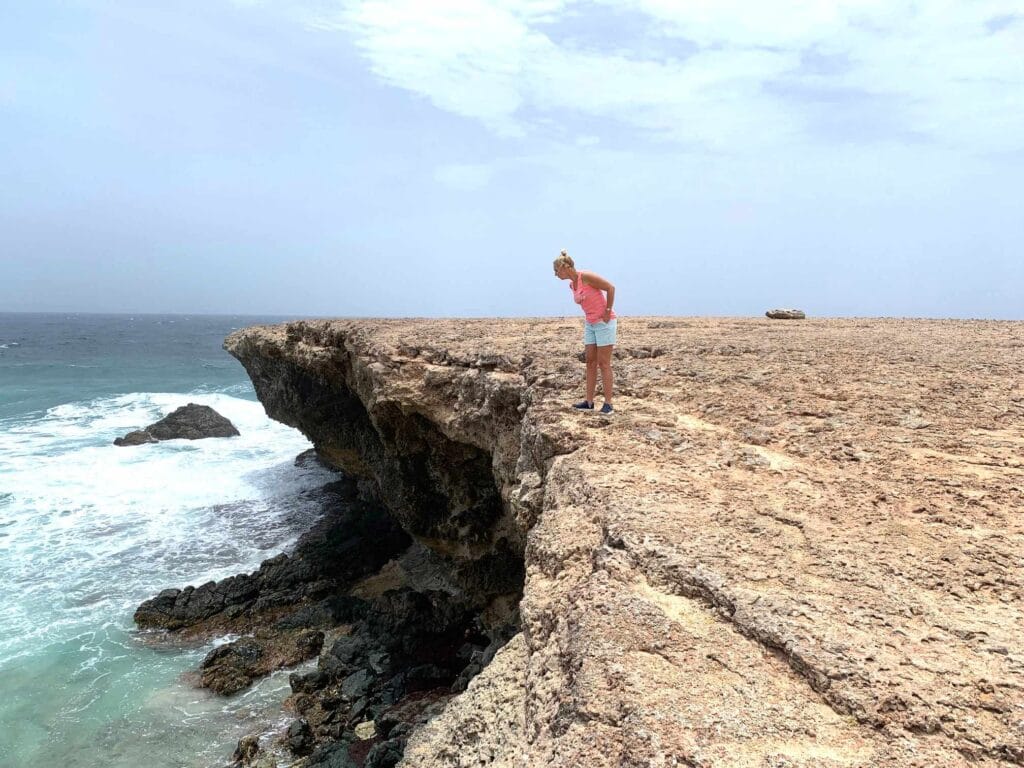
And at this stall, you could buy coconuts, the juice and then the pulp of which were prepared for you.
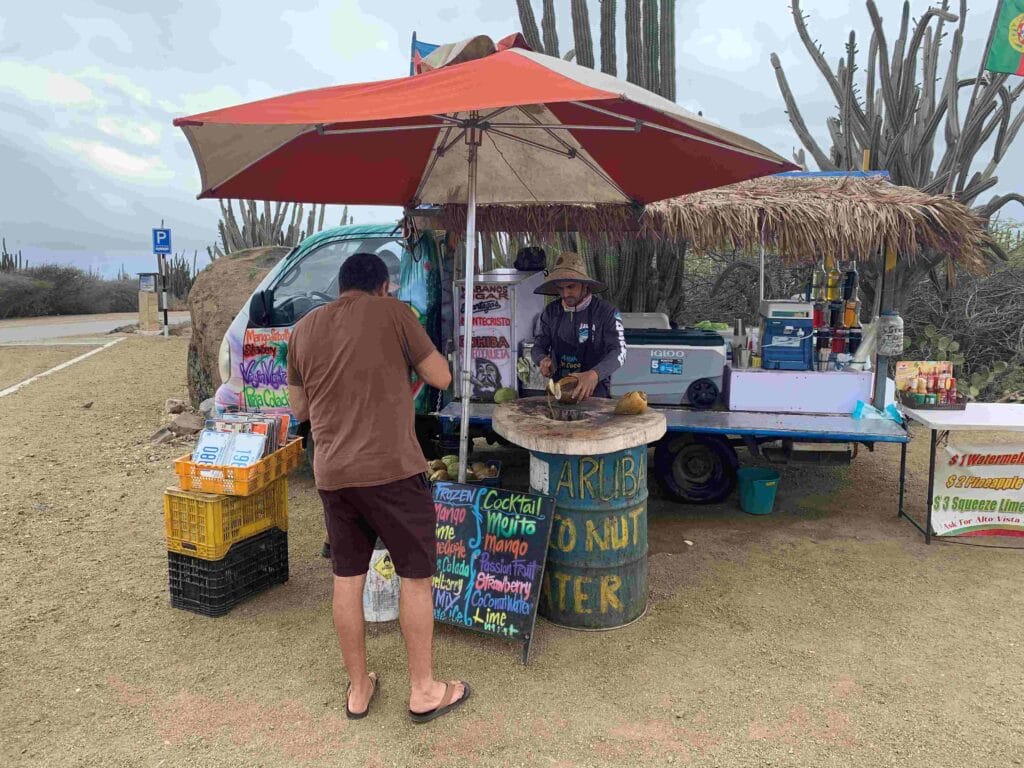

Arikok National Park: Fontein Cave and Quadirikiri Cave
Tourism is more prevalent on the west coast, where you’re also well protected from the wind that often blows from the east. And on the east coast, a large part of Aruba is a National Park. We bought a ticket for this and visited these caves, for example (Fontein Cave and Quadirikiri Cave).
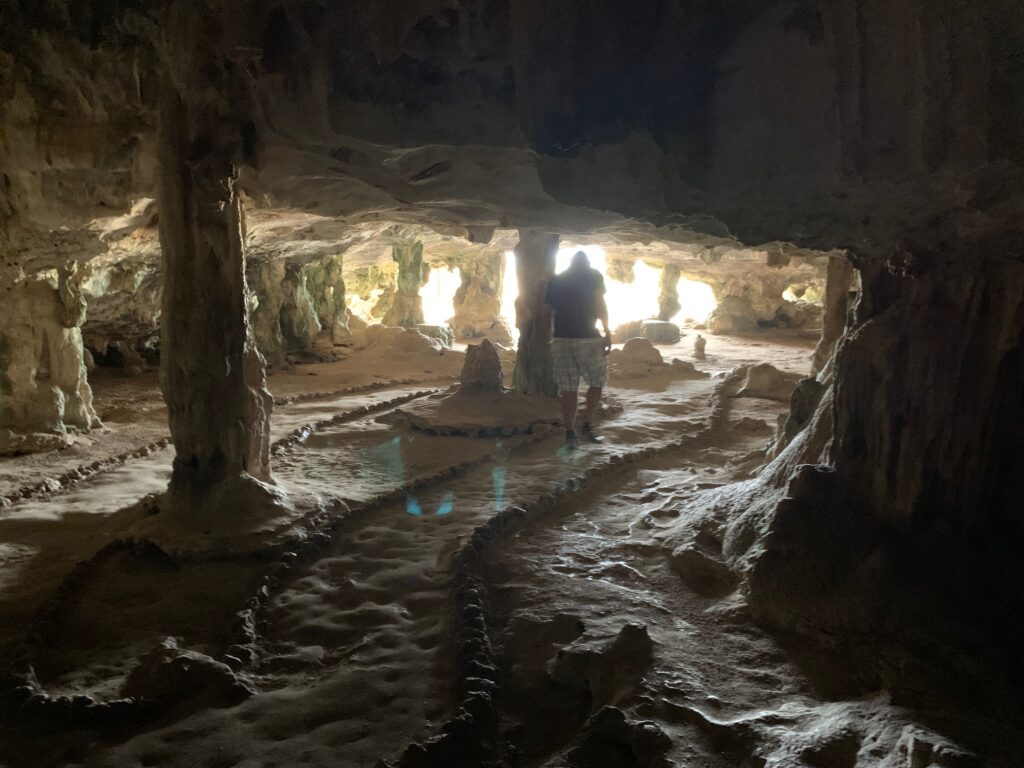

San Nicolas: mural art
The southernmost town of Aruba is San Nicolas. It’s known for its artistic flair, with lots of street art. It’s truly beautifully done; we were amazed.
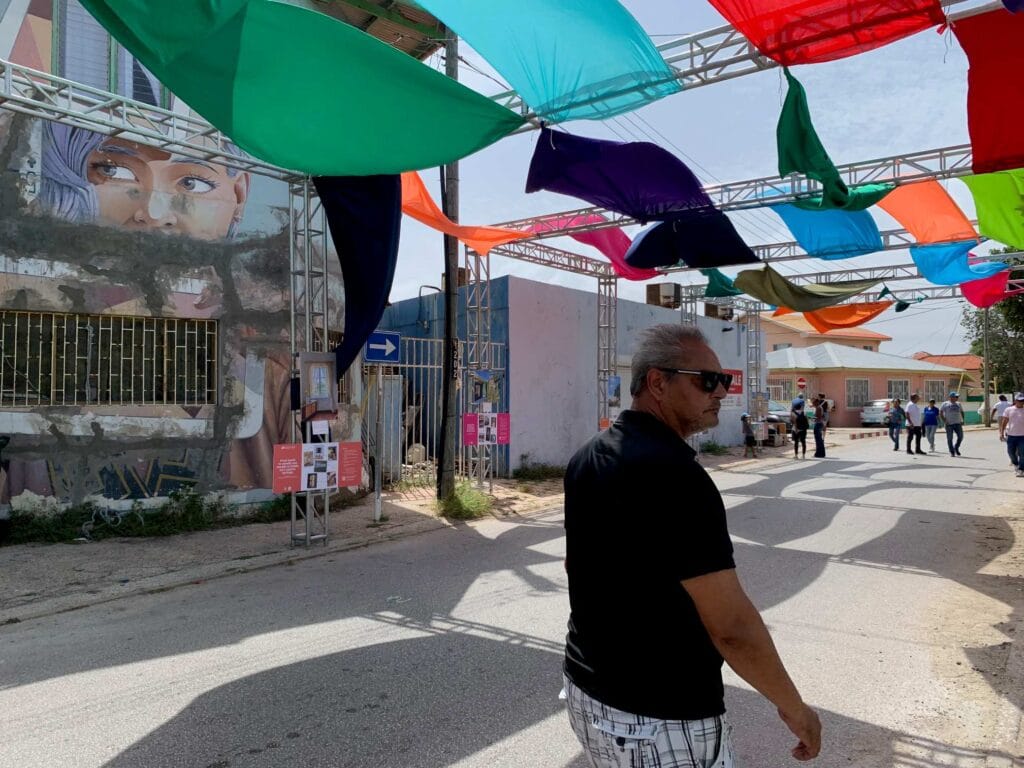
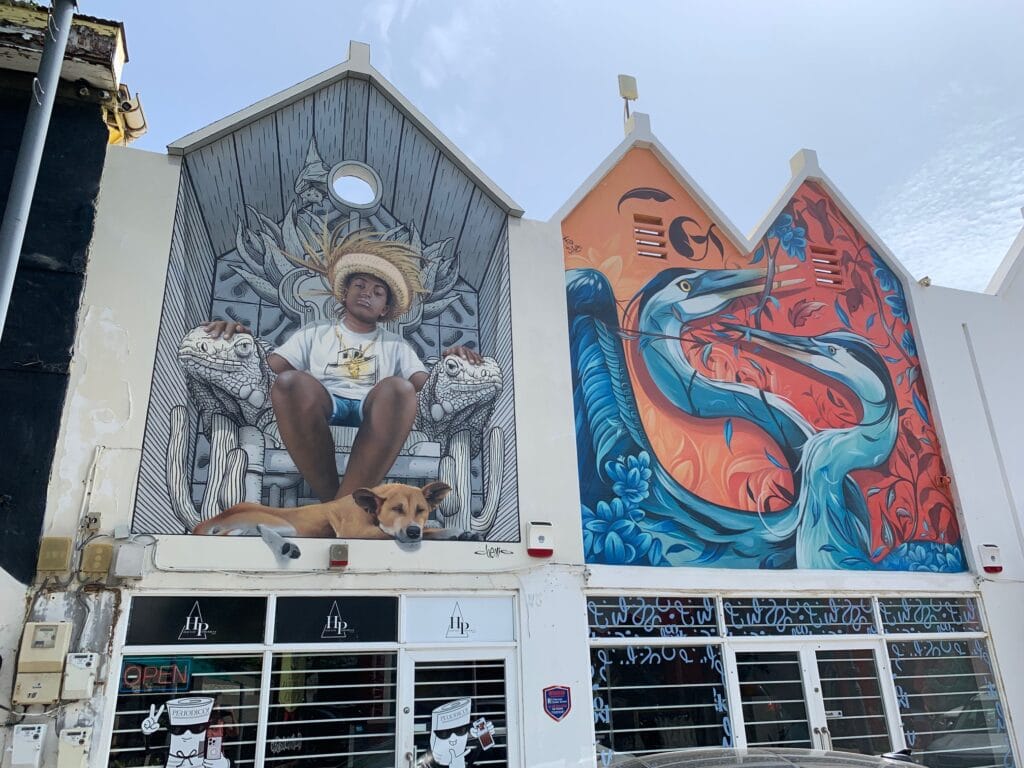
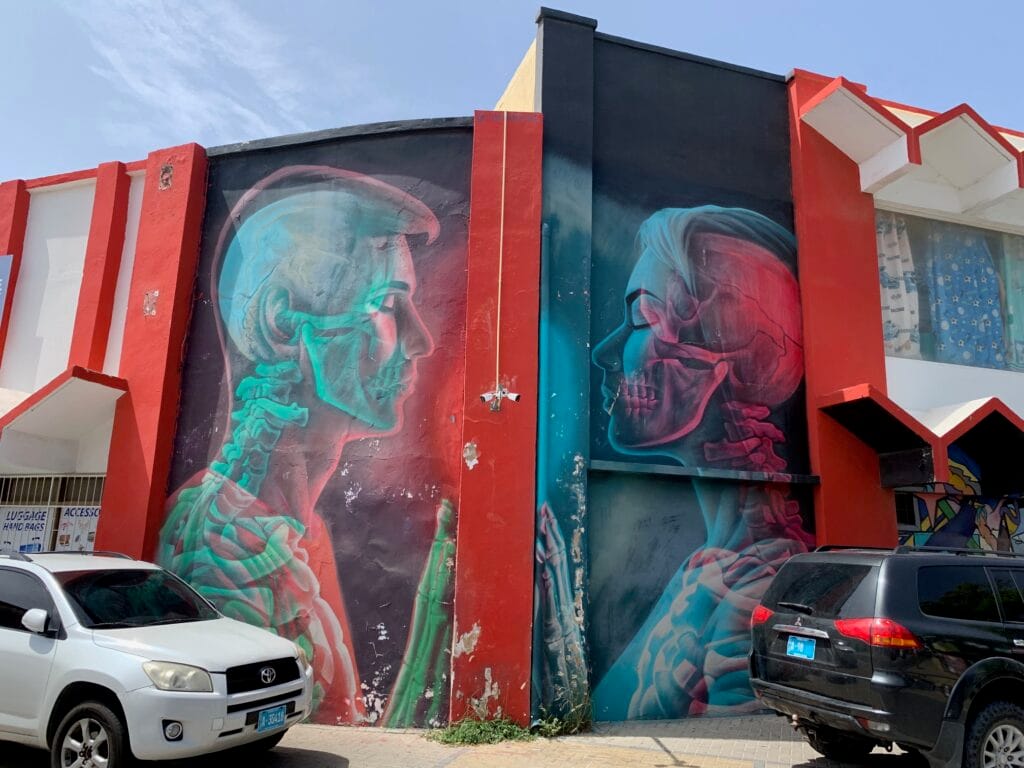
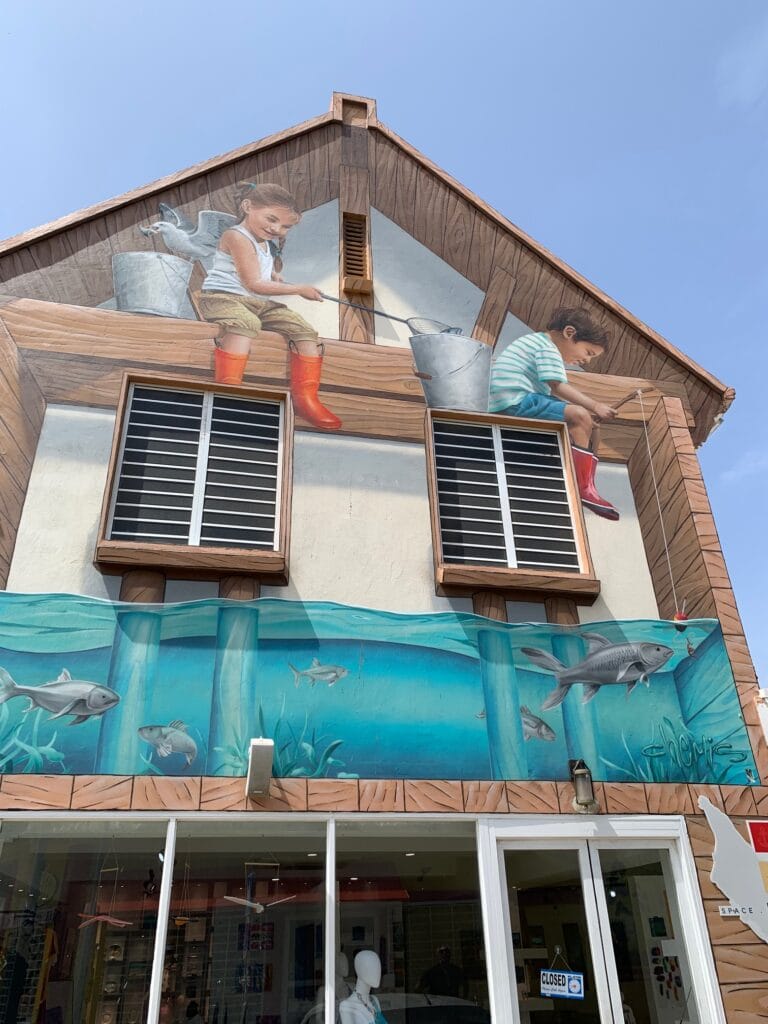
Snorkeling tour with a catamaran
We saw many catamarans moored in Aruba, especially in the harbors now and less at anchor, because from the beginning of June the wind picks up and hurricane season begins. It lasts until November, a really long time! So, we realized, the sailing season is actually quite short here. On the sheltered west coast, we were able to take a snorkeling tour on a full commercial catamaran with 50 guests on board.
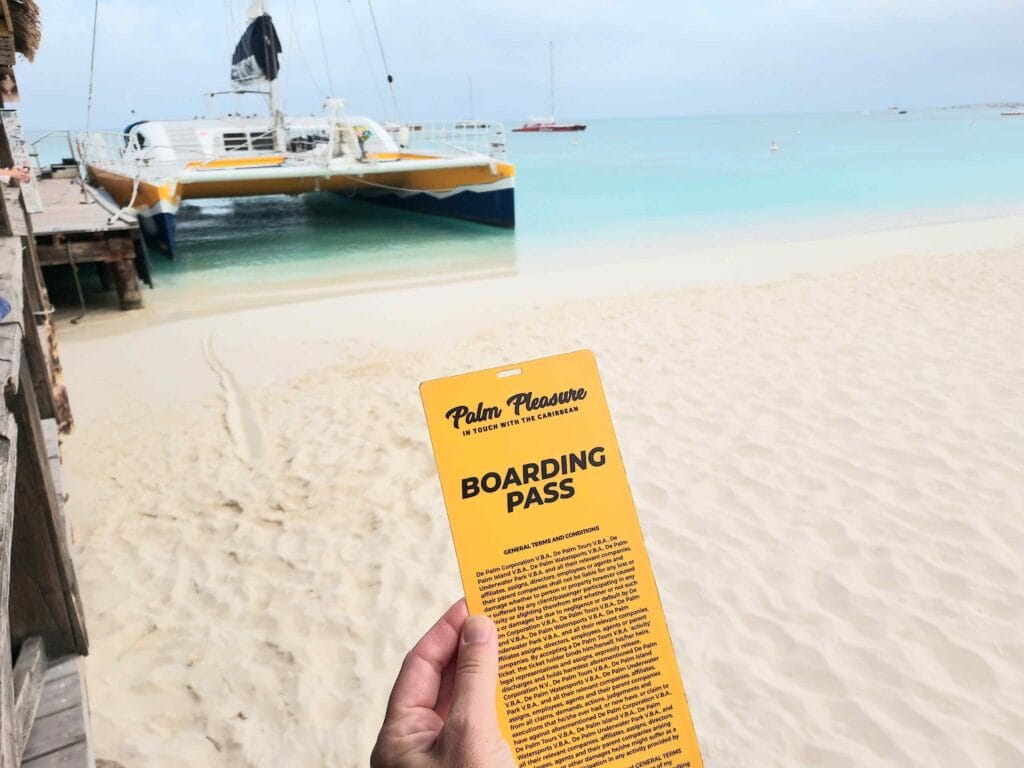
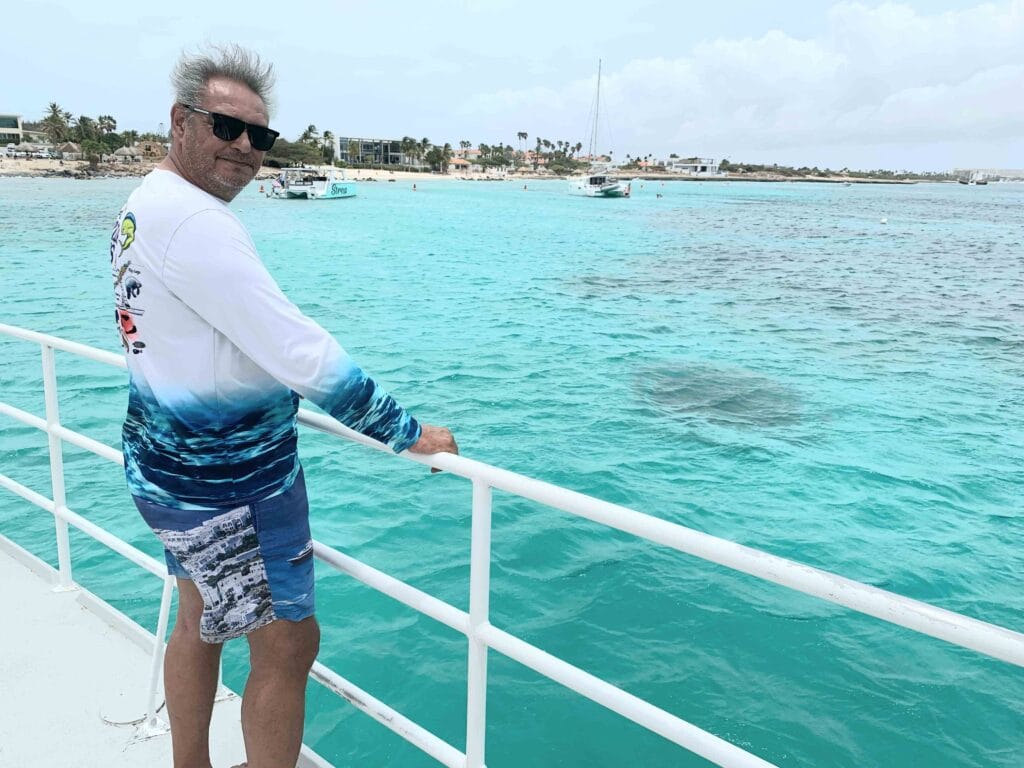
We took the most extensive tour: a four-hour cruise along the west coast, stopping at three locations. First, we visited a German WWII freighter, the Antilla, one of the largest wrecks in the Caribbean. Then we visited a spot with sea turtles, and finally Boca Catalina, a beautiful snorkeling spot with abundant coral and colorful tropical fish. In between, there was music, food, and drinks. We had a wonderful time!
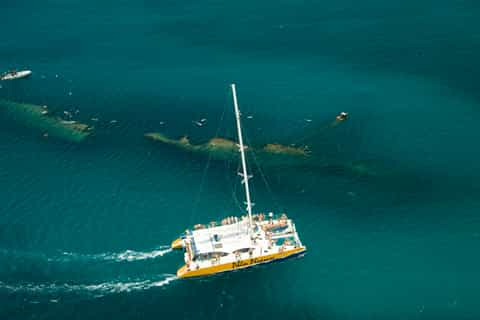

Dining at Flying Fishbone and Zeerover
The trainers at SETAR gave me some tips on what to visit in Aruba, and many of them mentioned Flying Fishbone and Zeerover. They are two very different restaurants: Flying Fishbone is a chic outdoor restaurant on the beach that often fills up a month in advance. And Zeerover is a very informal restaurant where you eat what’s caught that day (catch of the day), so there’s just one menu!
I was lucky enough to have a table available at Flying Fishbone at 8:00 PM, right around sunset. We went to check out the restaurant in the afternoon, just as it had just opened. It looked very nice, with friendly service.
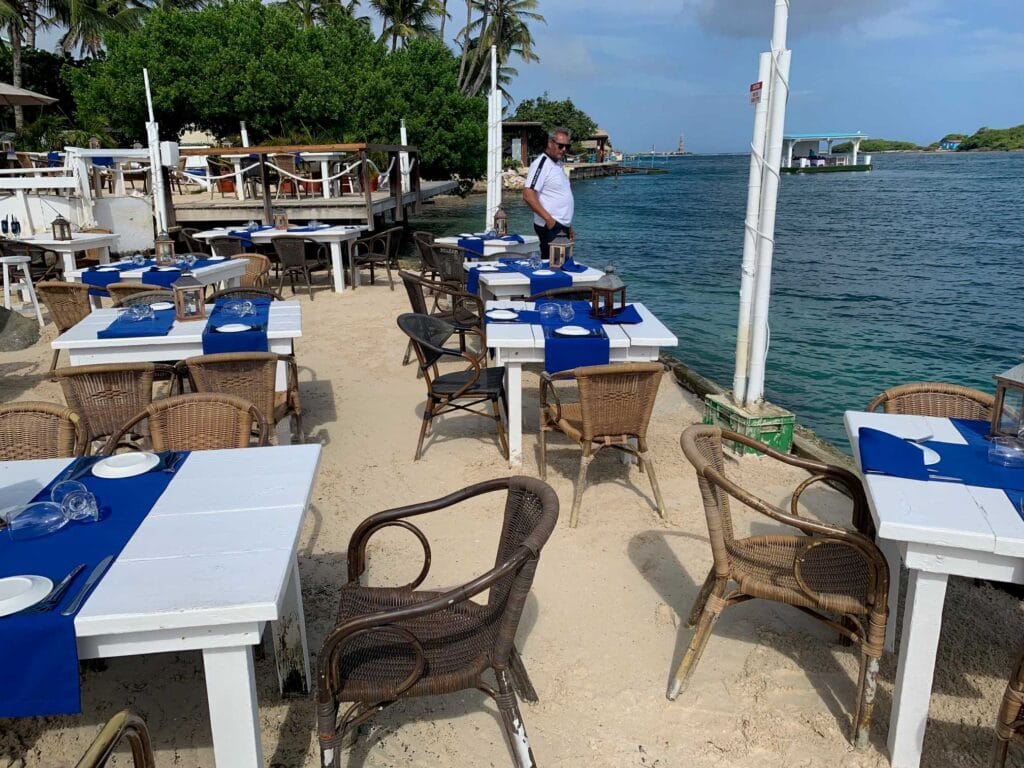
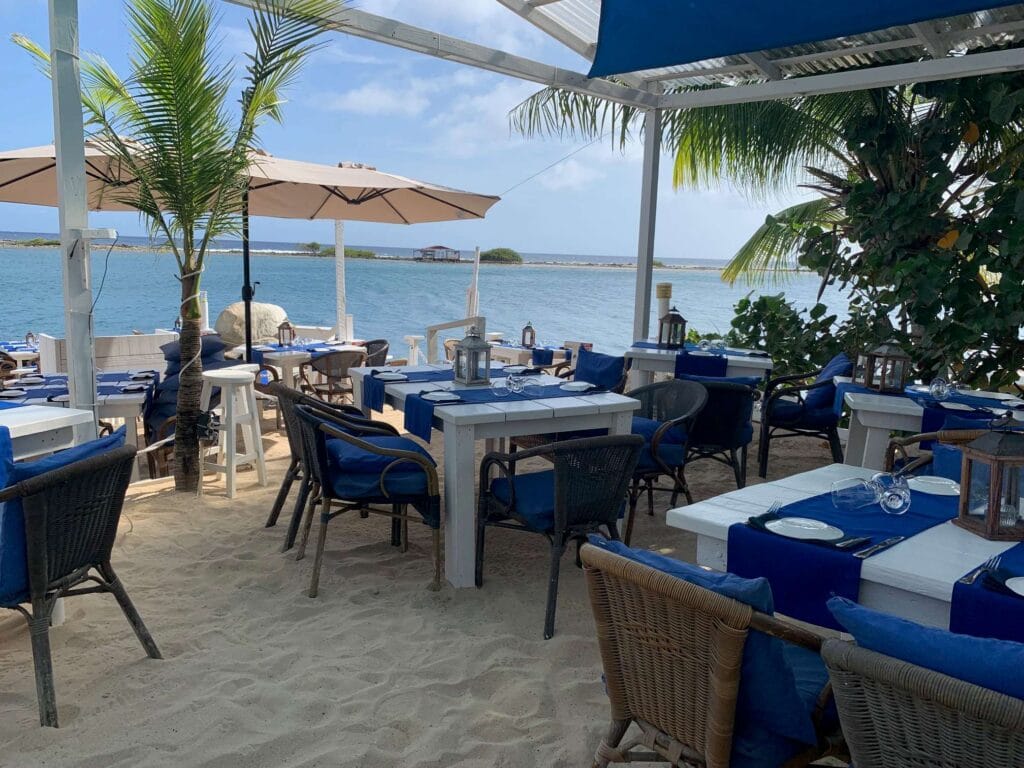
And when we returned in the evening, as it was getting darker, we got a lovely table by the water and enjoyed the beautiful sunset. The food was delicious, and we were surrounded by cheerful people. A nice mix of what we’d come to know on the island: Americans, Arubans, and Europeans (particularly Dutch). We were impressed with the service and friendliness of the staff.
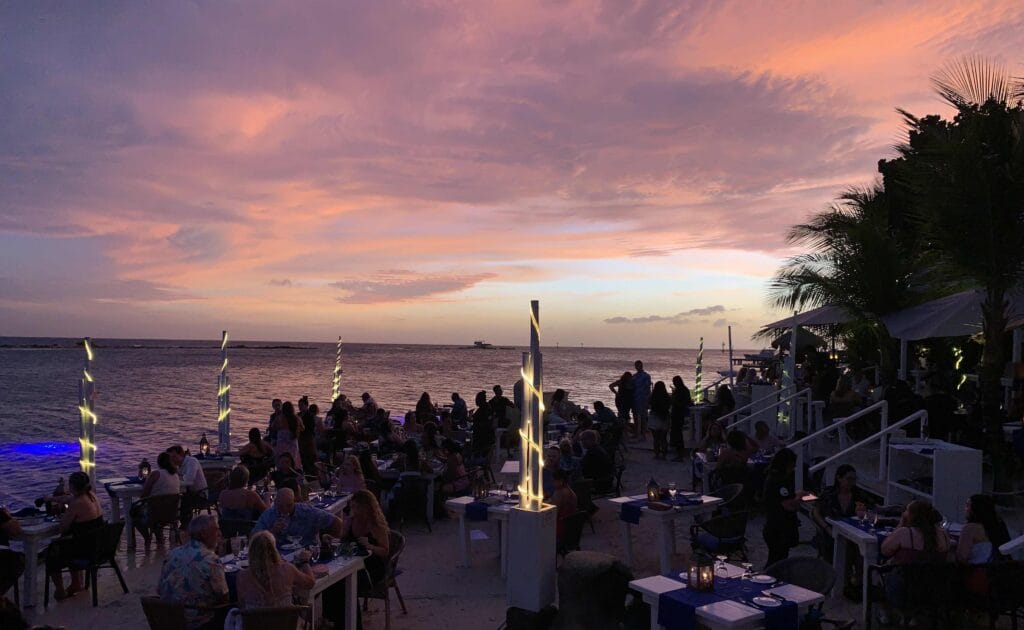
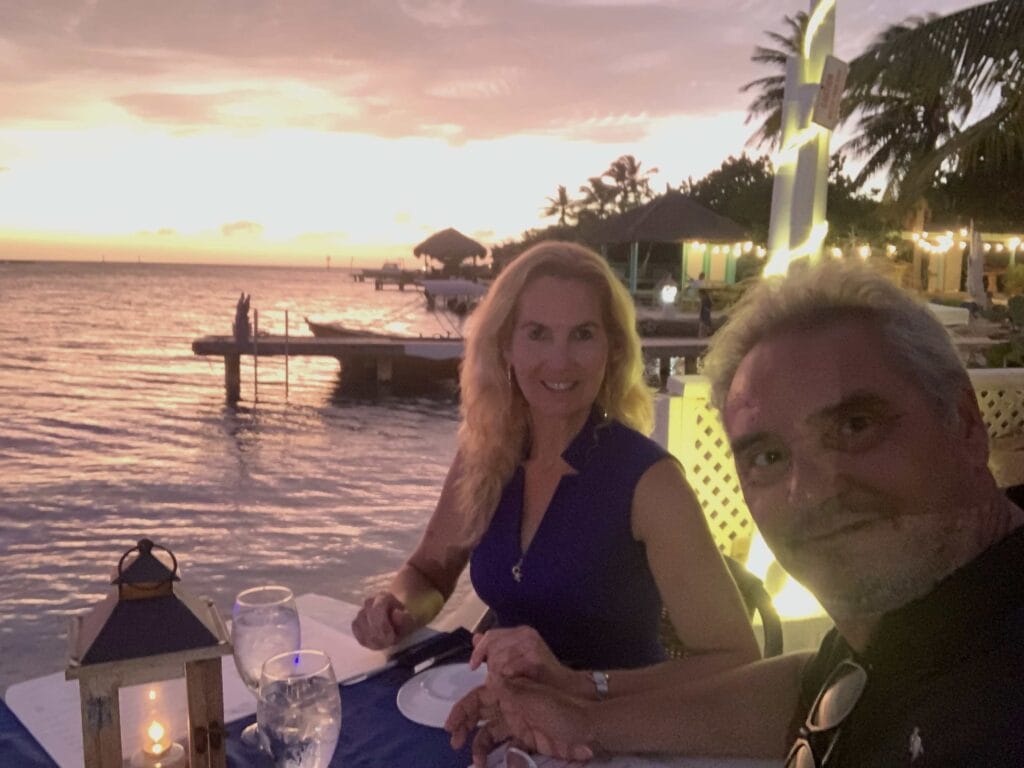
Zeerover was also on the West Coast, and that was also a very nice experience the next day, but very different! First, we went to a counter where they had the catch of the day written on a poster: we were in luck, Mahi Mahi. A typical fish for this area, a firm white predator. We ordered the amount we wanted, some bread and coleslaw, then went to counter 2 to pay. At counter 3, we chose and paid for our drinks separately. Then you walk to a table of your choice. On the right, you see the group of chefs preparing the food, which you then get at your table. And cutlery too, if you ask 😉. You get it, much cheaper, about 25% of the price of Flying Fishbone, and the food was also excellent.
Part 2 of the training sessions at SETAR
The next day, I walked from the cottage at Maurits’s to SETAR again for the third day of training. And that was a ChatGPT training for 50 people: both morning and afternoon, I worked with the group to learn how to work effectively with AI. They learned how ChatGPT works, which prompts (questions to ChatGPT) you can ask, how to structure those questions, and how to check the reliability of the answers. The most enjoyable were the group assignments, including a Prompt Challenge, where they asked practical questions for their work in ChatGPT and presented them back to the group.
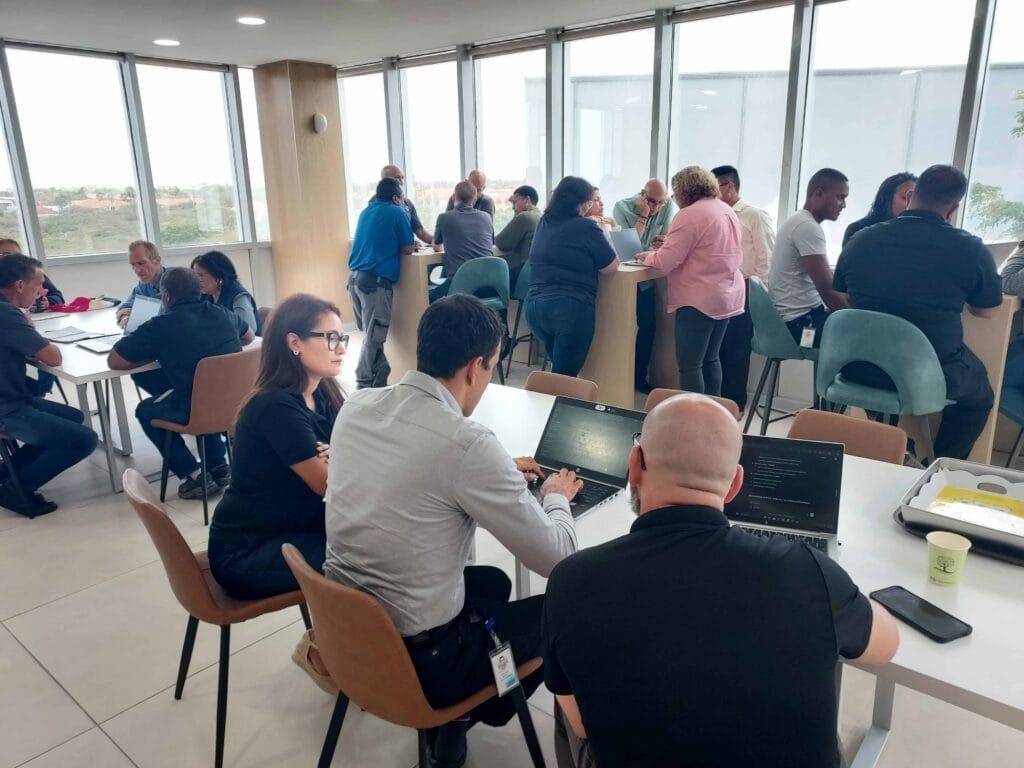
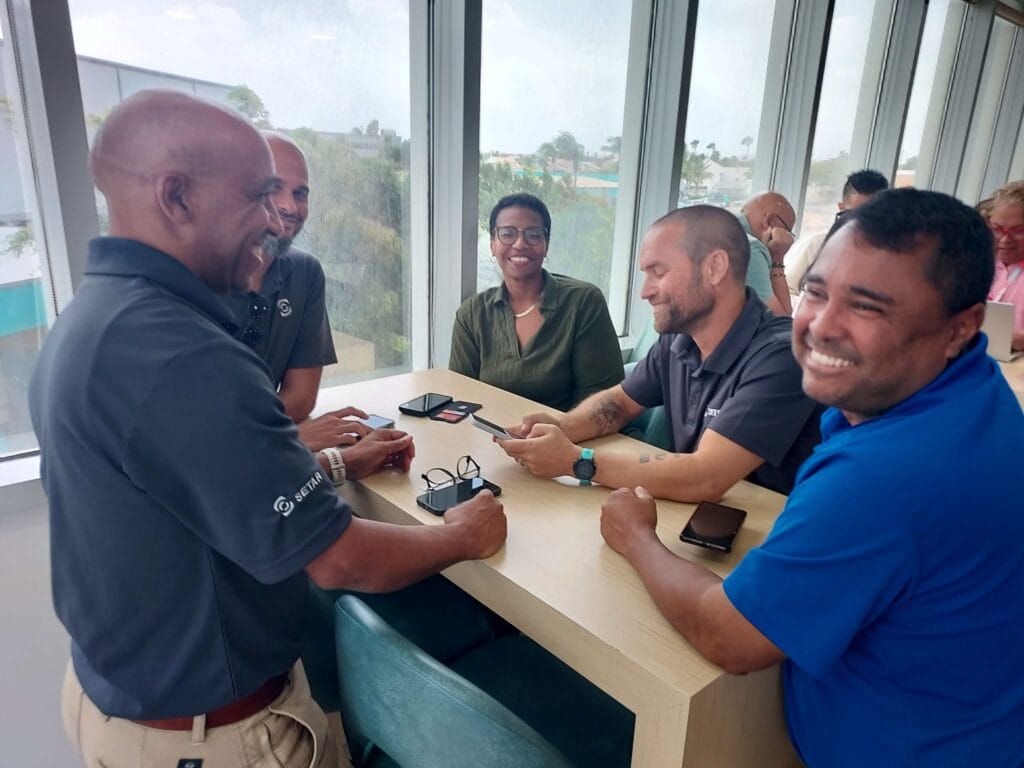
I was happy with the positive amotsphere in this group of 50 different professionals and SETAR wrote a LinkedIn post about this training, which I was happy with!
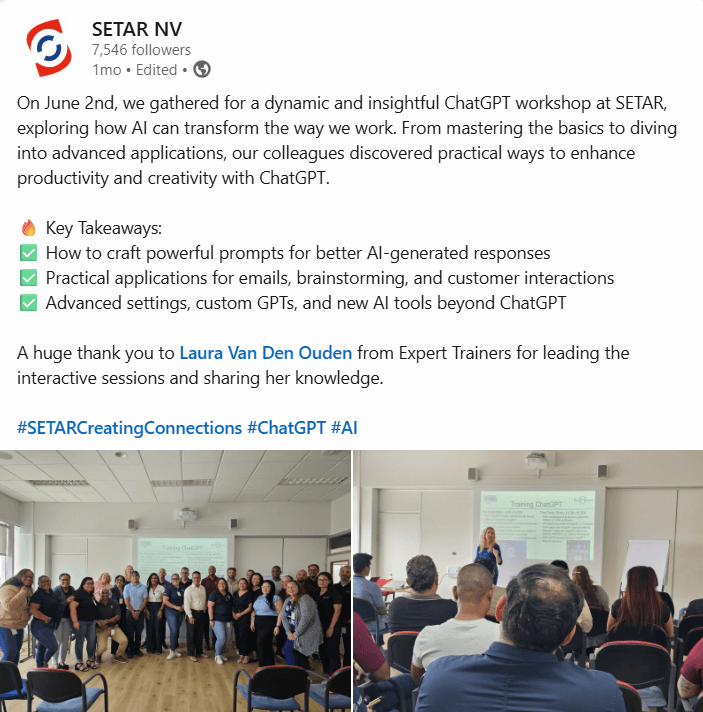
The last of four training days was with the group I had worked with on day 1 the week before. With all that input, they had prepared a mini-training session (15 minutes per person) where they showed how they had developed their training structure and demonstrated several training techniques. For example, an active learning method, leading a discussion, or a quiz. It was very enjoyable and energetic. Well done too! I was proud of how much they had learned from these two training days.
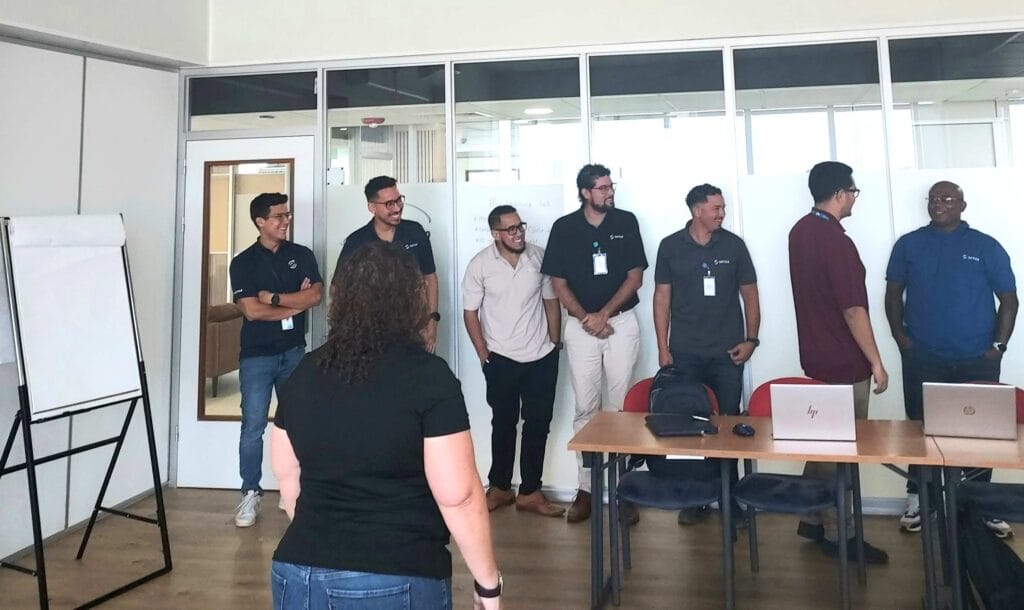
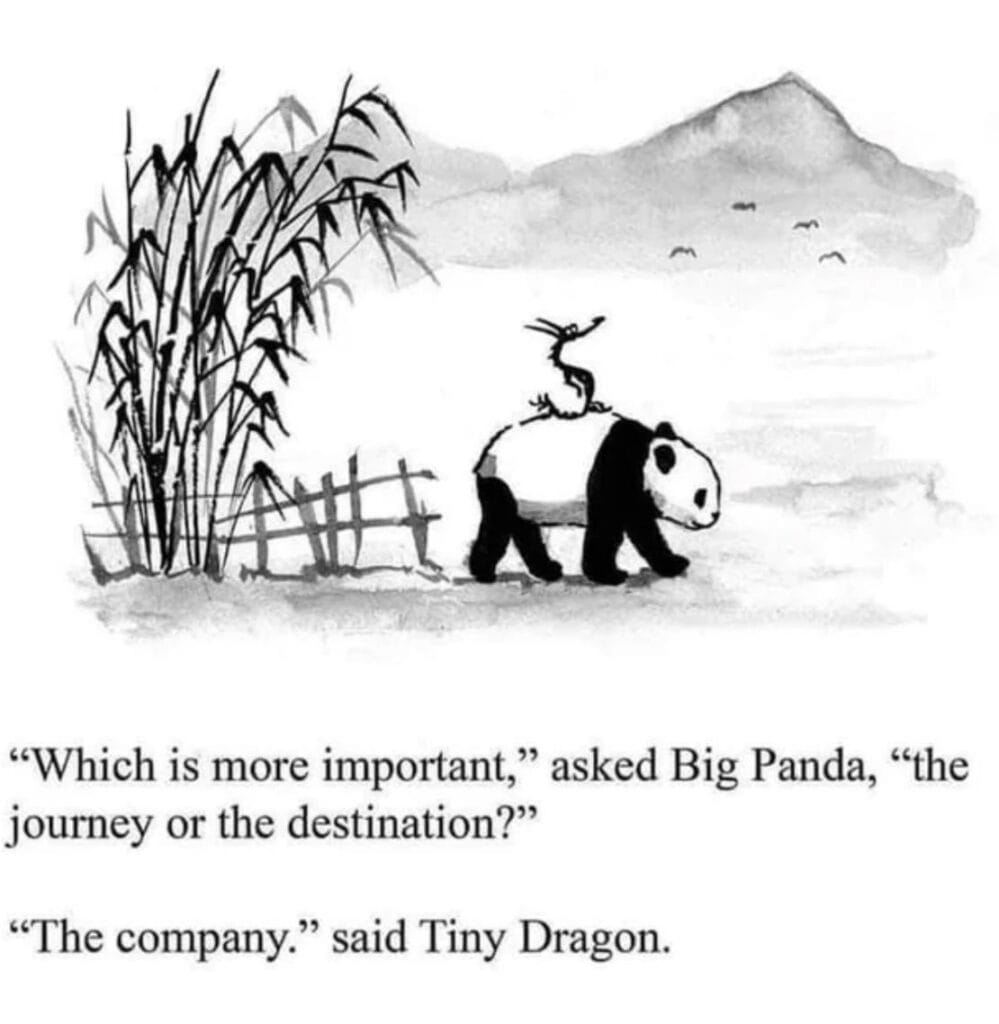
And the 10th day on Aruba had arrived, which was unfortunately the day we had to leave the island. We’ve really developed a soft spot for Aruba; what a wonderfully diverse island with such nice people!
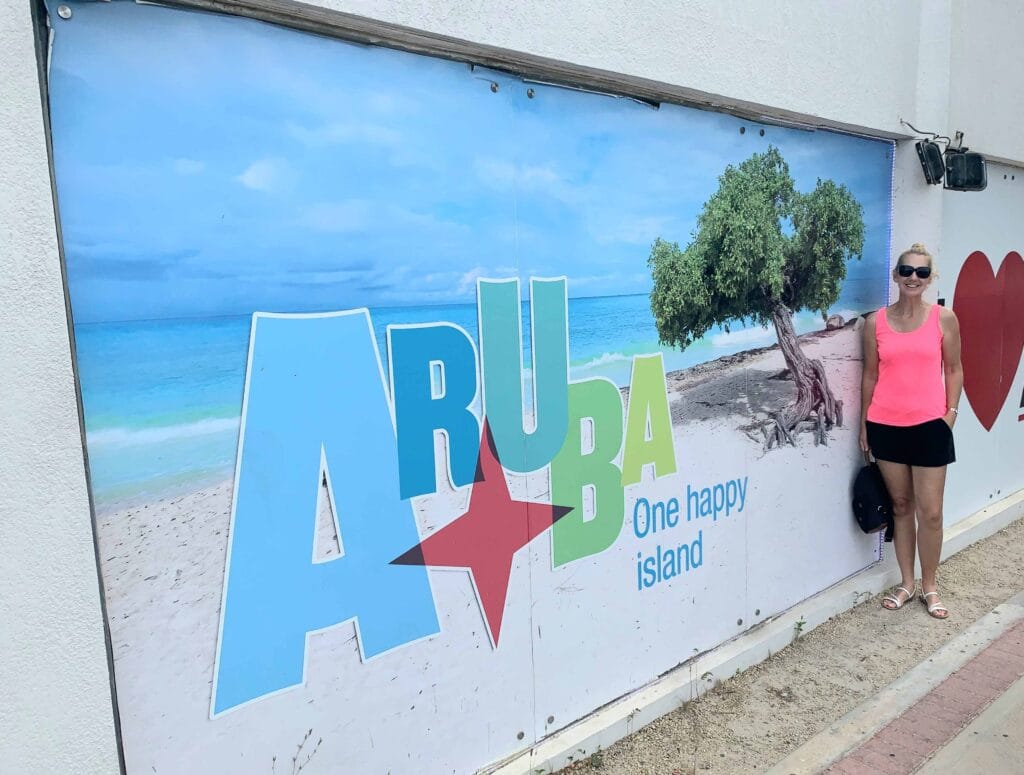
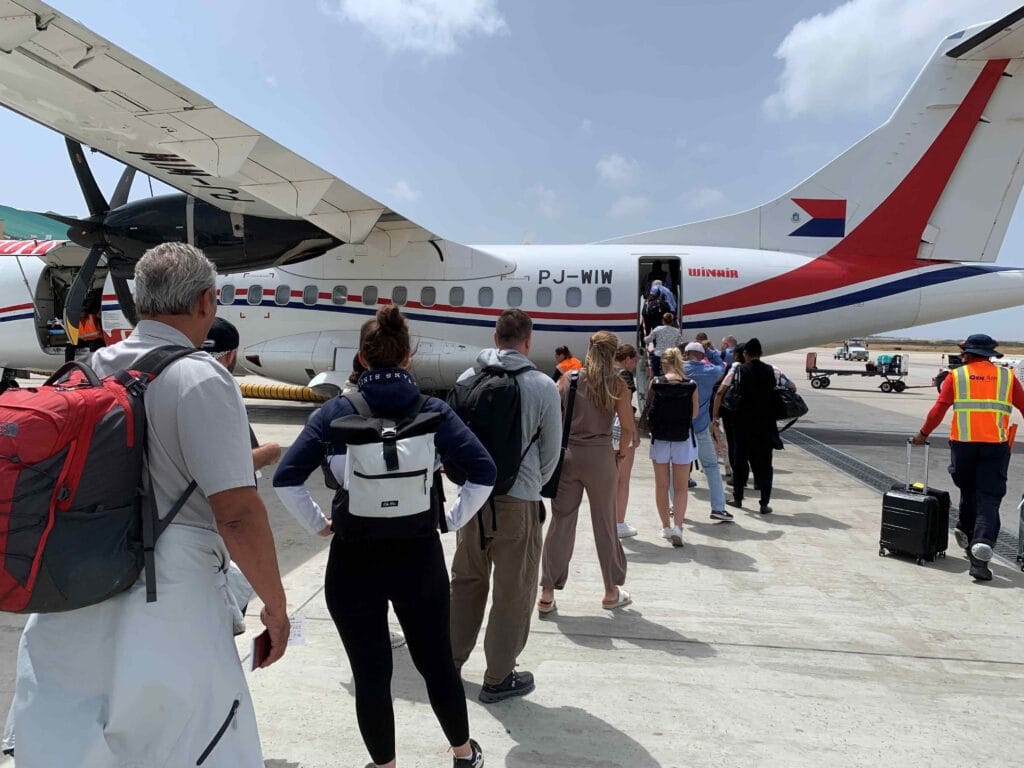
We boarded the plane back to the ferry in Greece, but as you can see from the plane, this wasn’t the one that crossed the Atlantic Ocean 😉. We first had a layover in Curaçao before arriving in Europe, and this layover was 9 hours, so I can also show you a little day trip to Curaçao here!
Curaçao: Willemstad and a croquette sandwich
The flight was only 30 minutes, and half the passengers stayed behind because they were continuing on to Bonaire. Here too, as Dutch citizens, we were allowed to enter the island through the “Domestic” gate, but we had to apply for an EC (Embarkation Card) in advance. We picked up the rental car at Willemstad airport and immediately noticed major differences with Aruba: this island is much larger, and the beaches were often private. Now we understood why Maurits proudly proclaimed: “The beaches here on Aruba are accessible to everyone.” So that took some getting used to, just like the large Dutch villas that stood behind fenced-in neighborhoods.
But the first stop from the northern airport with the rental car was at a very nice beach in the south. We bought some drinks at a small stall (using the Antillean guilder (ANG), also linked to the dollar, like the Aruban florin (AWG).
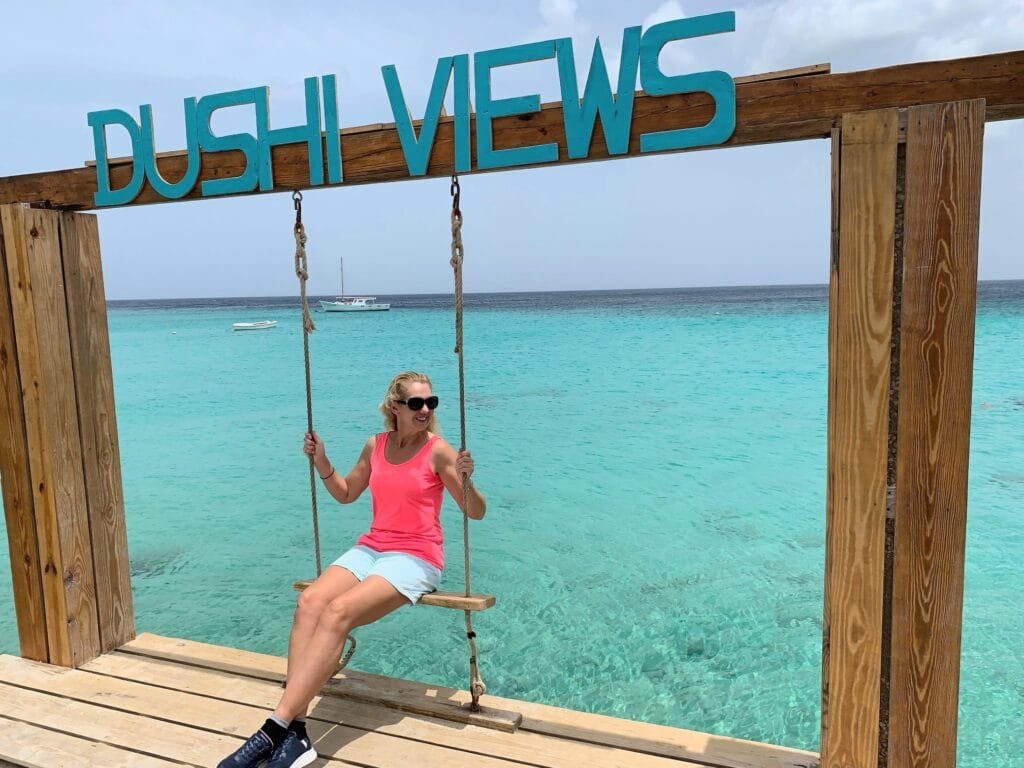
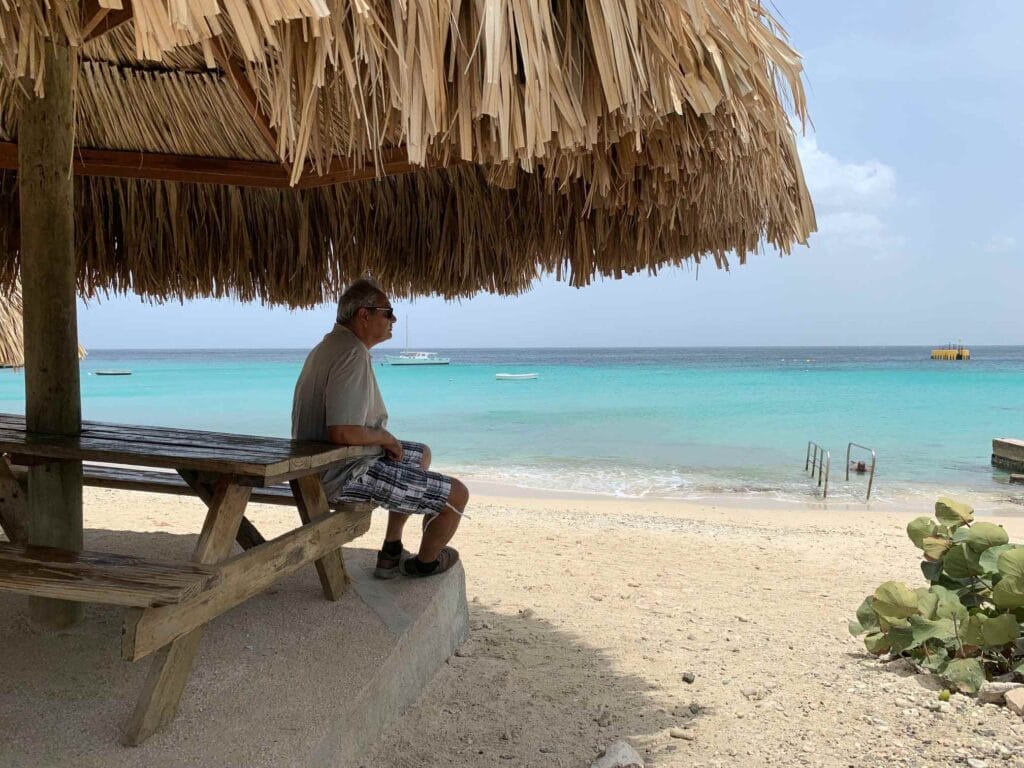
We went to Willemstad and walked across the Pontoon Bridge, which also opened a few times for boats. At the end of the bridge was a stall with Dutch food, which we secretly enjoyed, so we quickly ordered the croquette sandwich and fries with “oorlog” (war fries).

Otrobanda
This is a part of Willemstad that literally means “the other side” in Papiamento (compared to Punda, on the other side of St. Anna Bay).
It’s a historic neighborhood known for its colorful colonial buildings, narrow streets, and cultural significance. Within this neighborhood is Kura Hulanda, which means “Dutch court” or “Dutch farmstead” in Papiamento. Special attention is given to Willemstad’s Dutch heritage, as well as the transatlantic slave trade and African history.
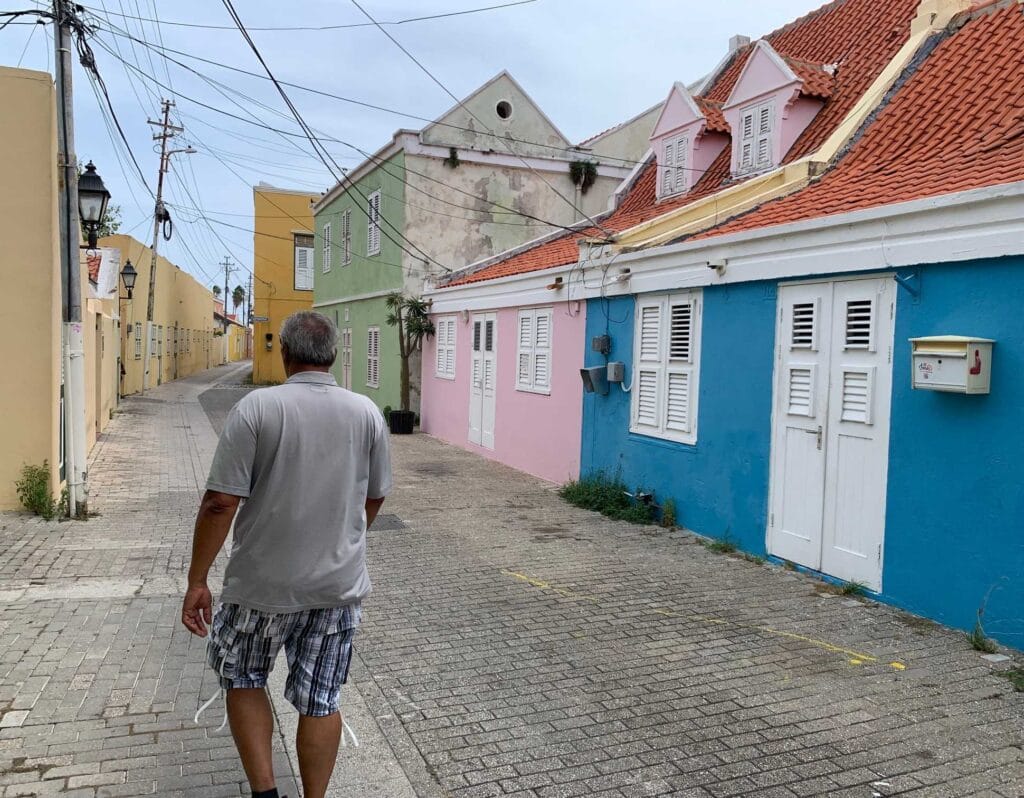
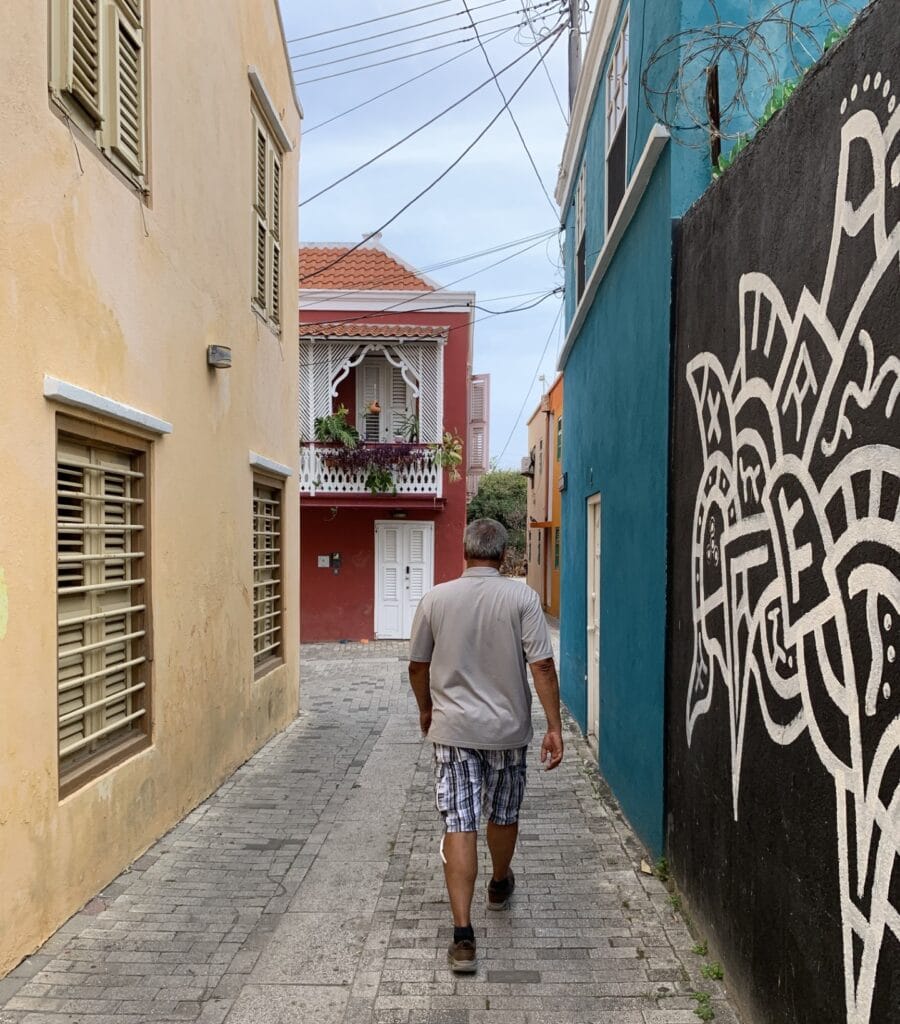
And with that, our trip came full circle: we started in New York, where the Dutch founded New Netherland, and in Washington, DC, just like on Curaçao, traces of the (unfortunately) slave trade were visible.
Full of impressions, we boarded the plane again at 9:00 PM, now back to the catamaran in Greece, grateful for the wonderful time we had in the USA and Aruba!
